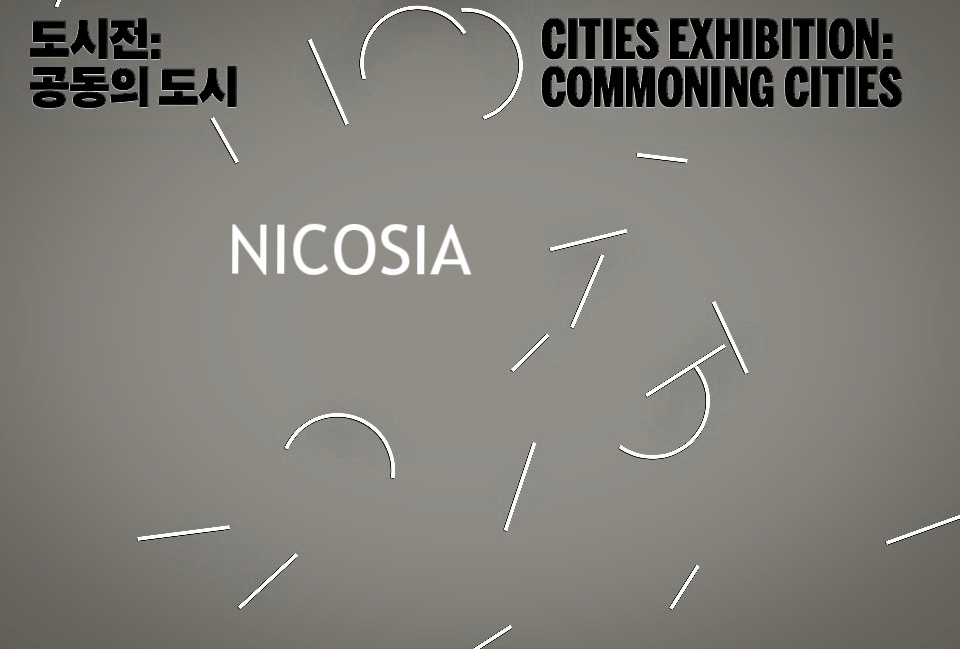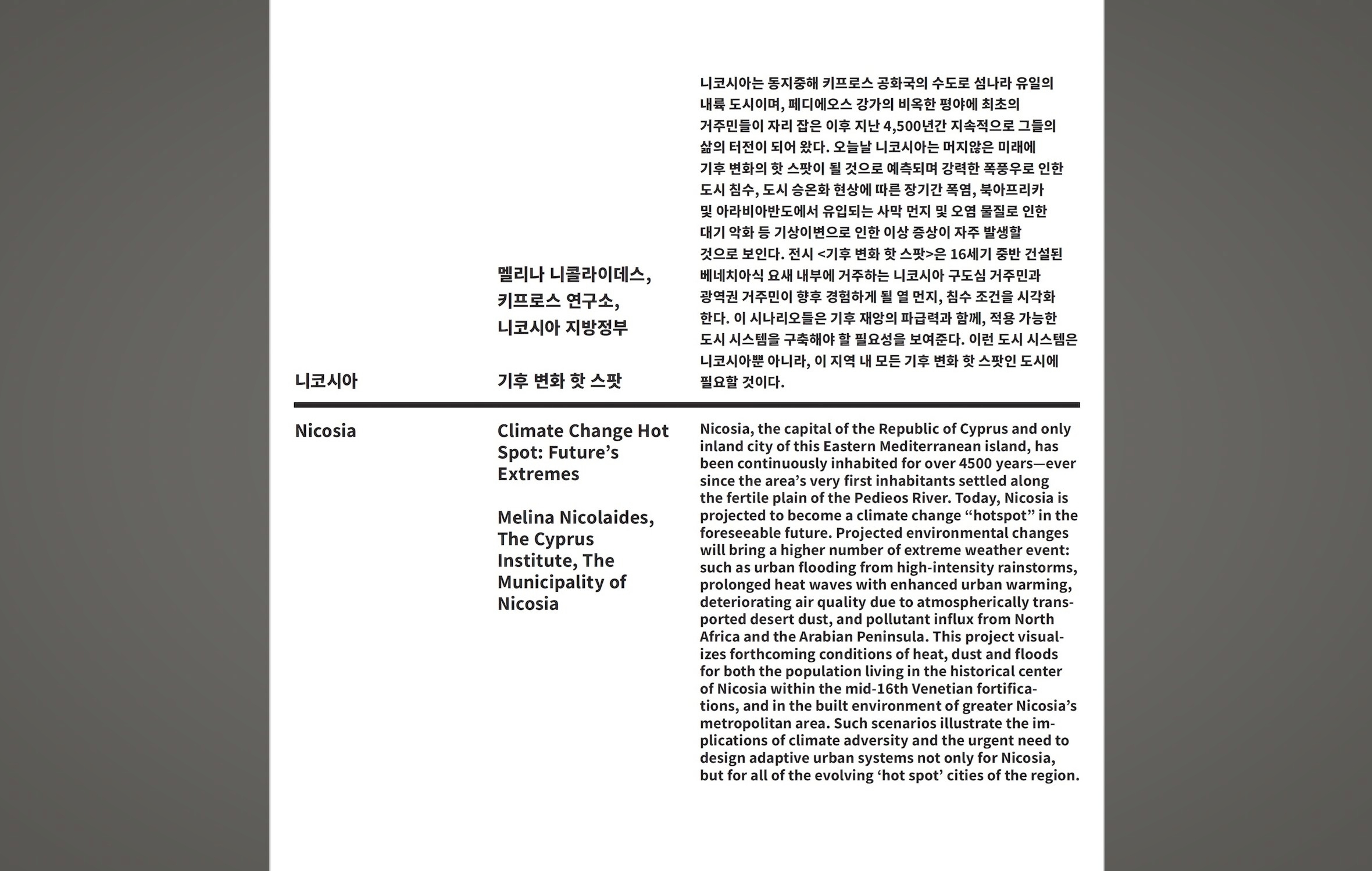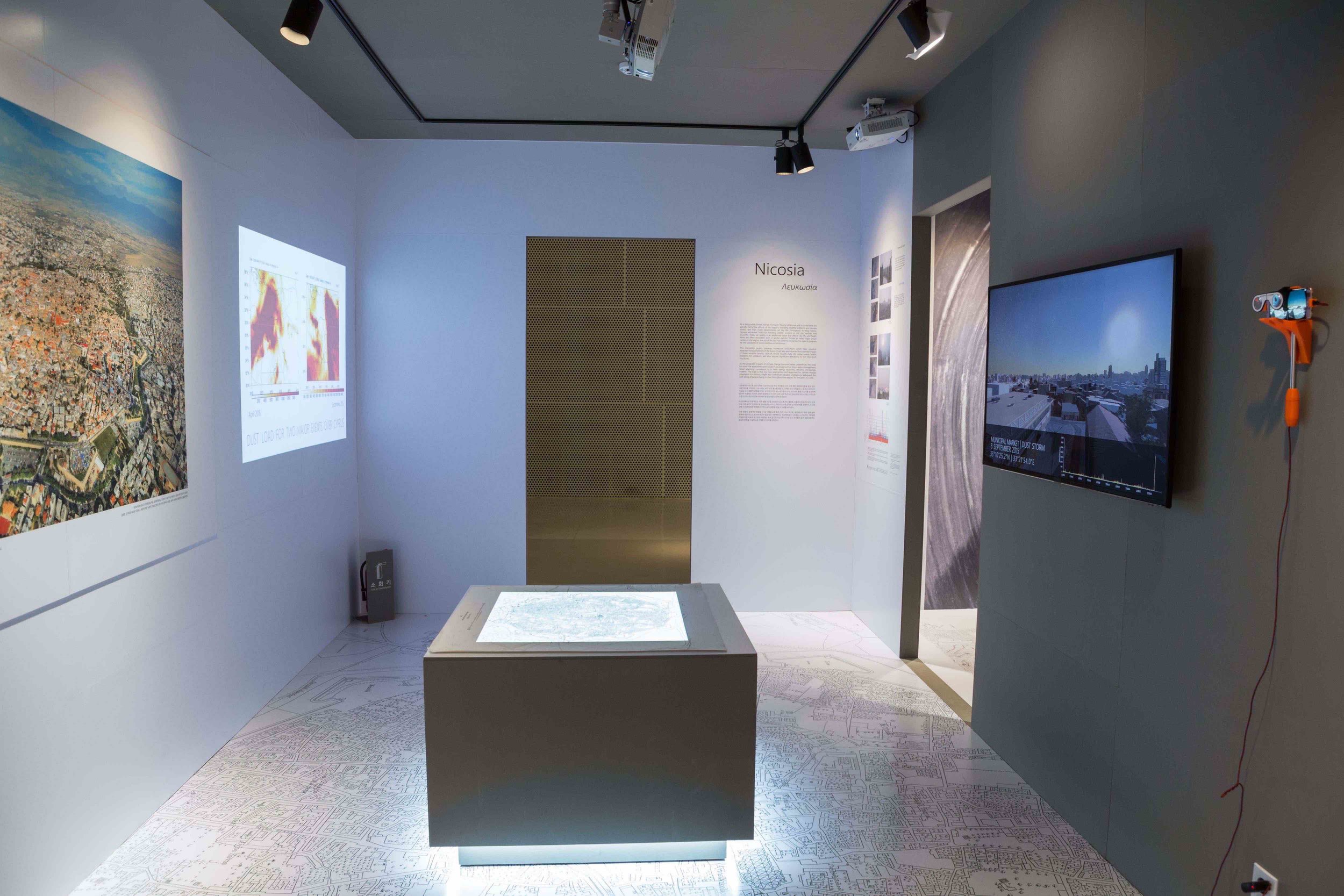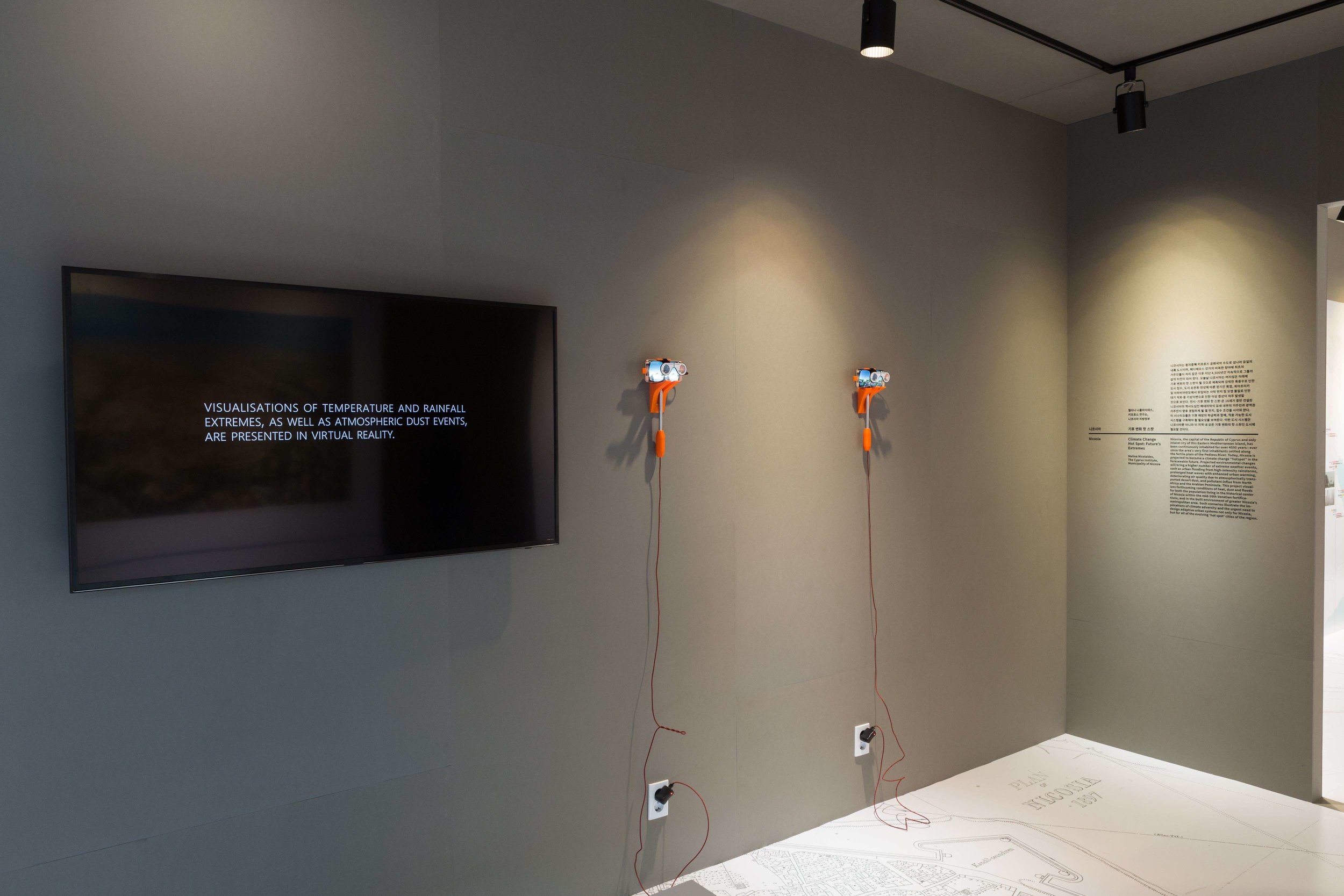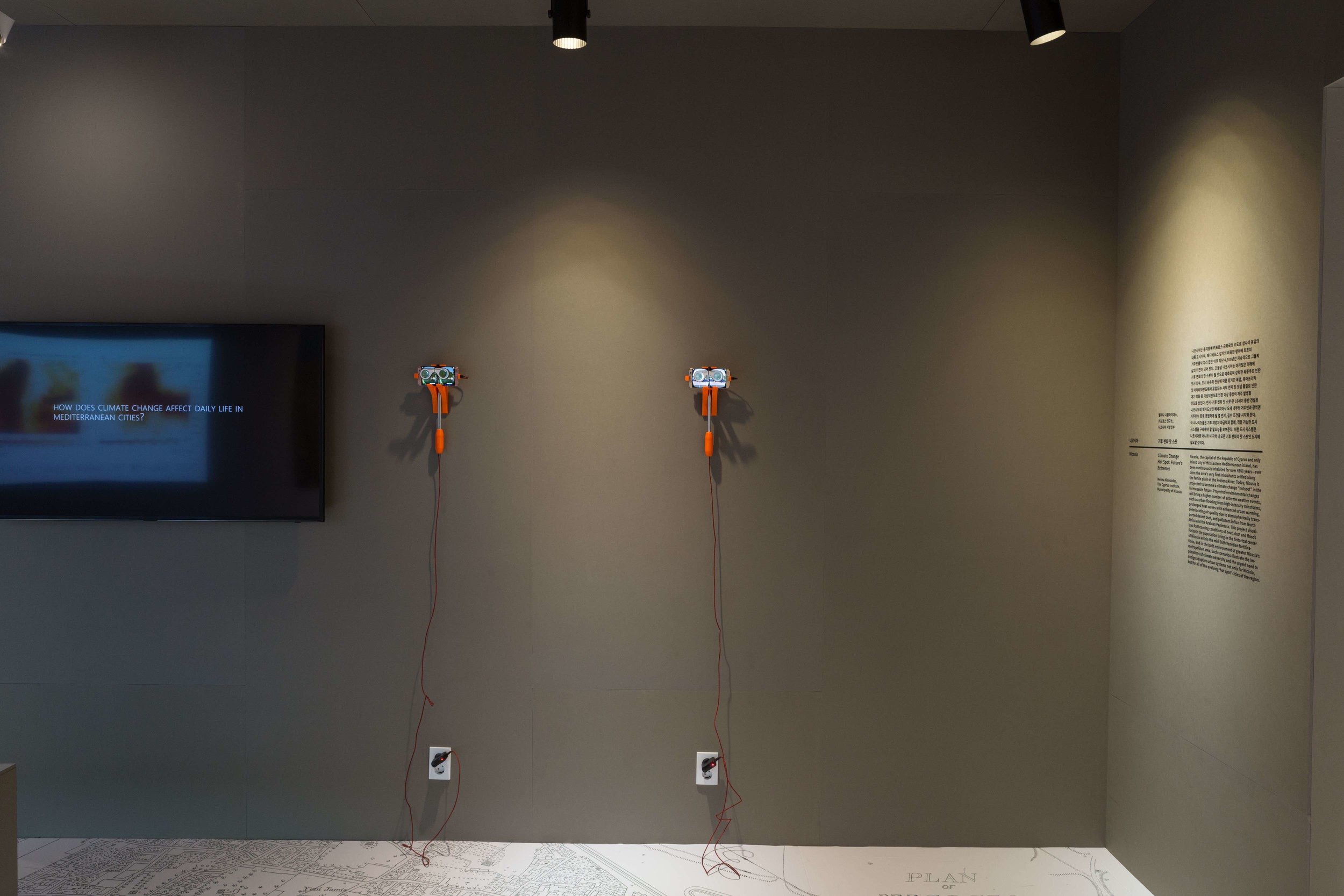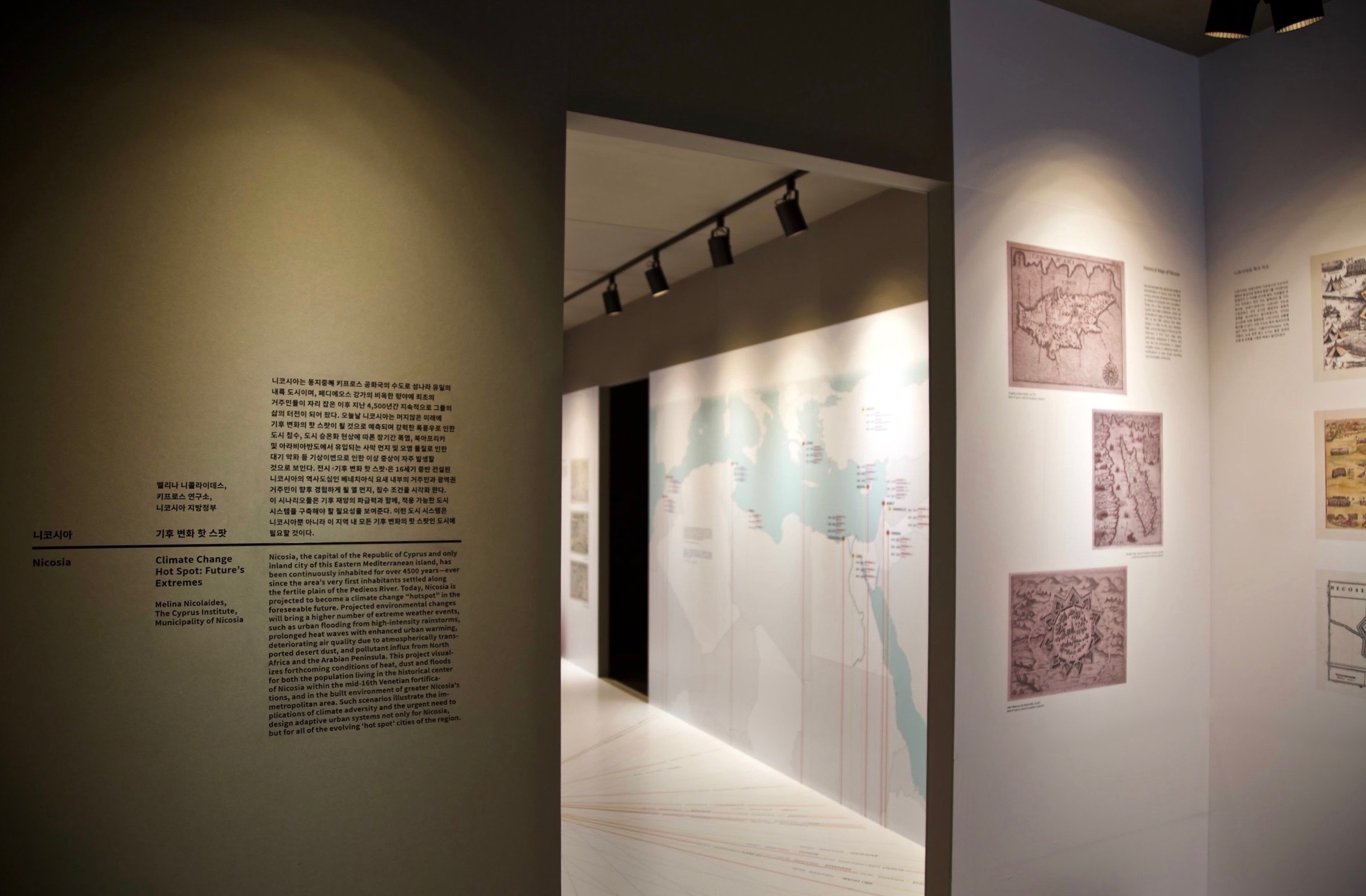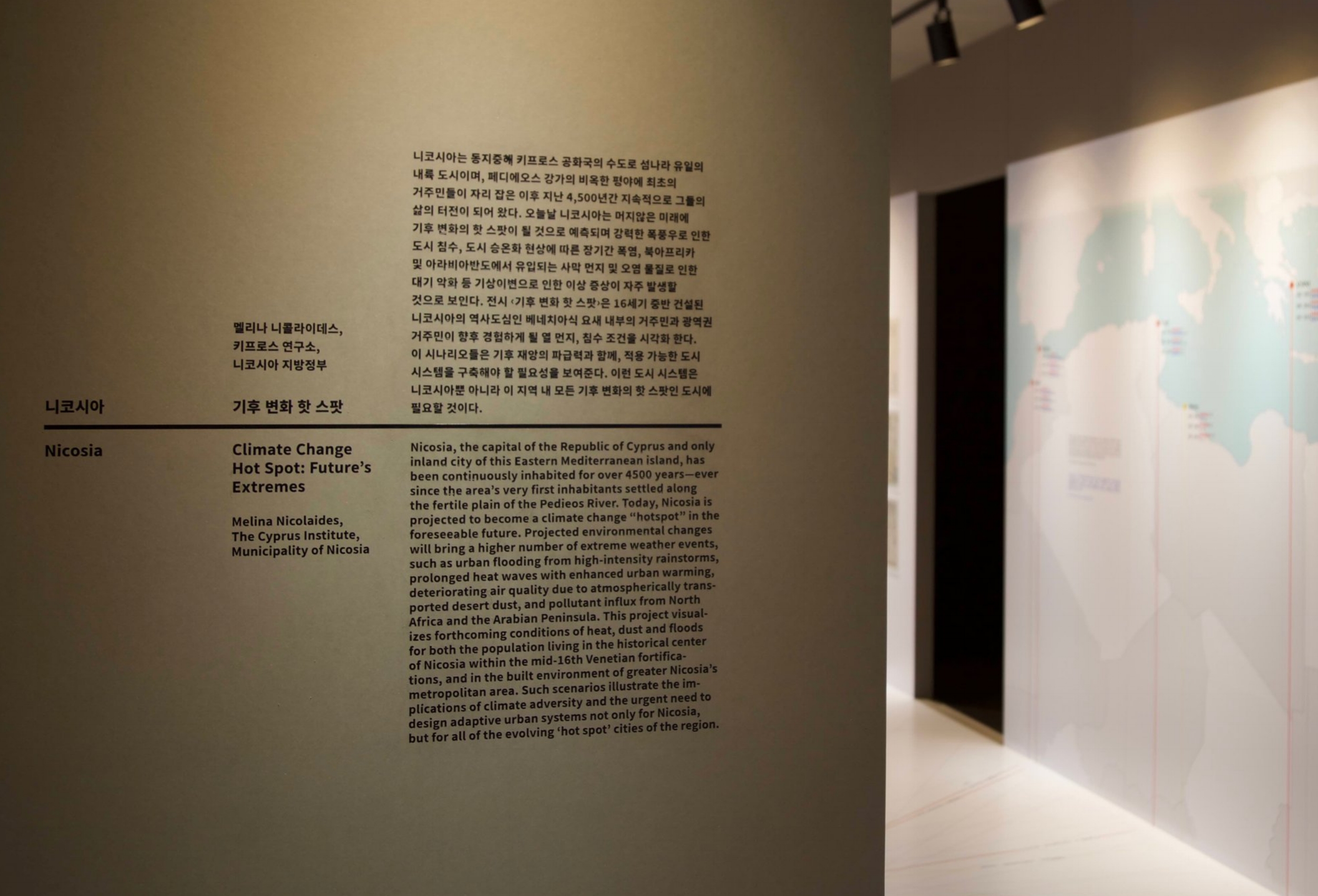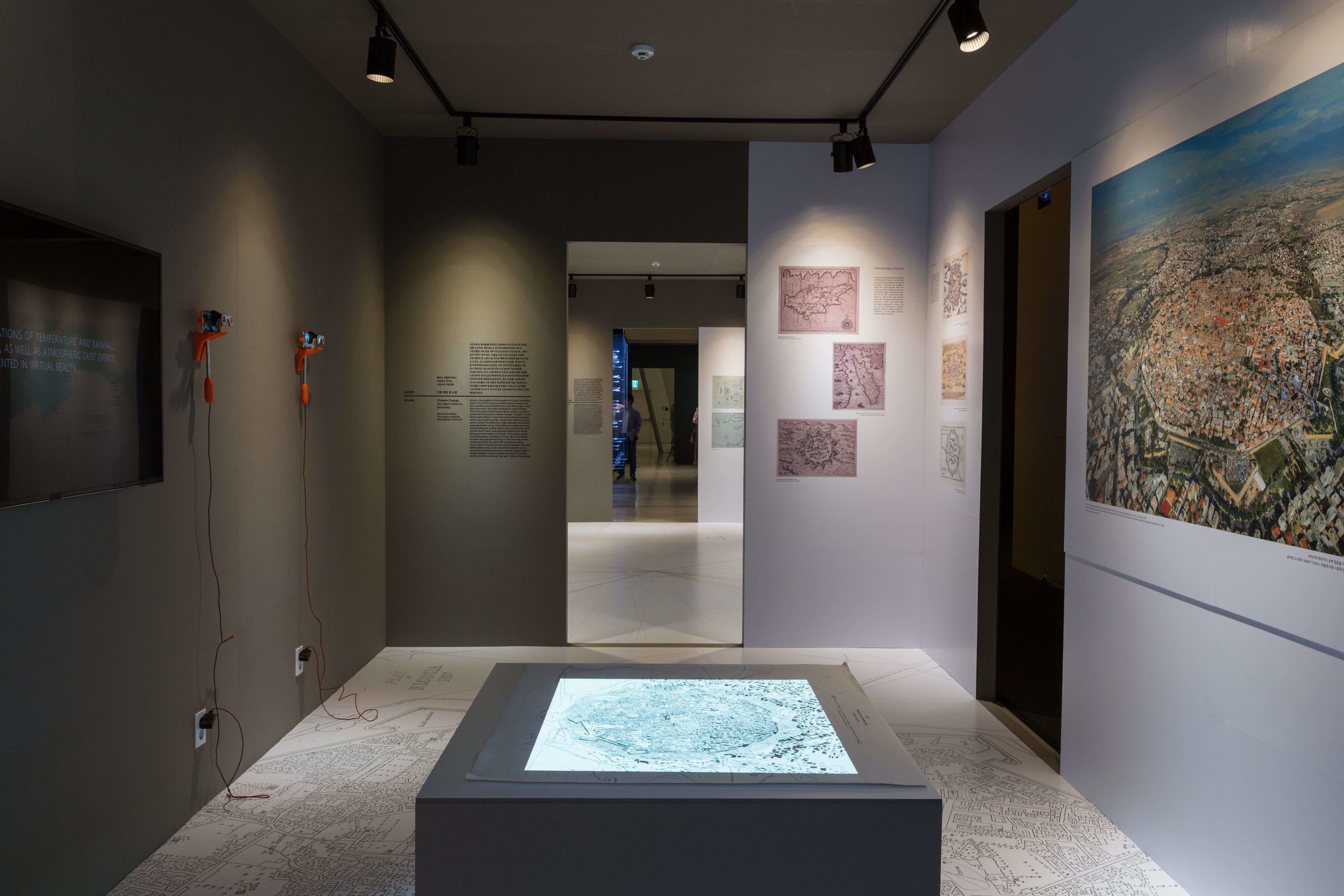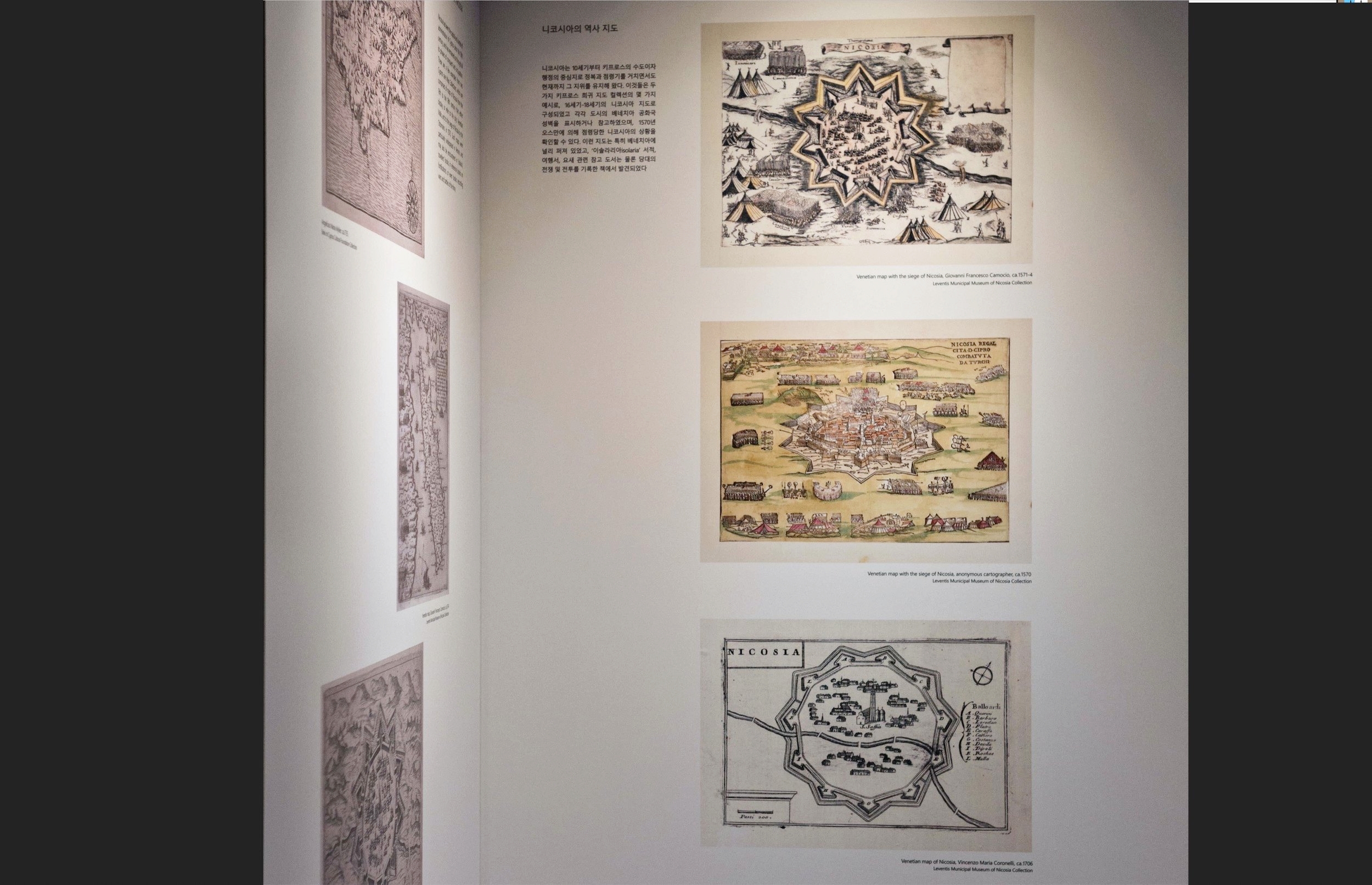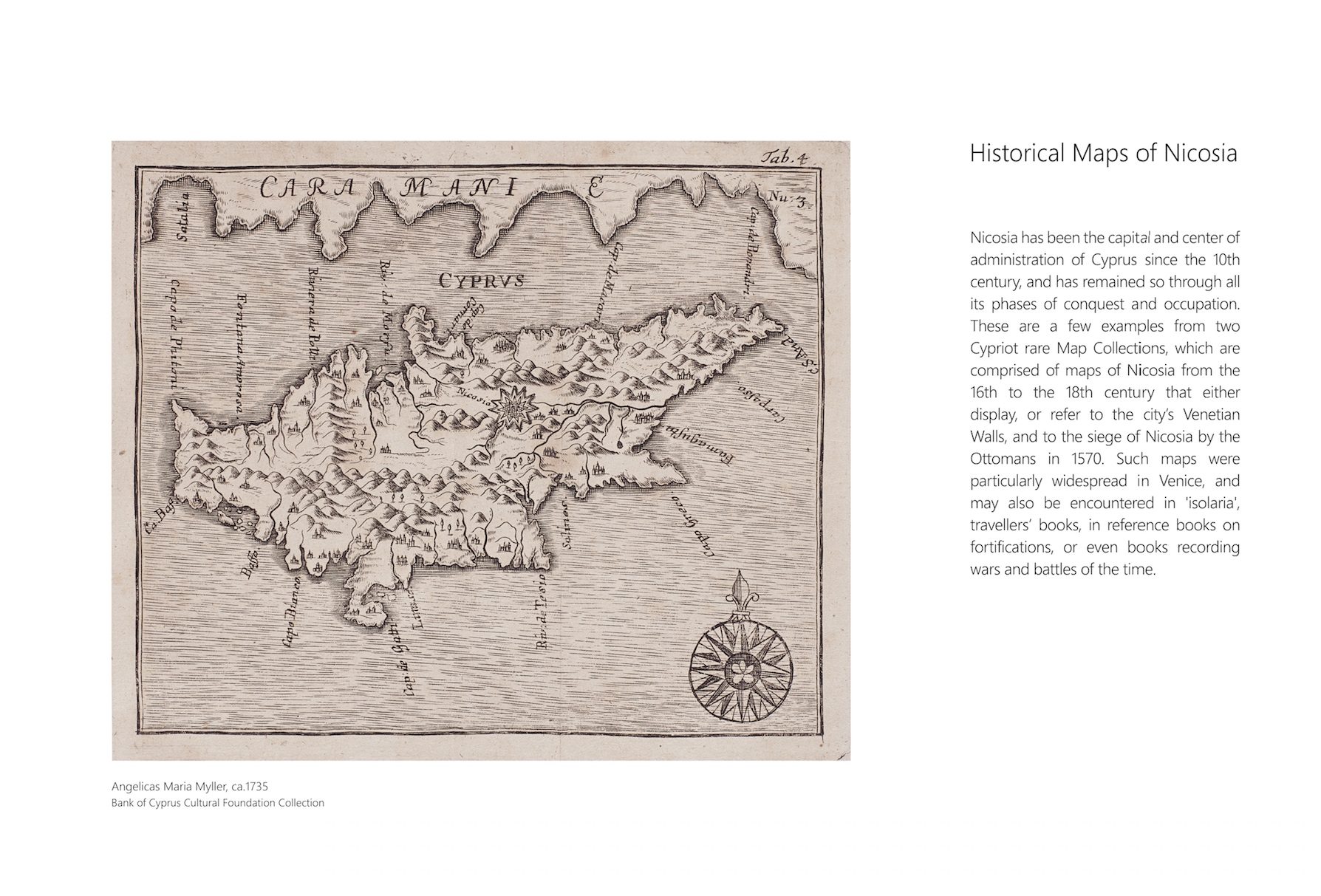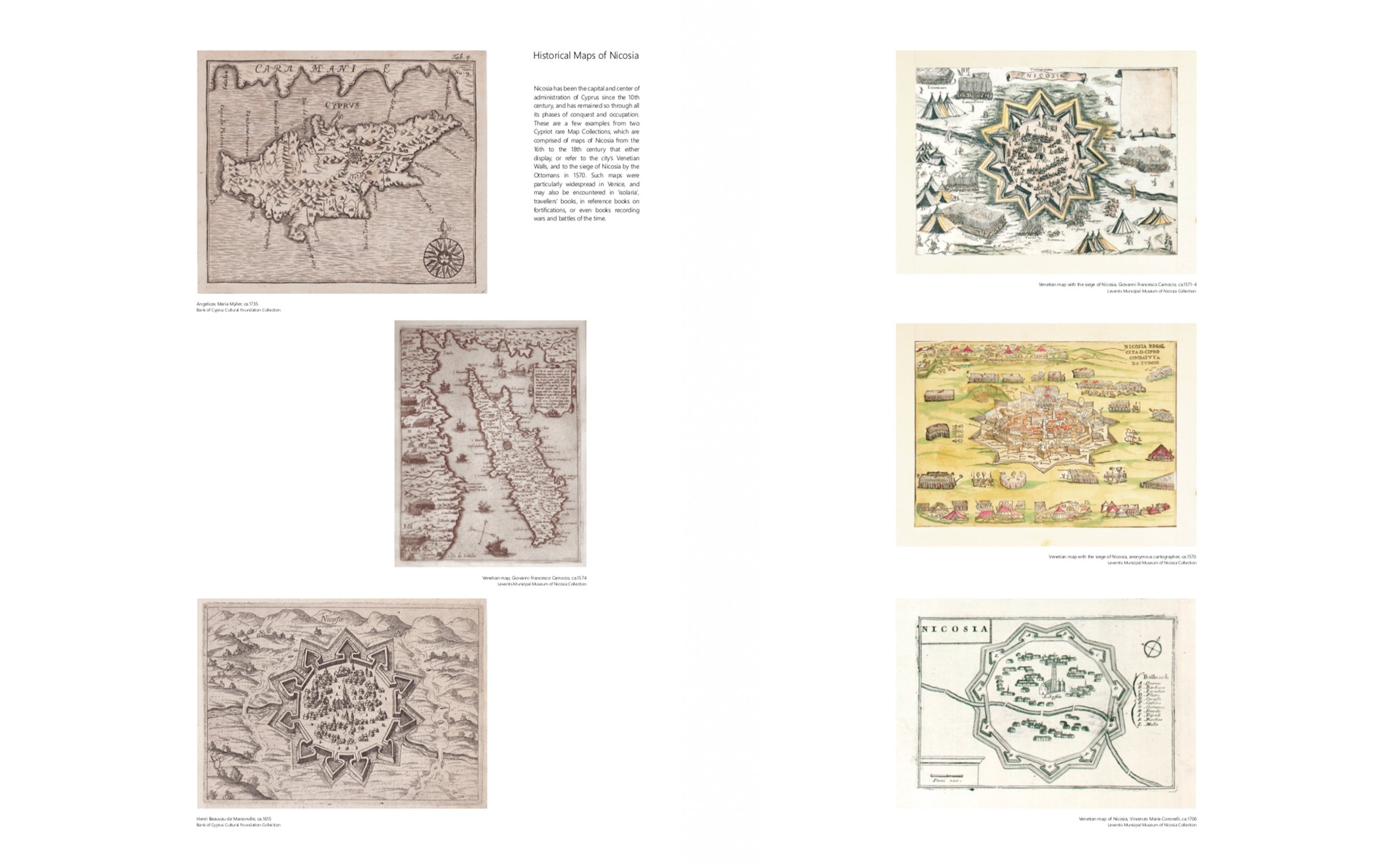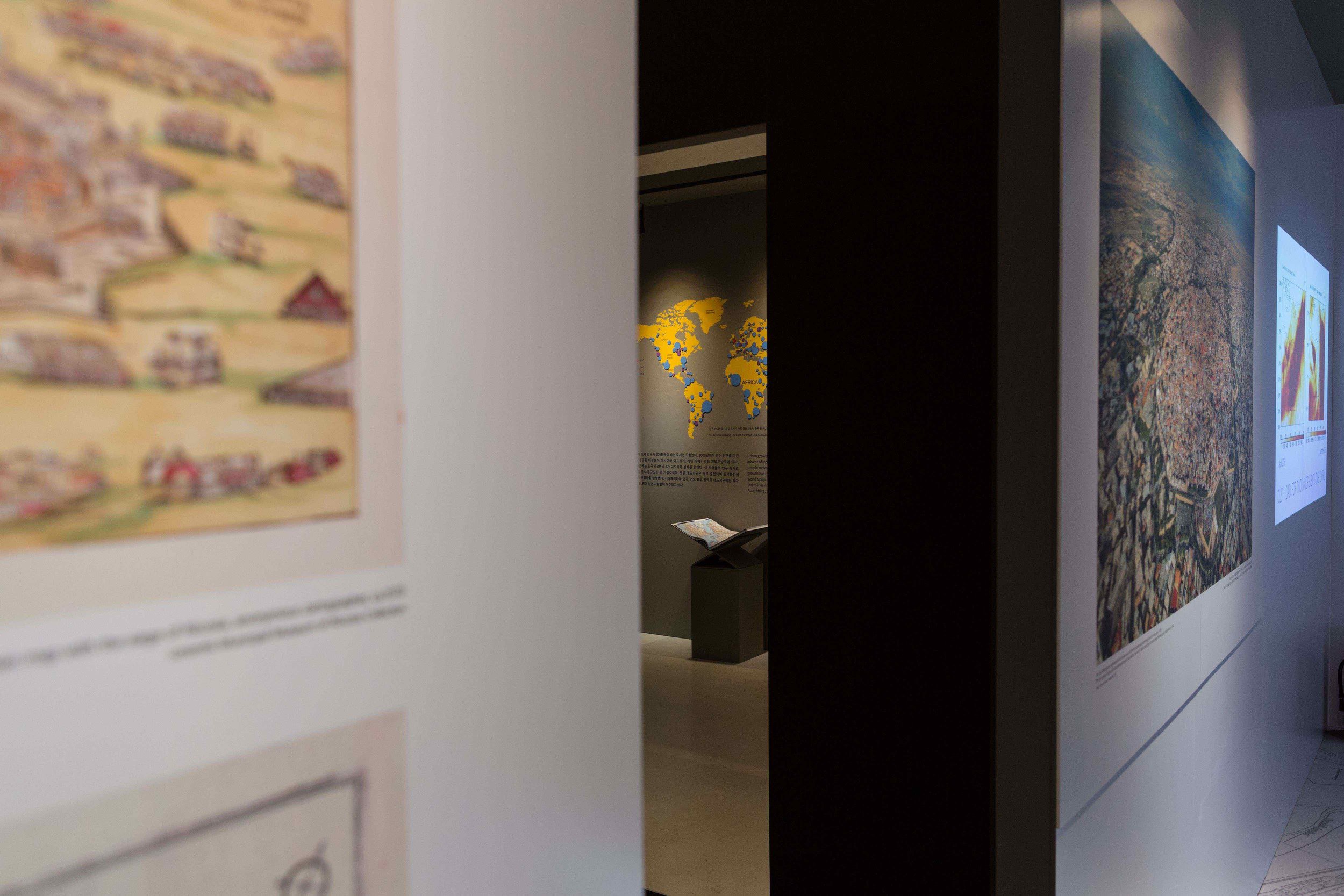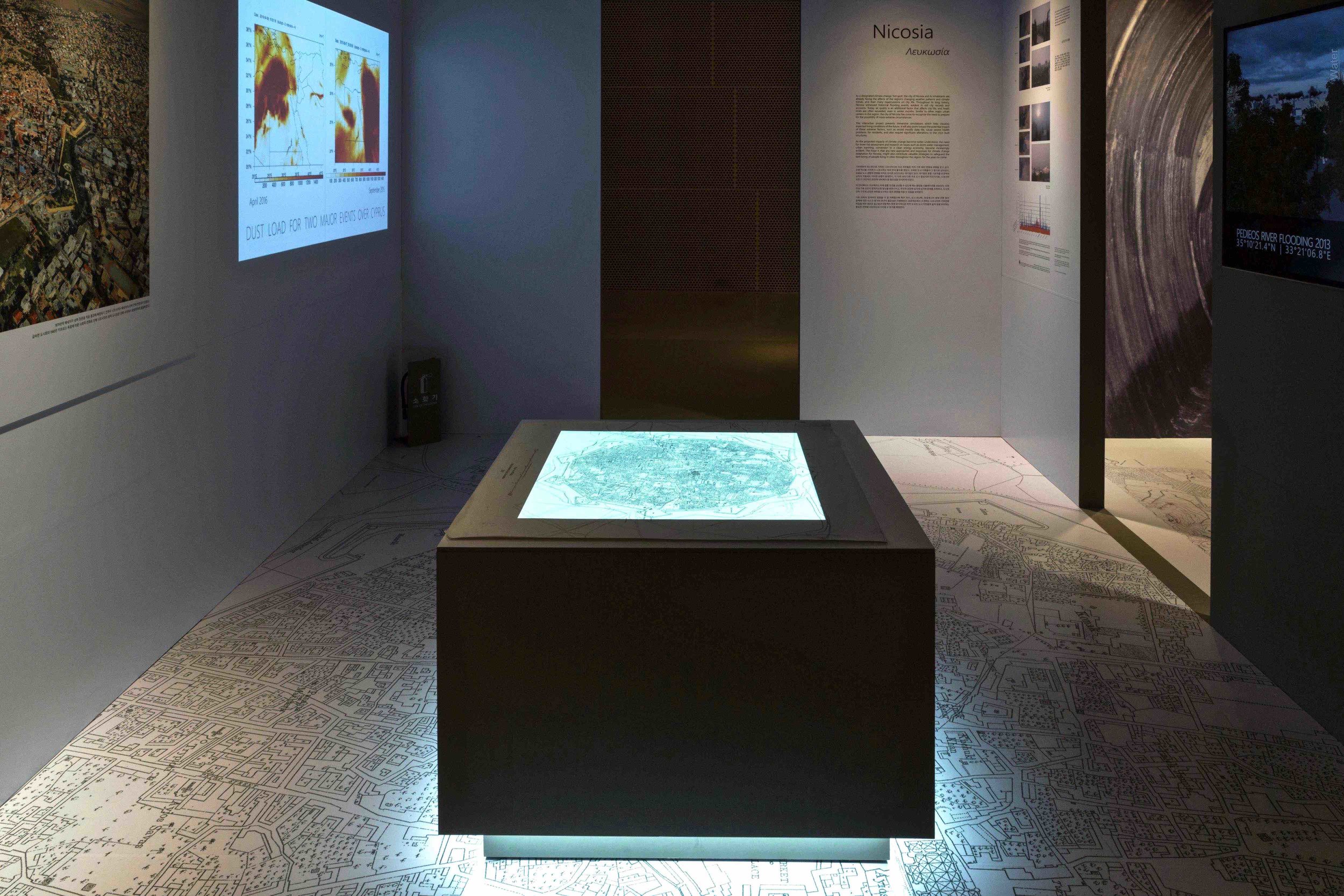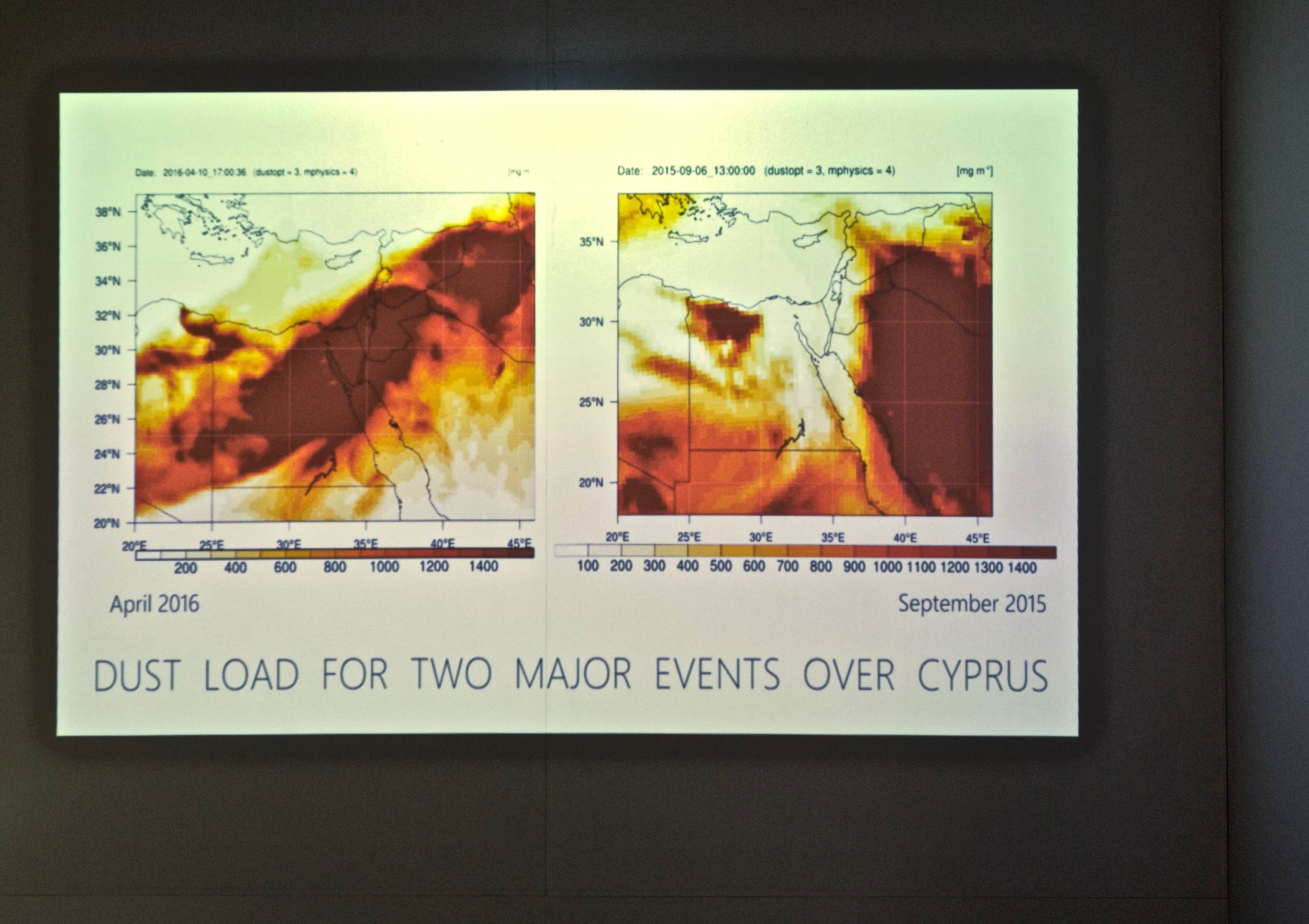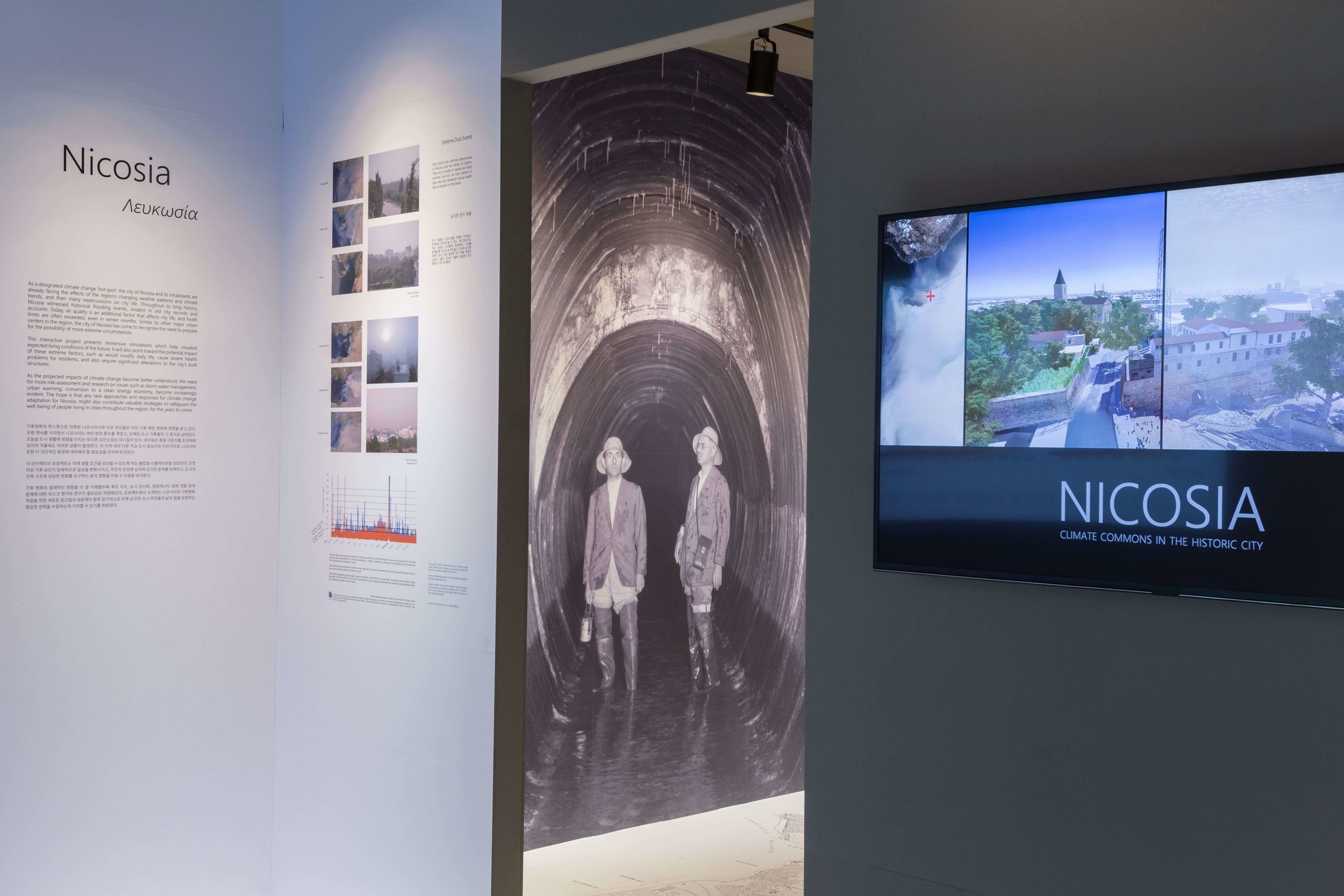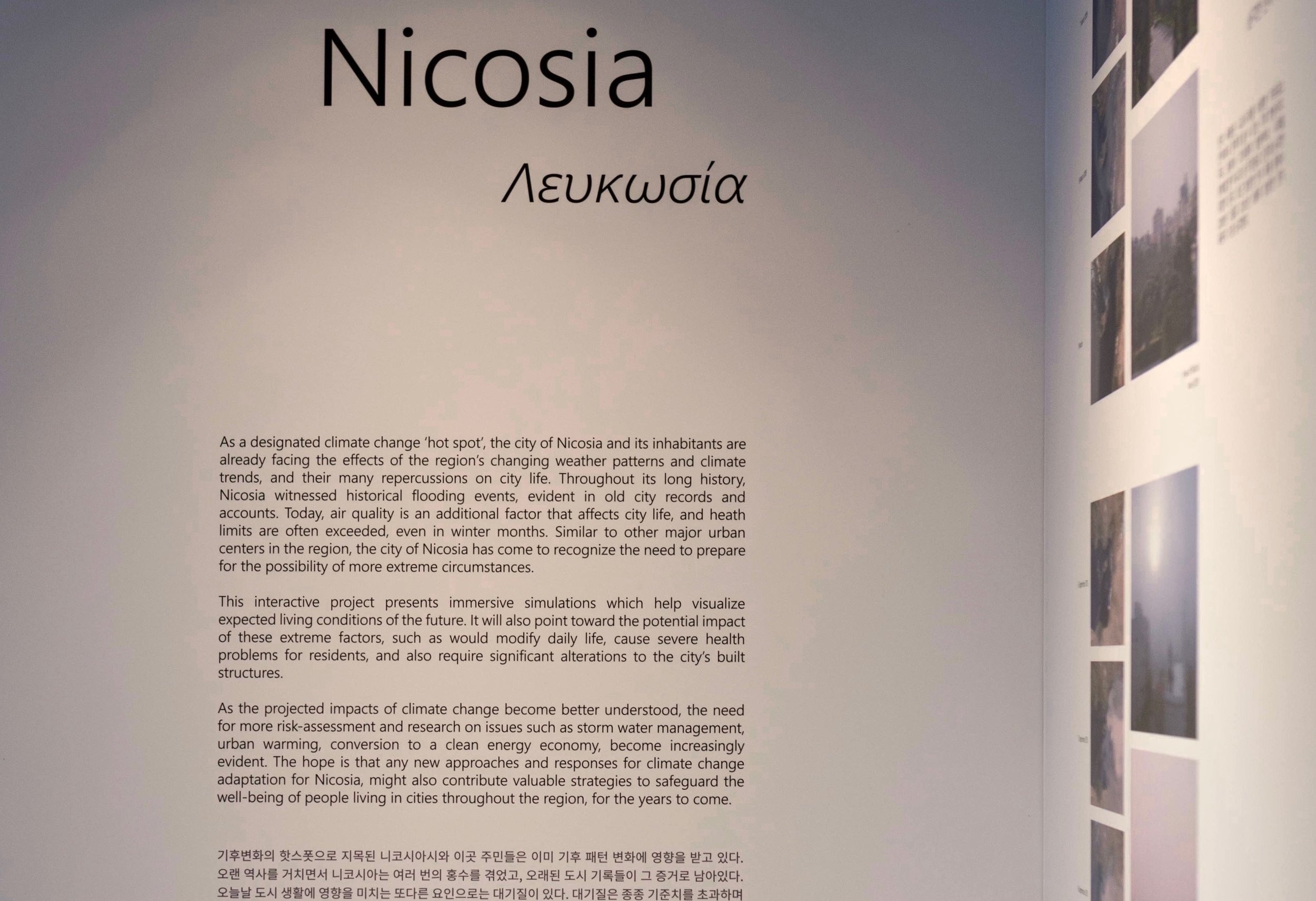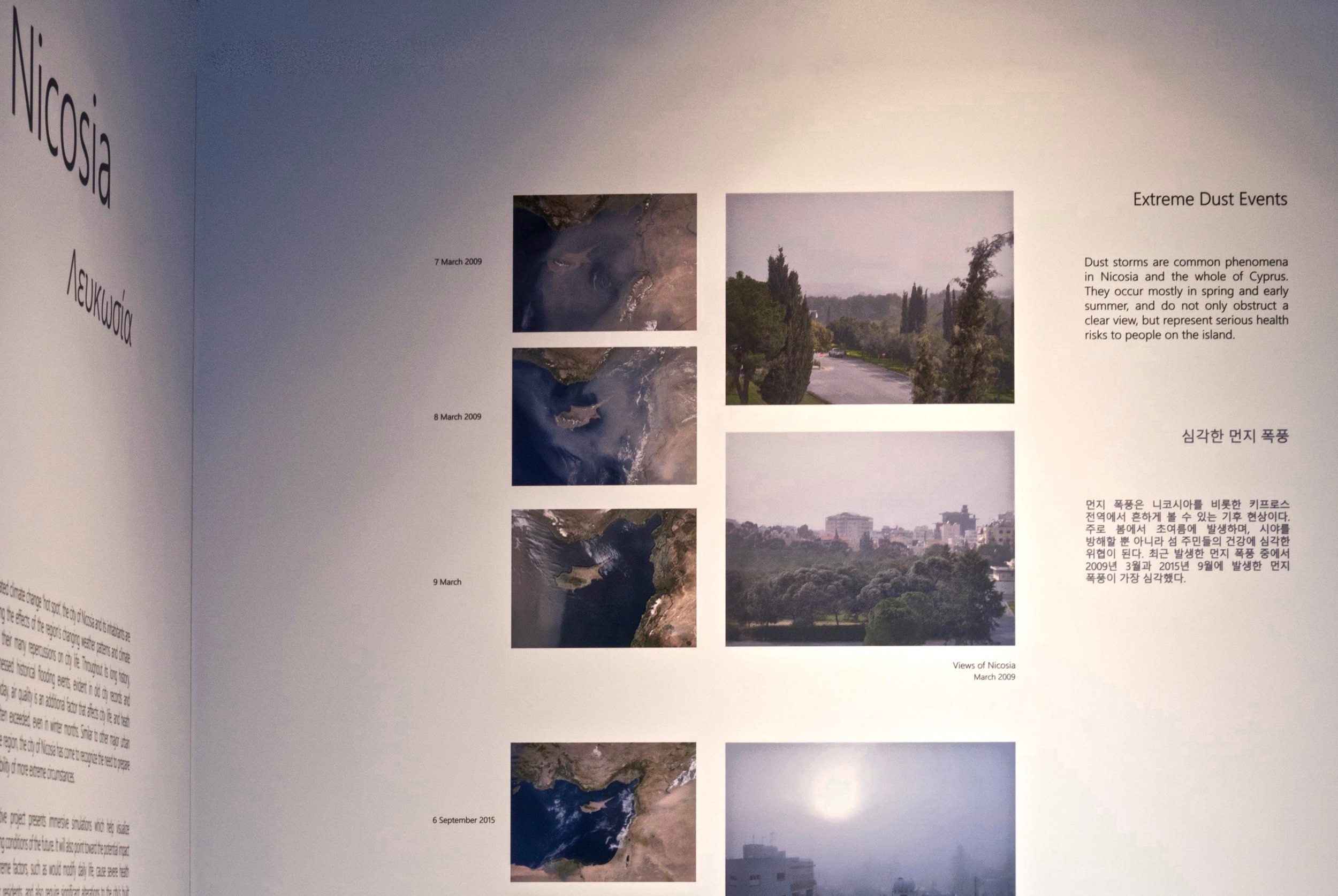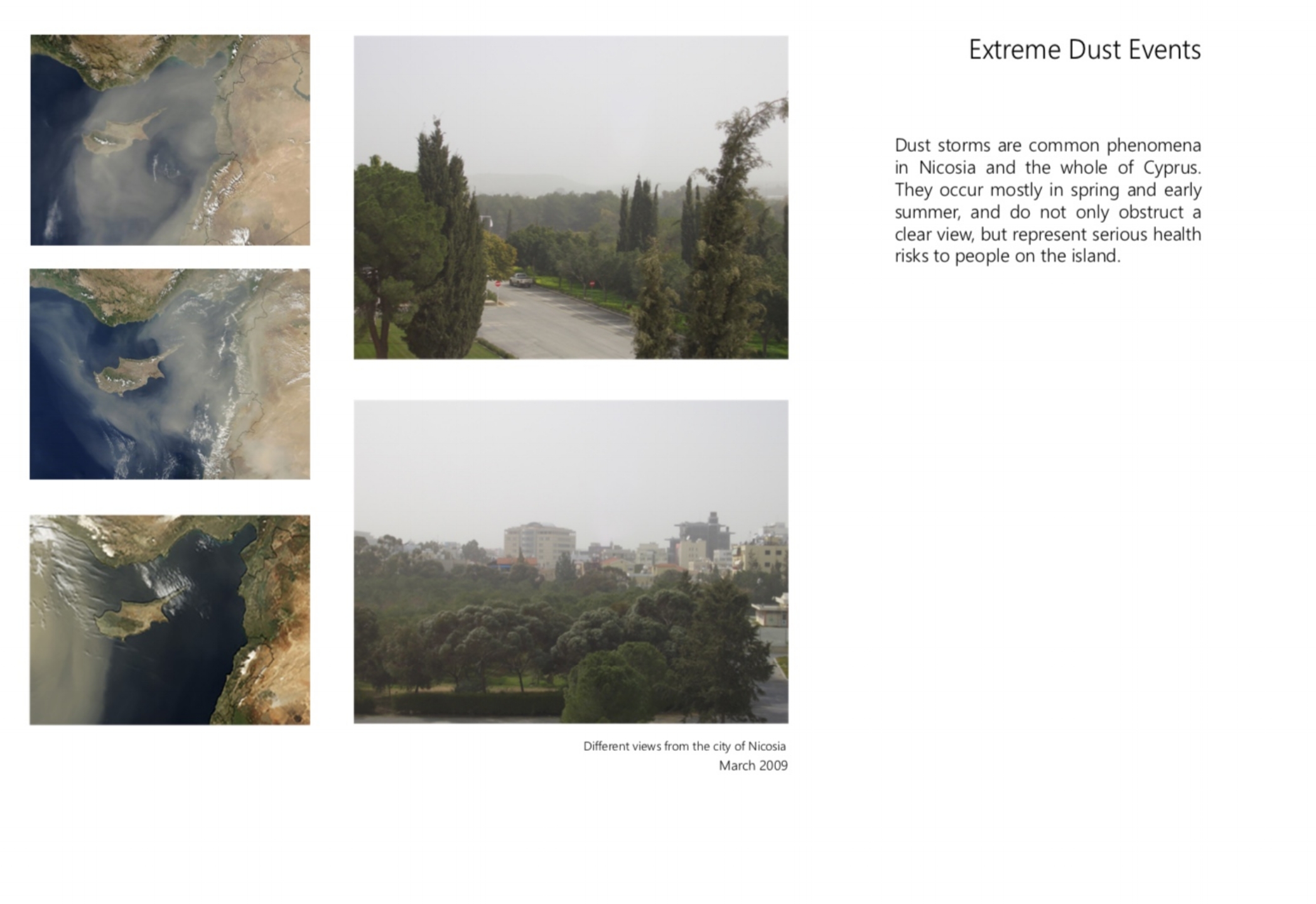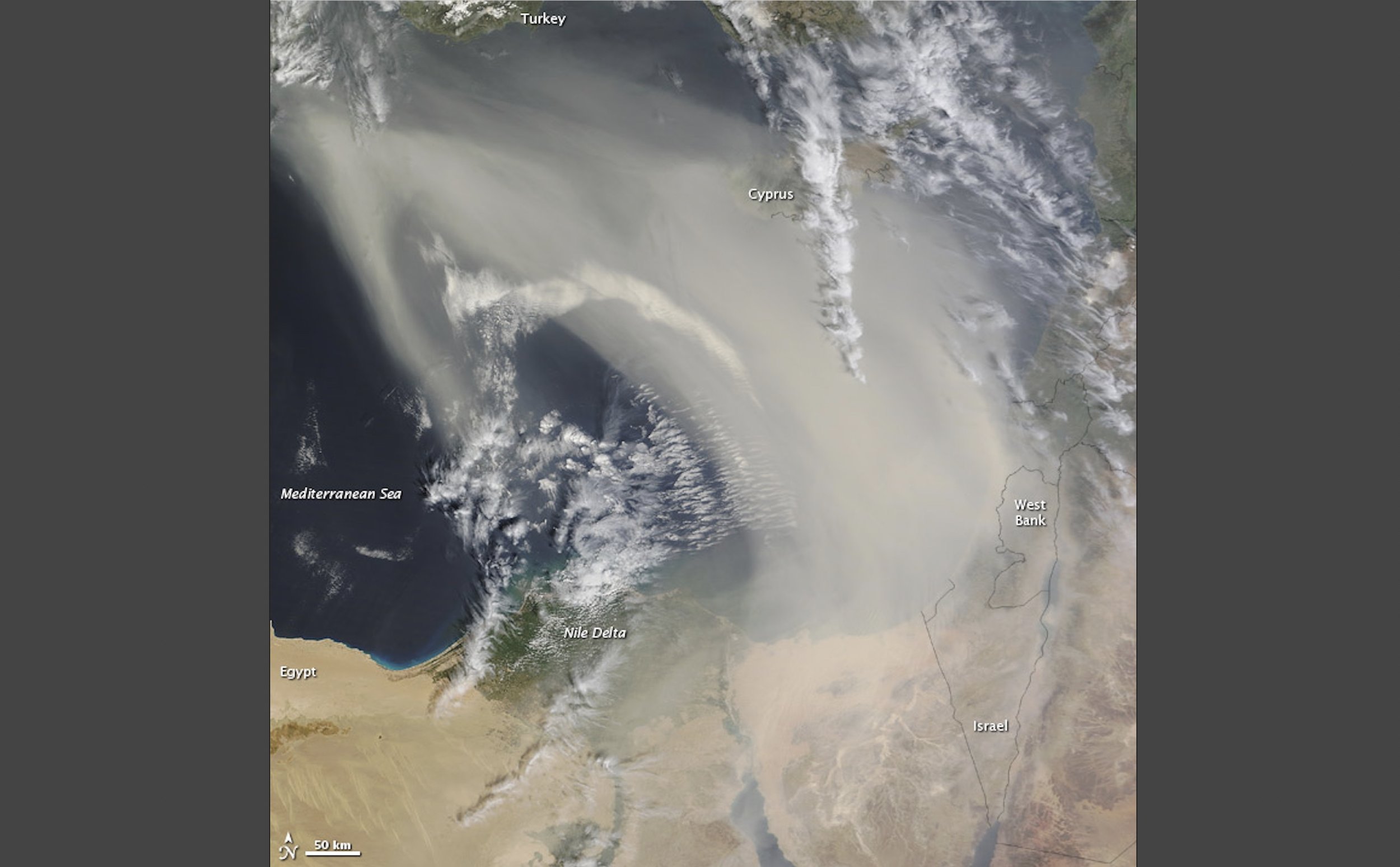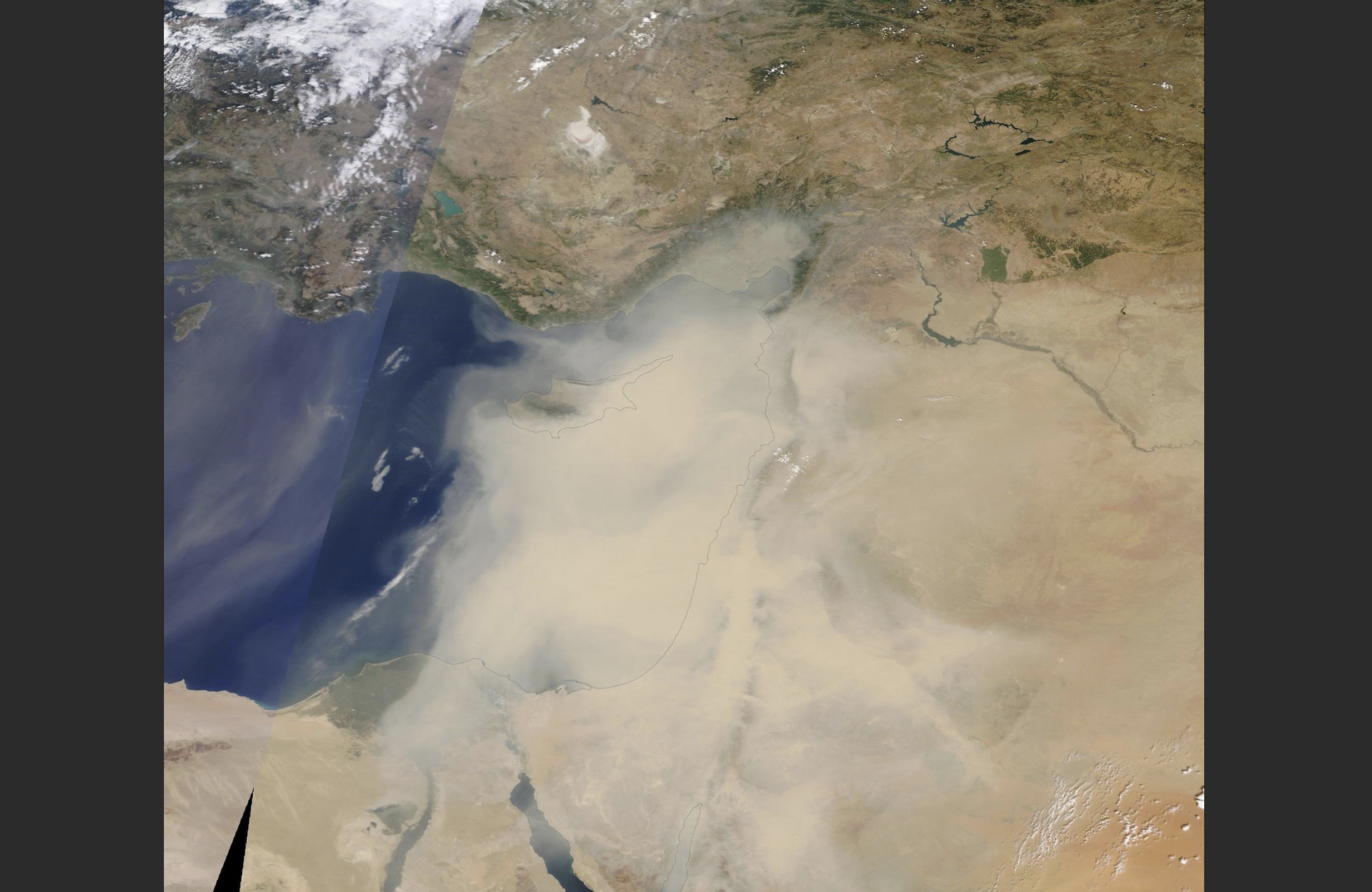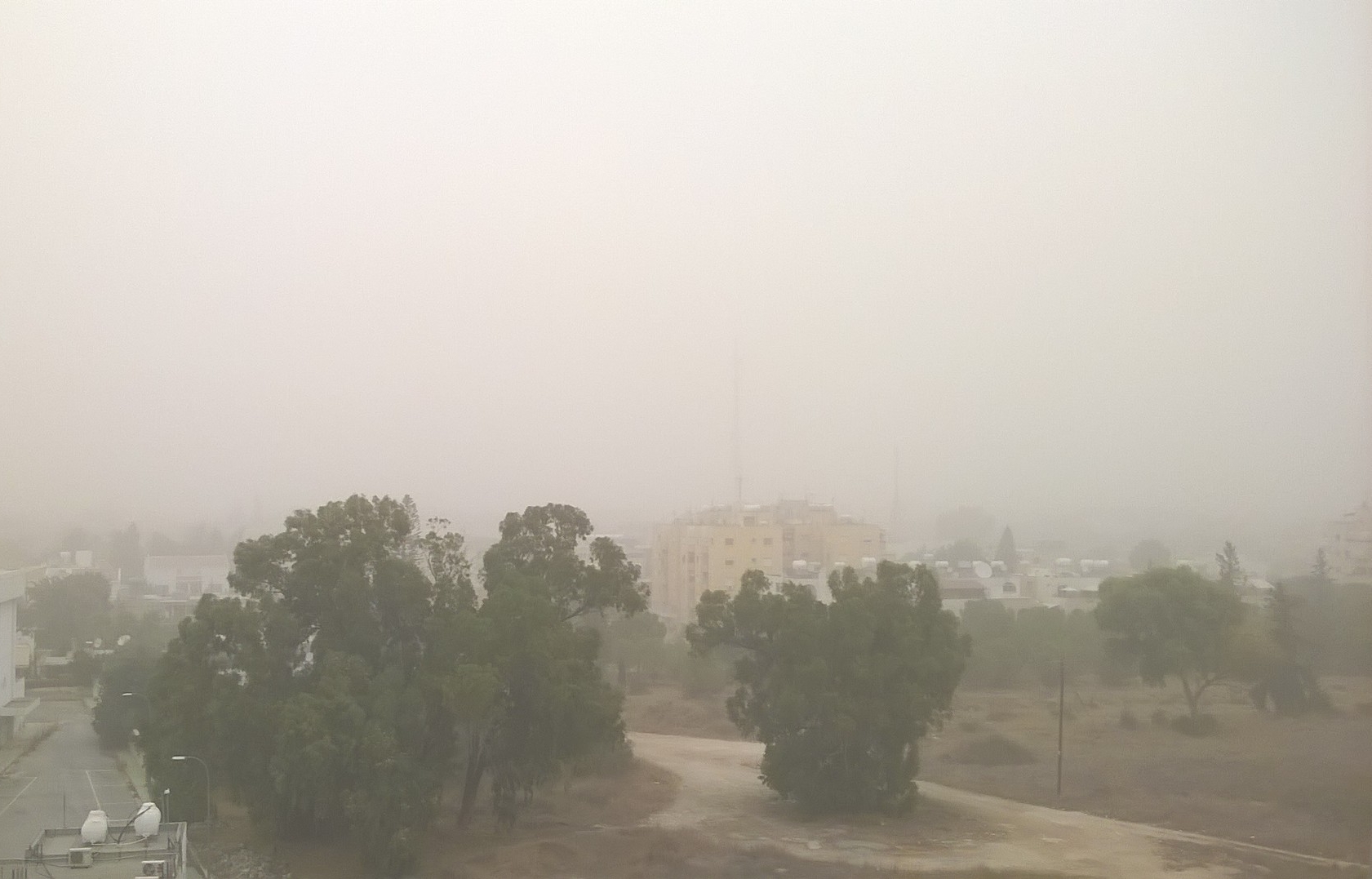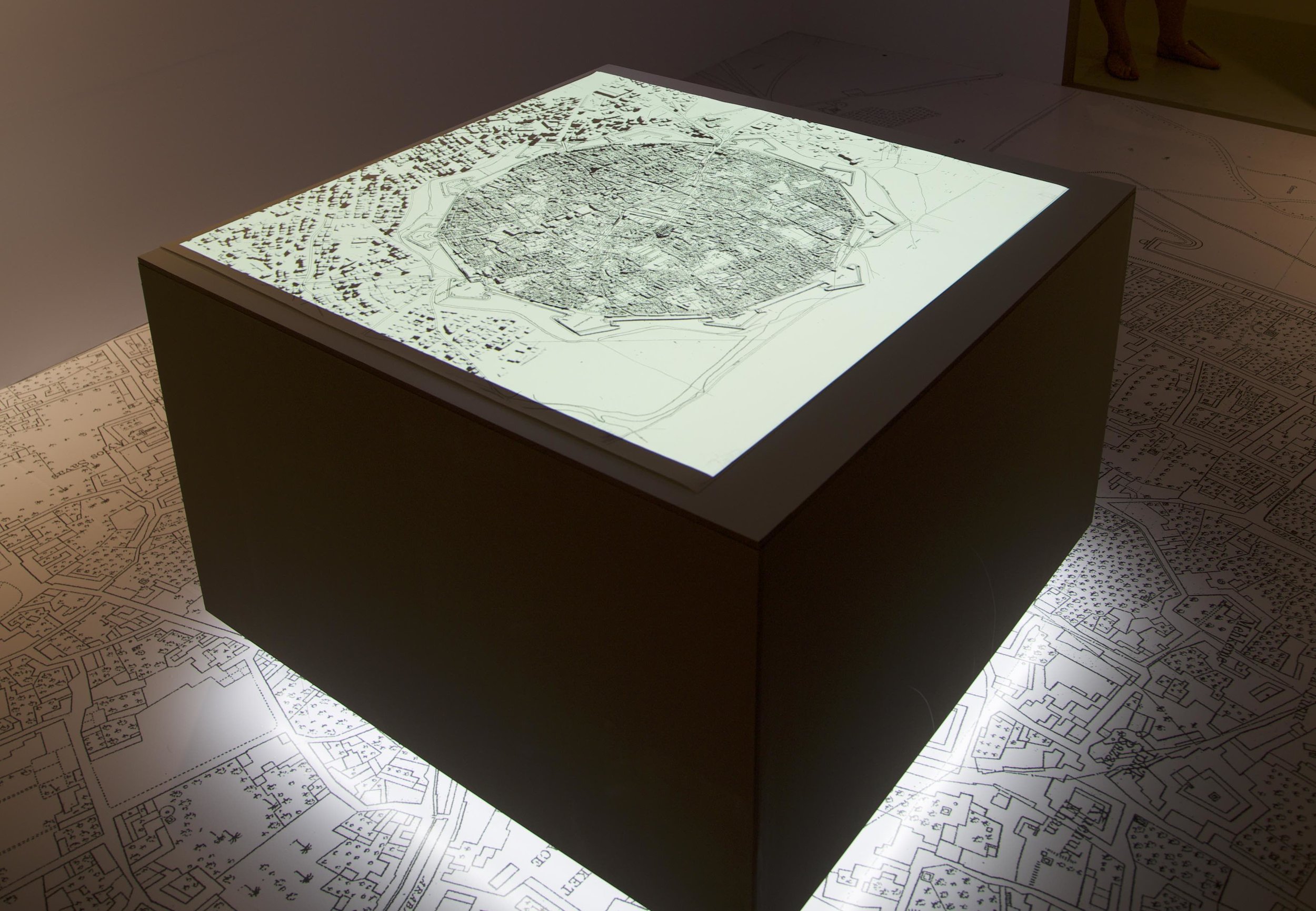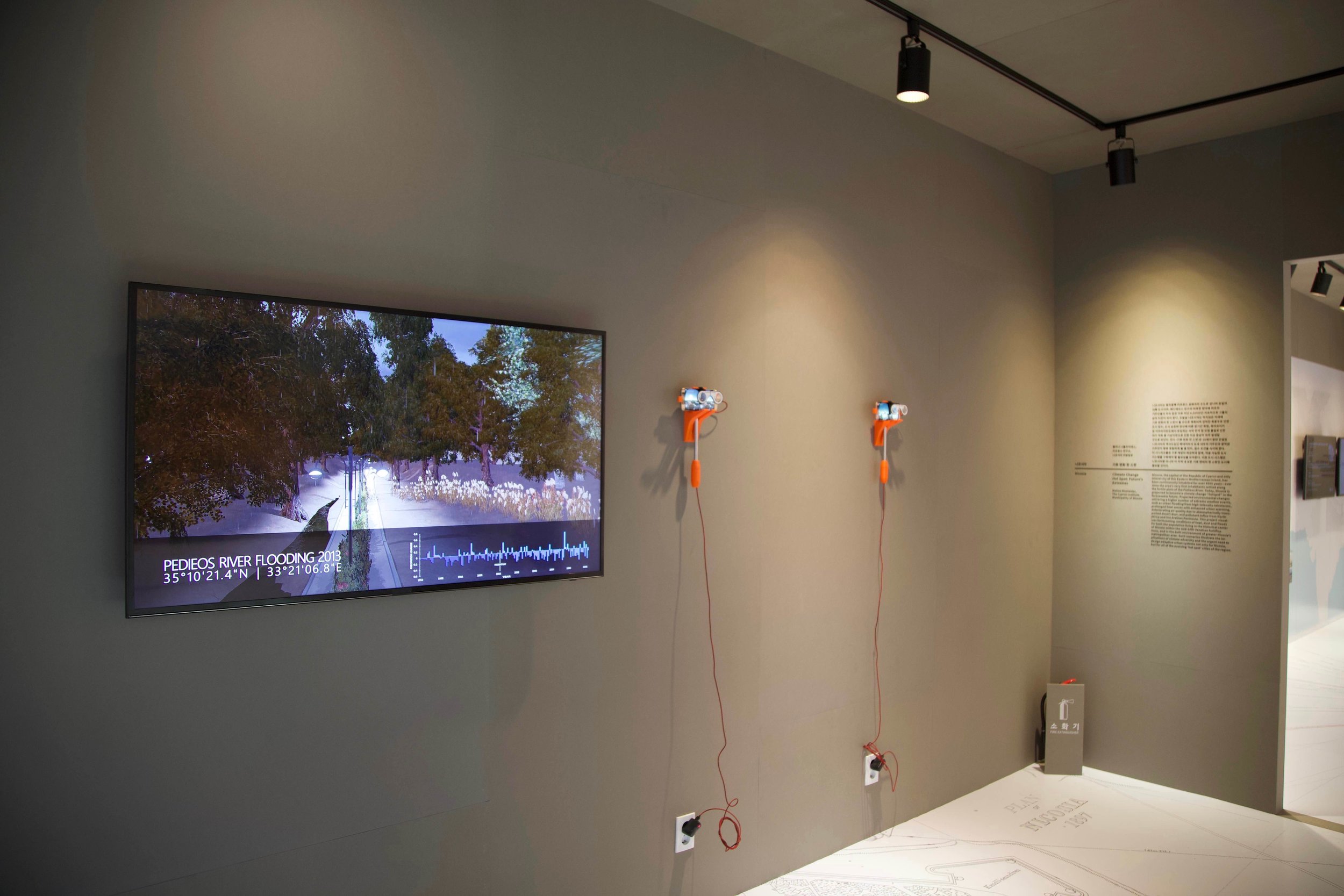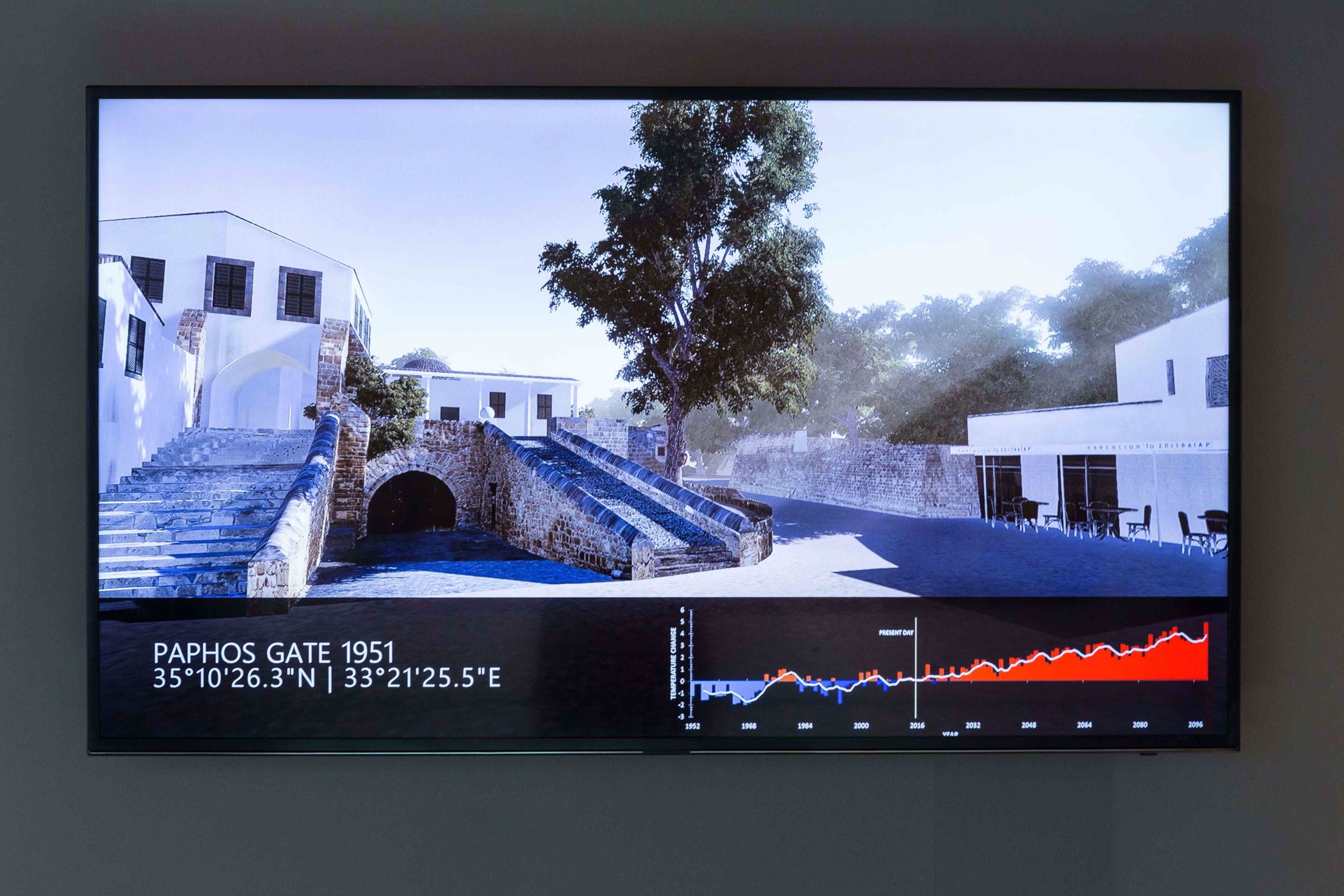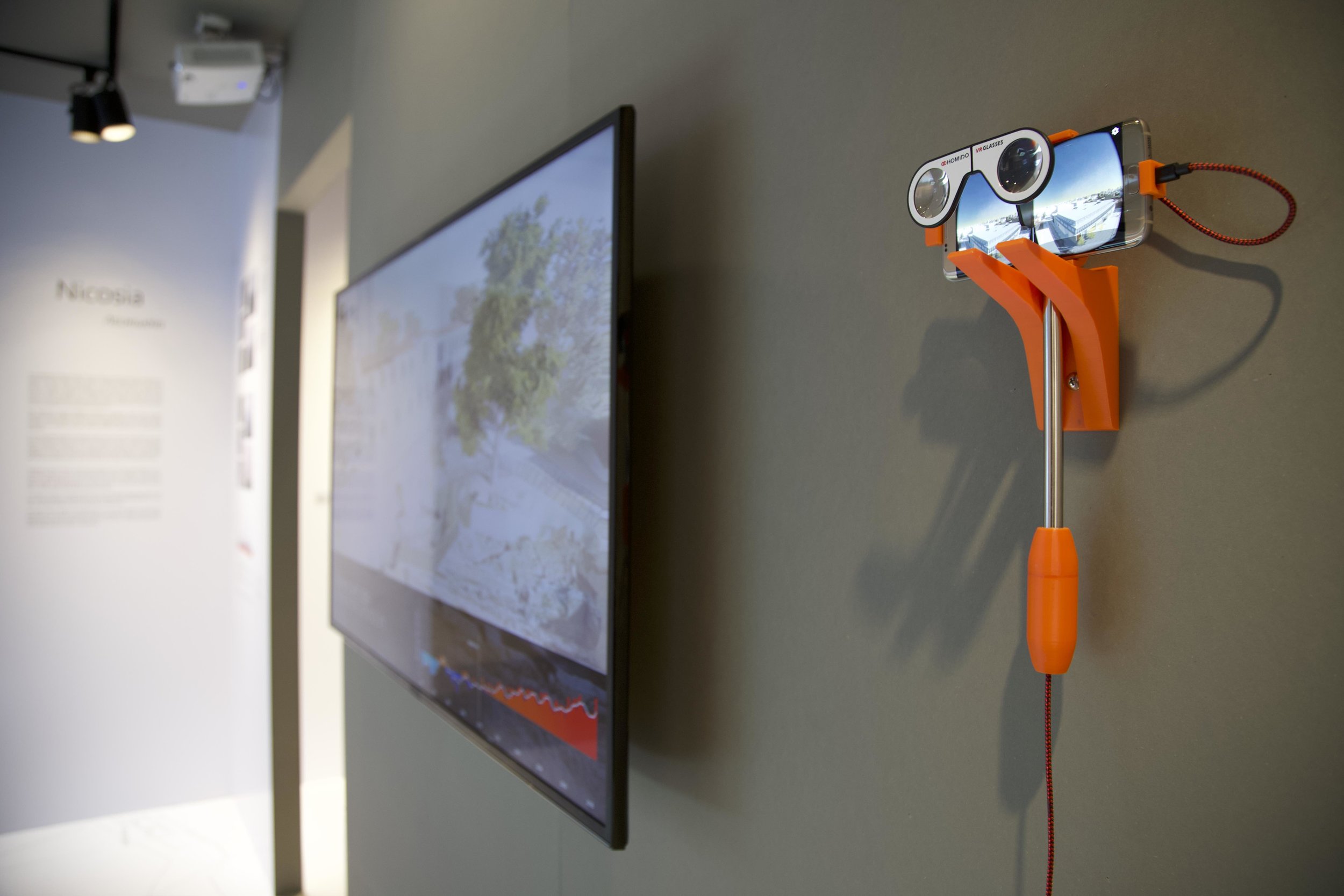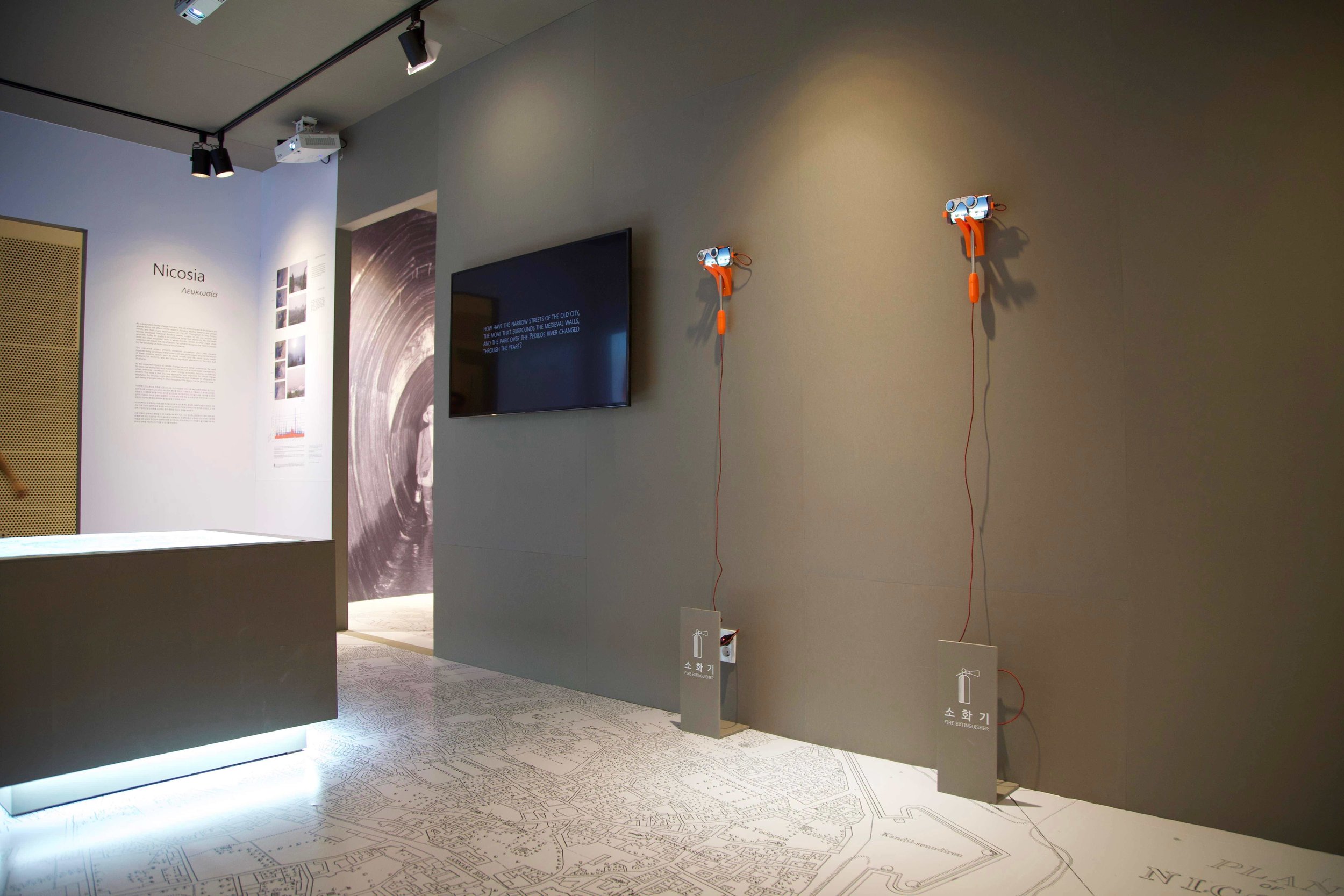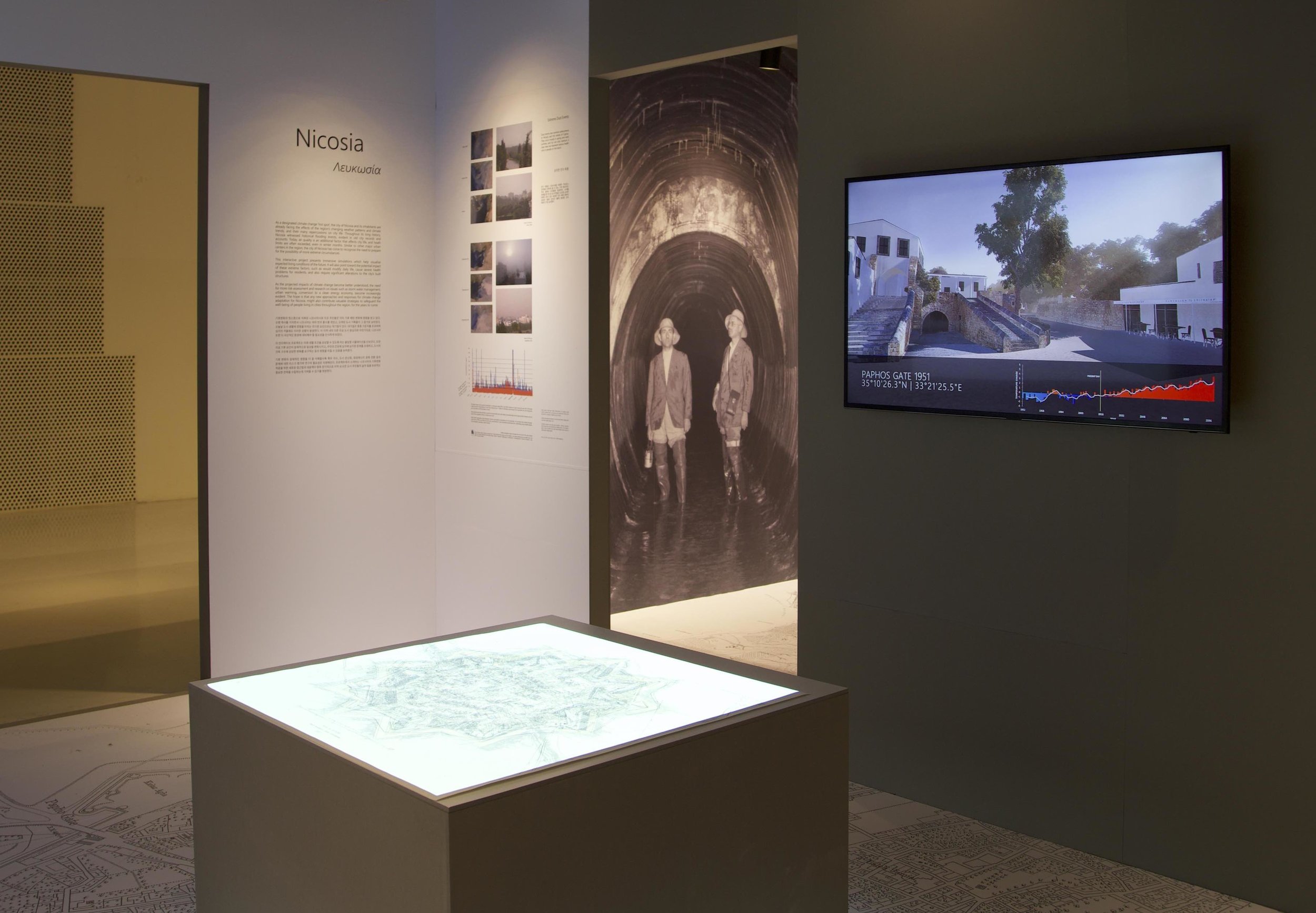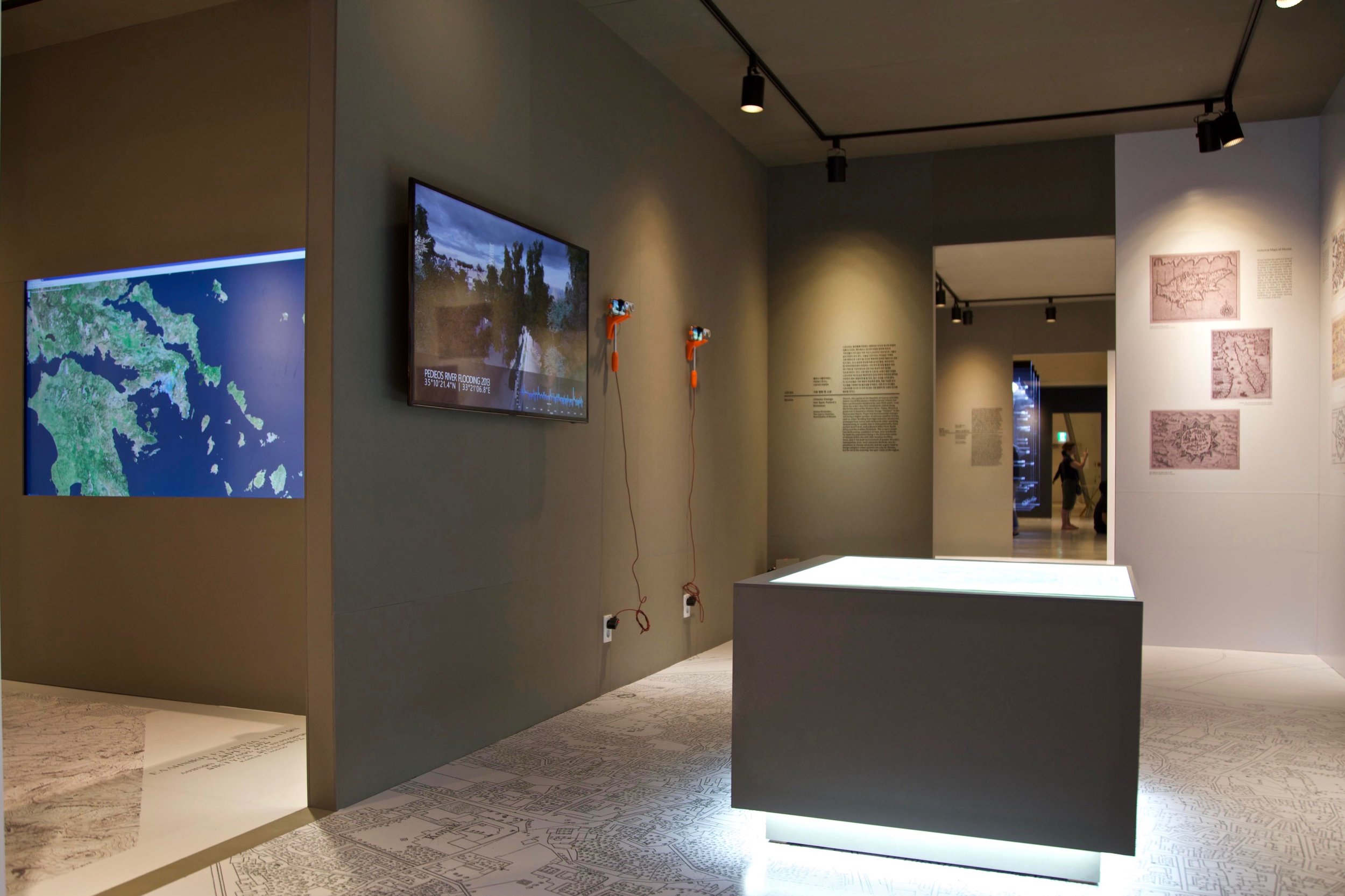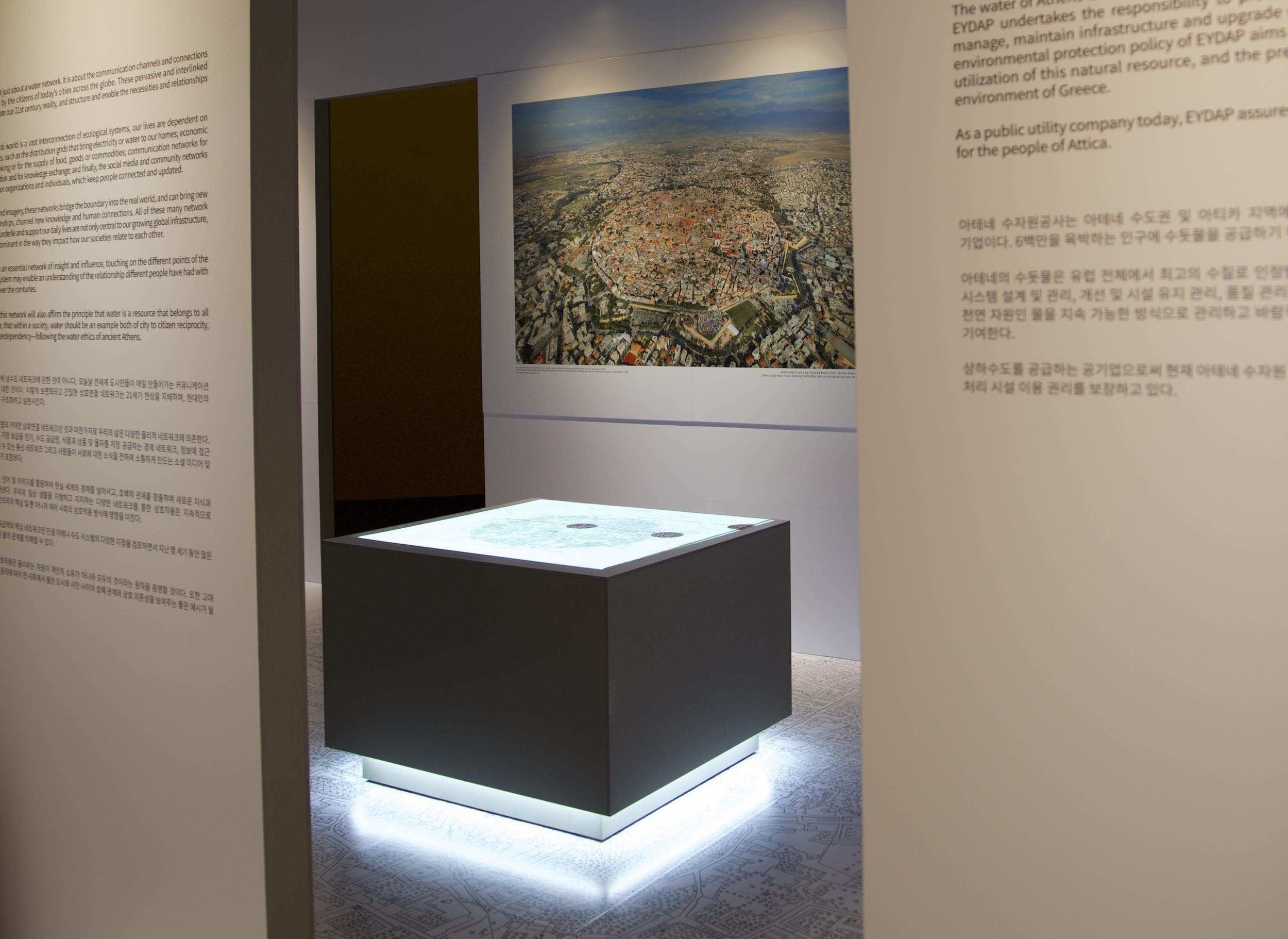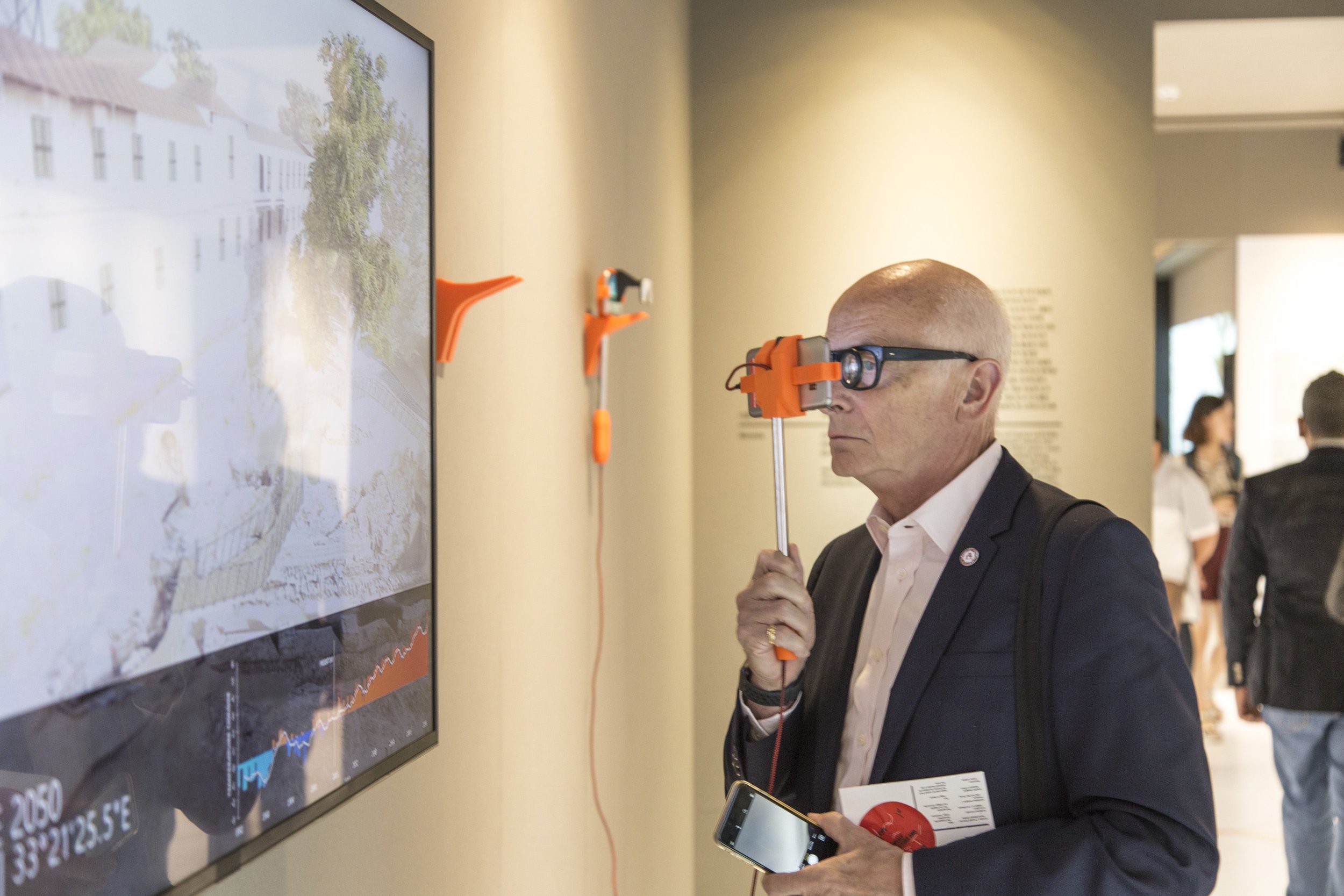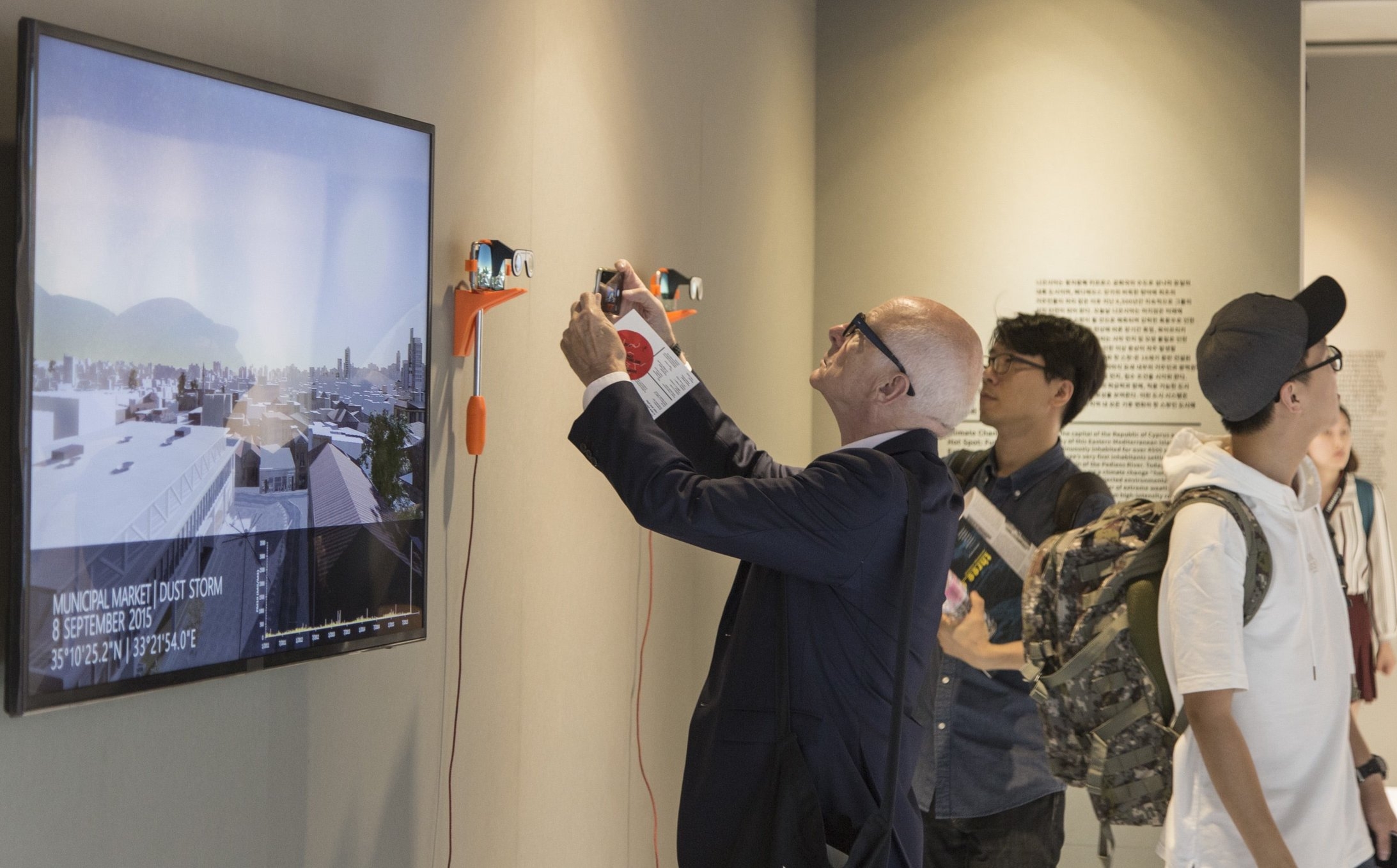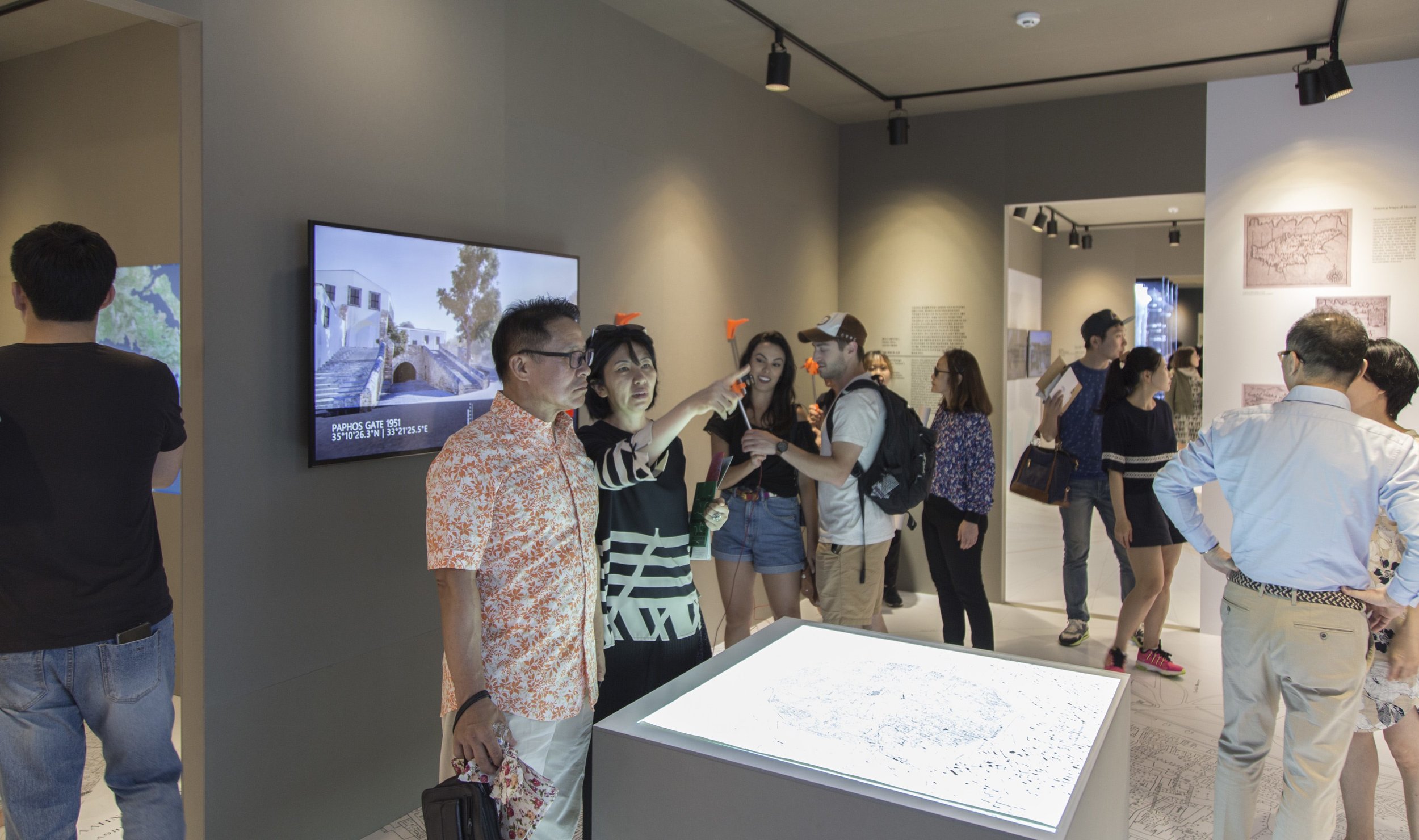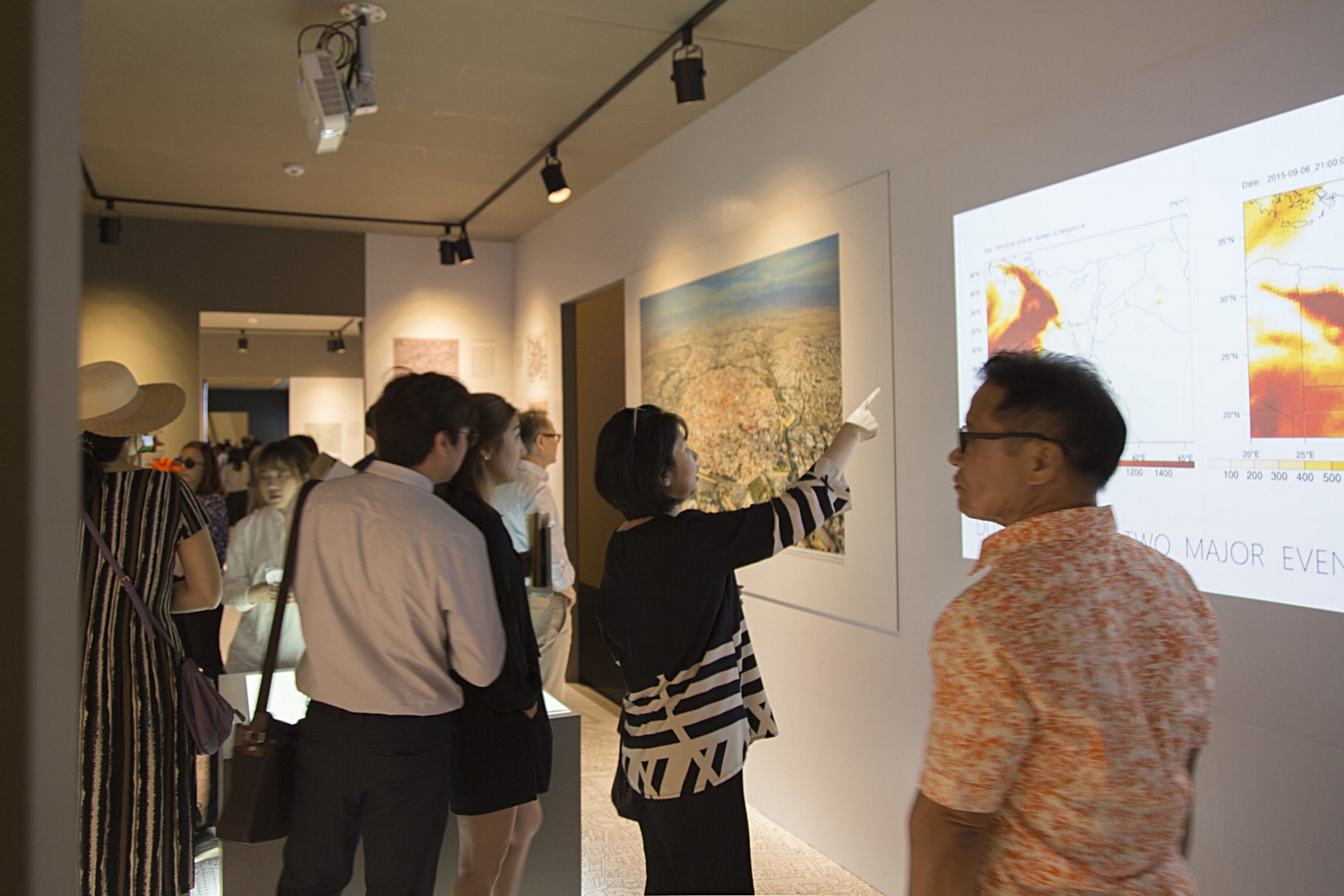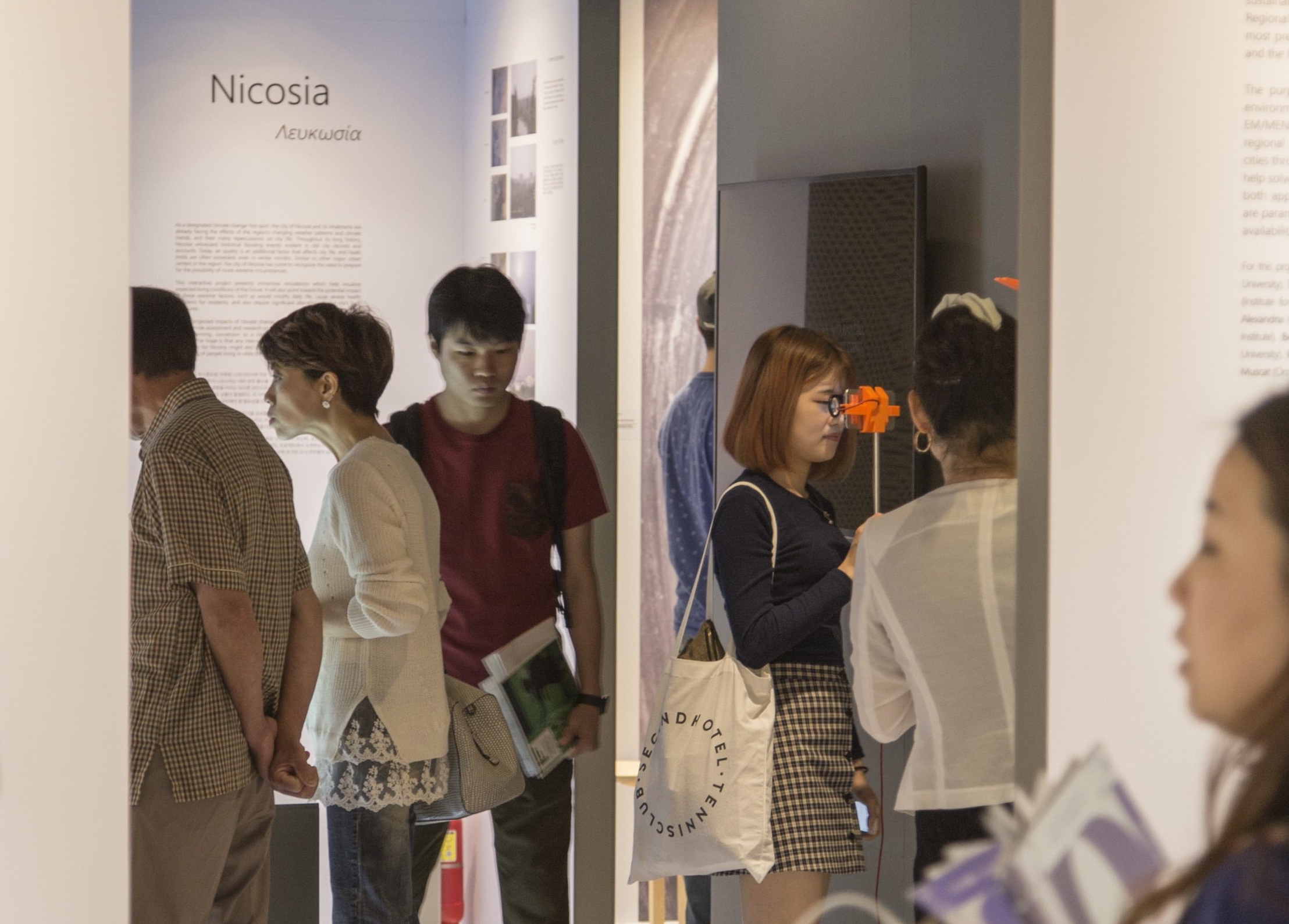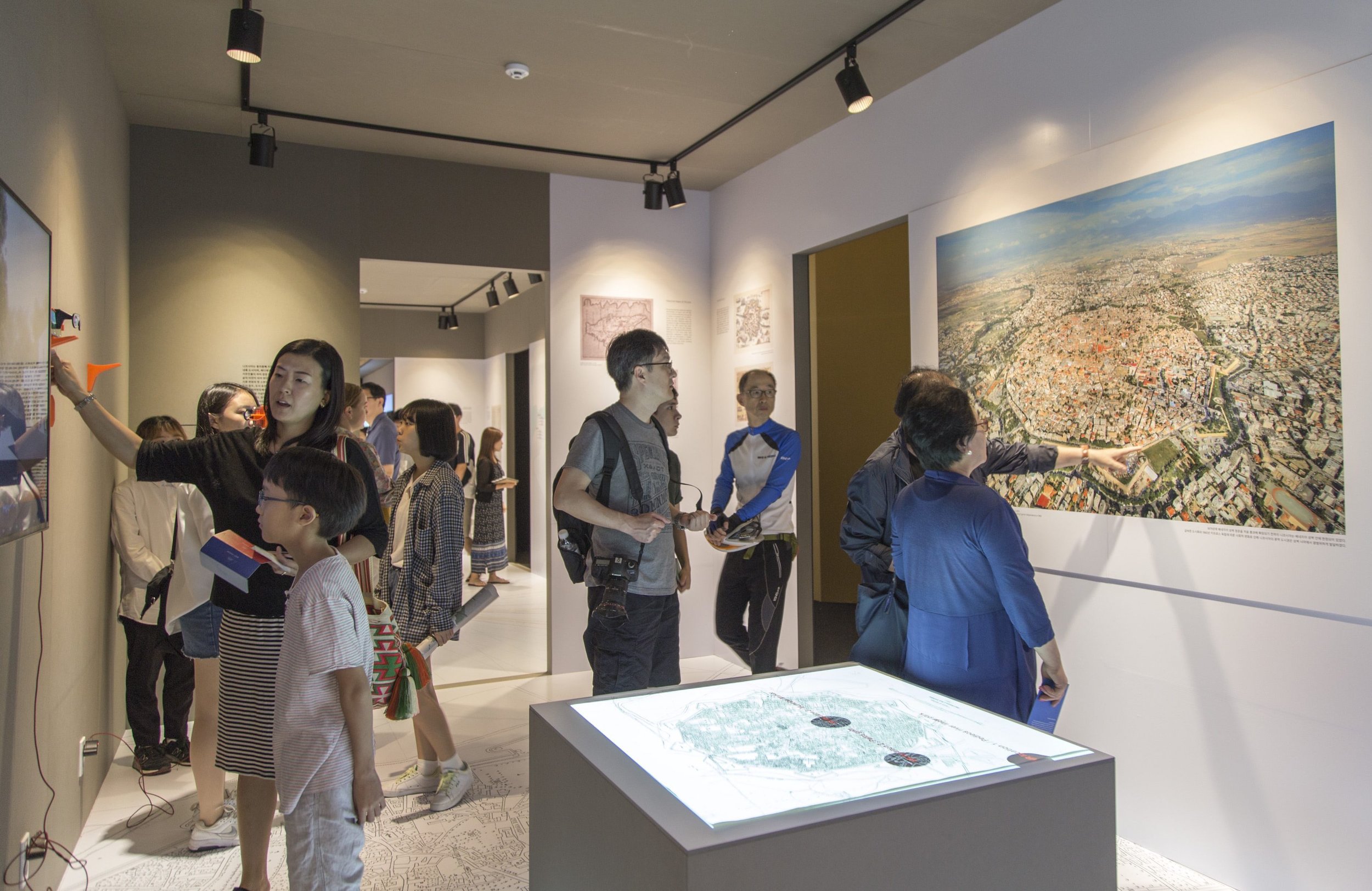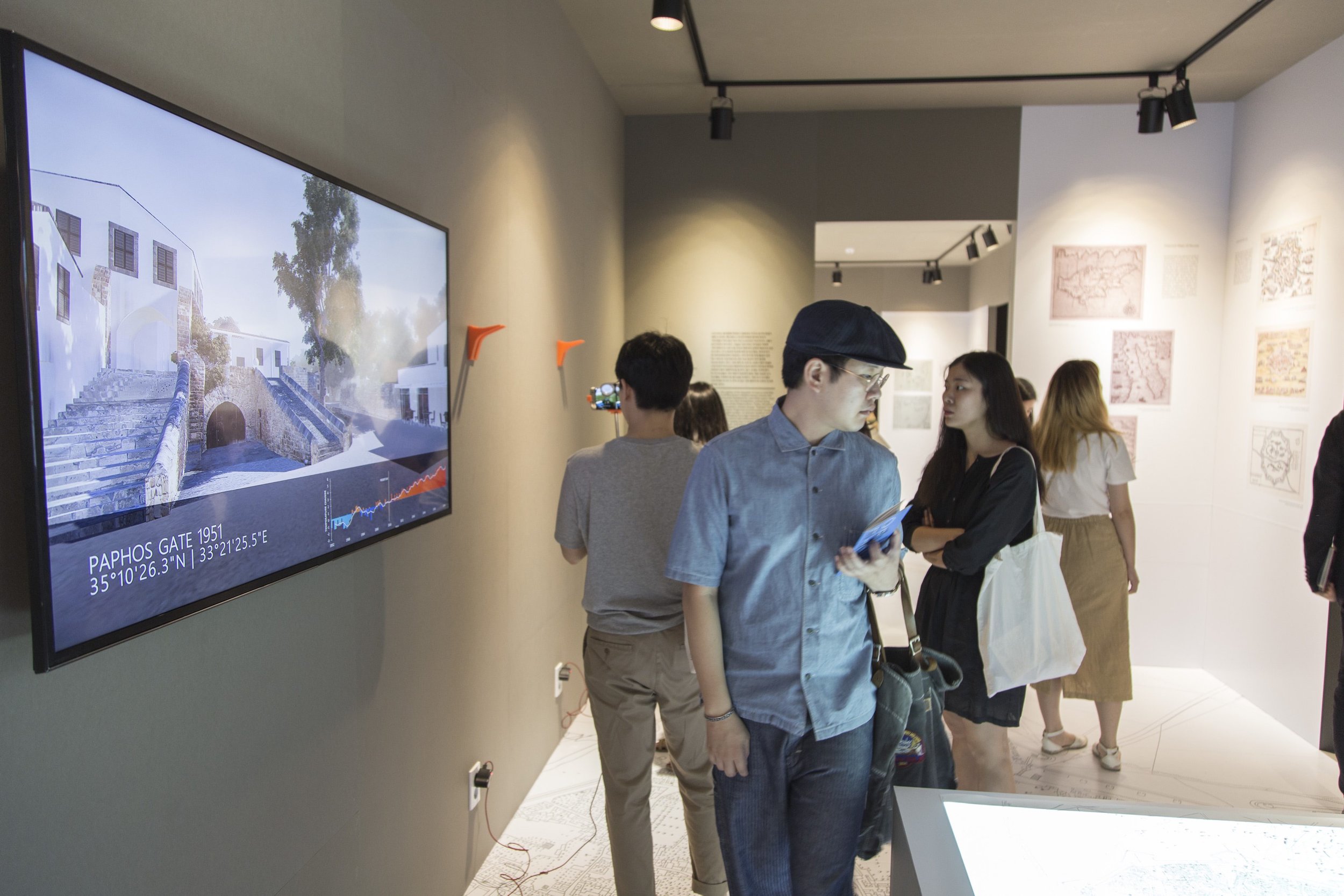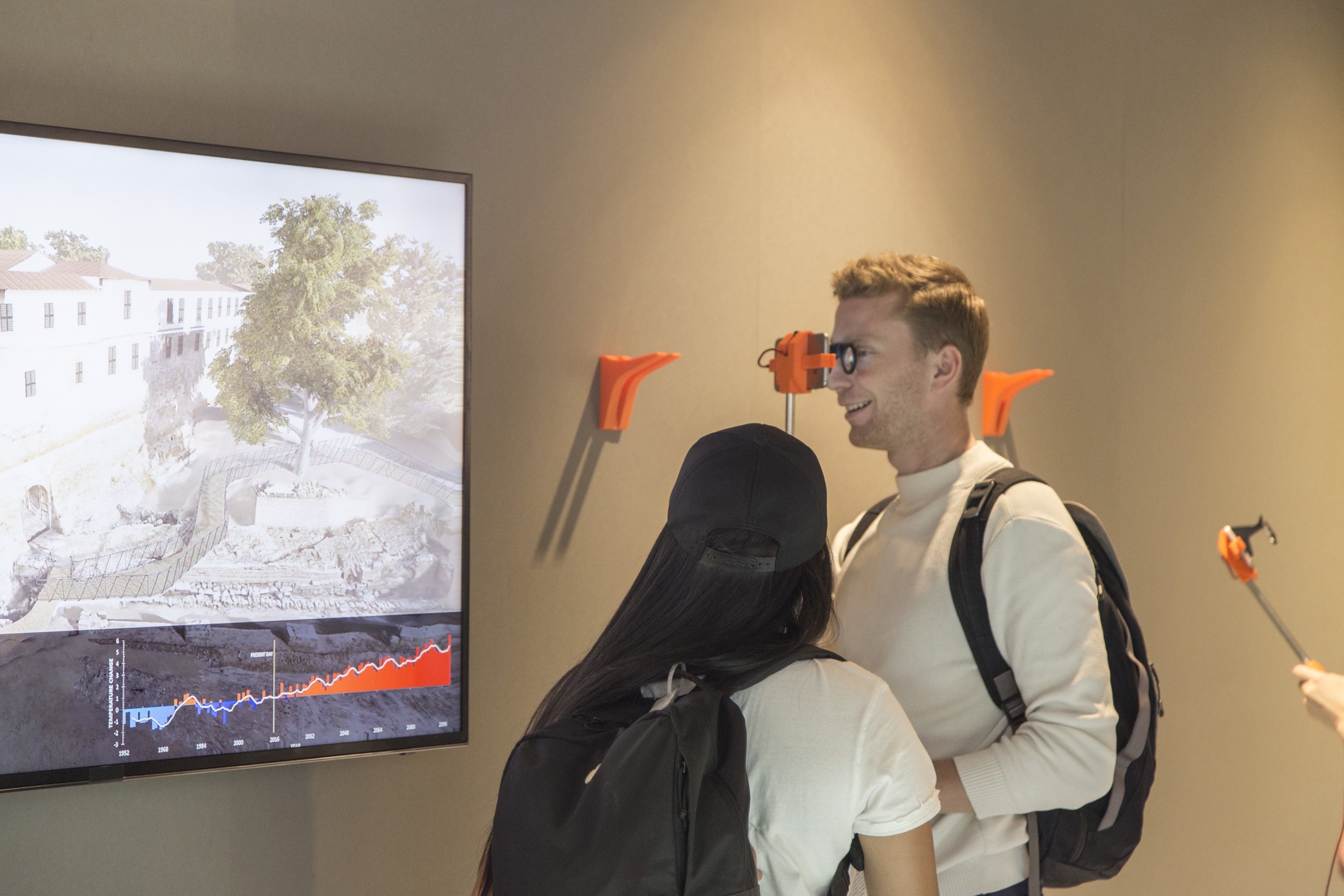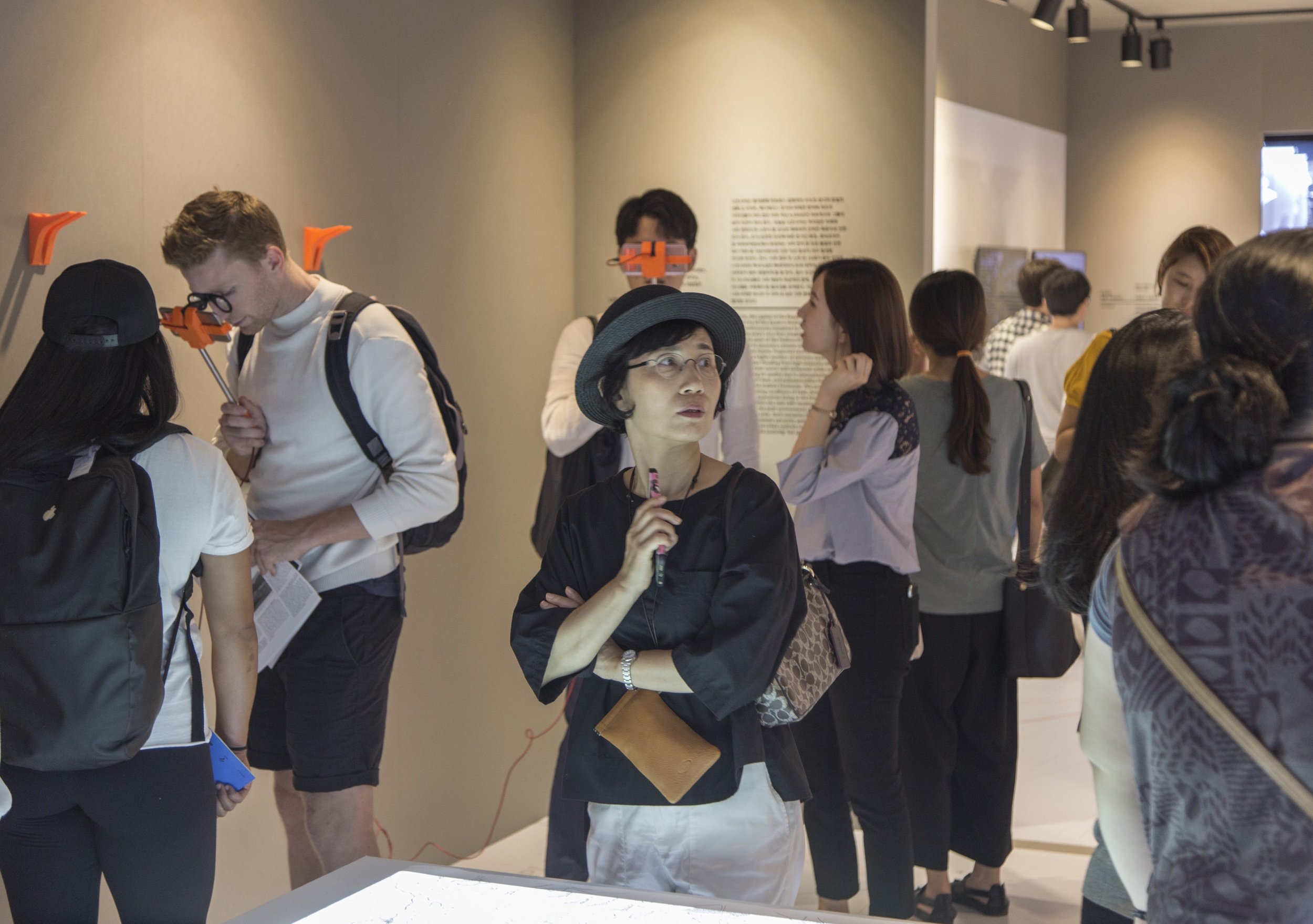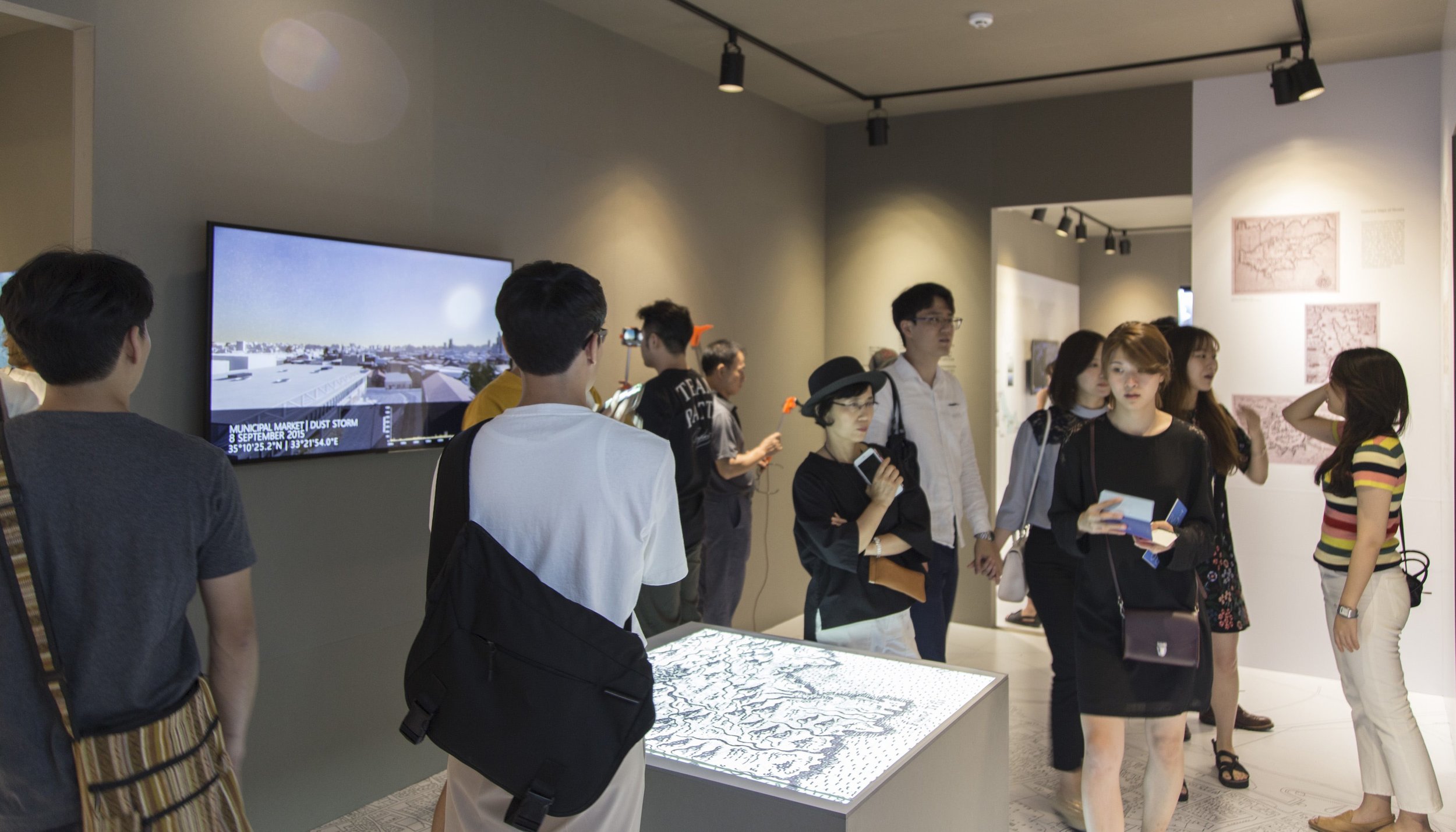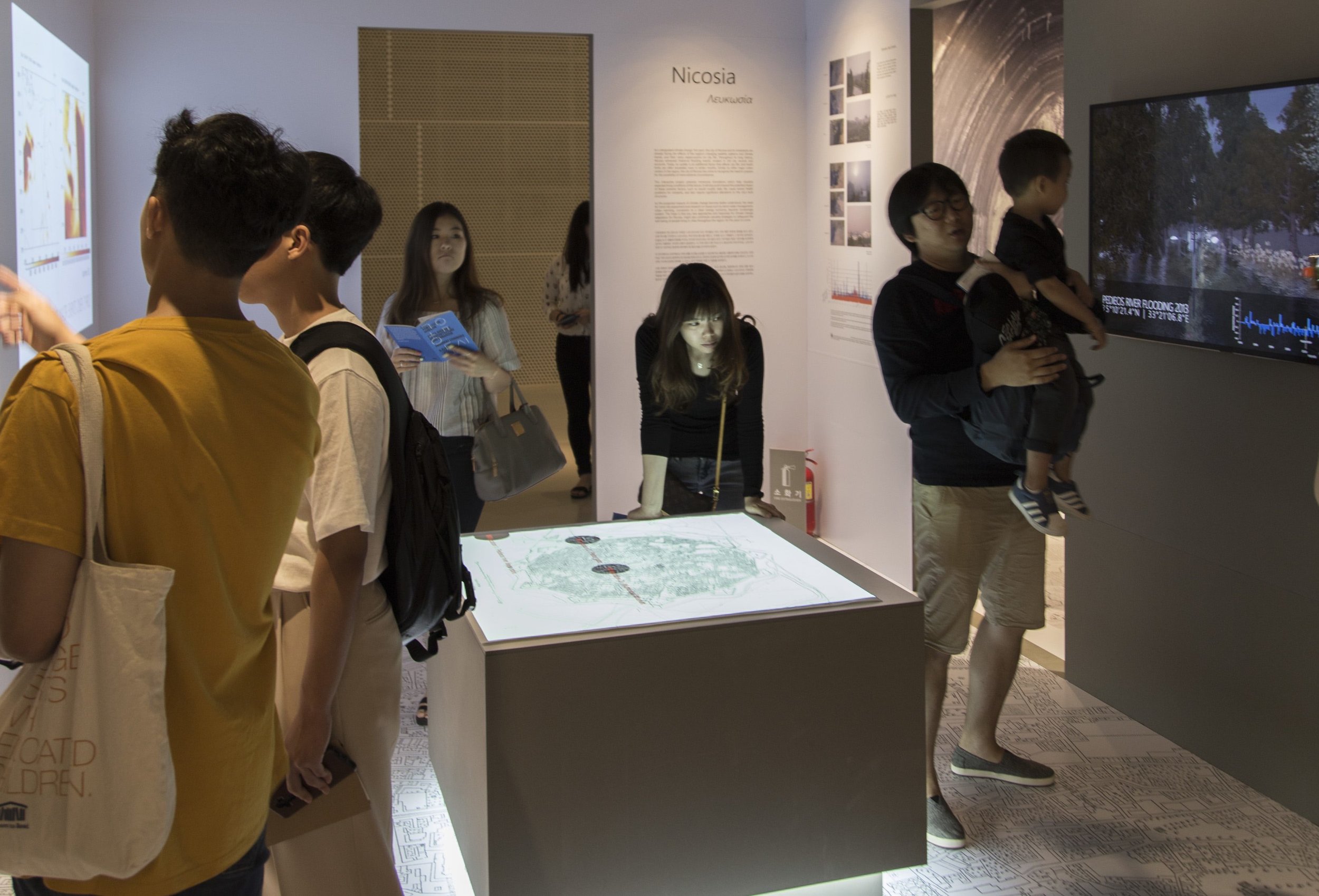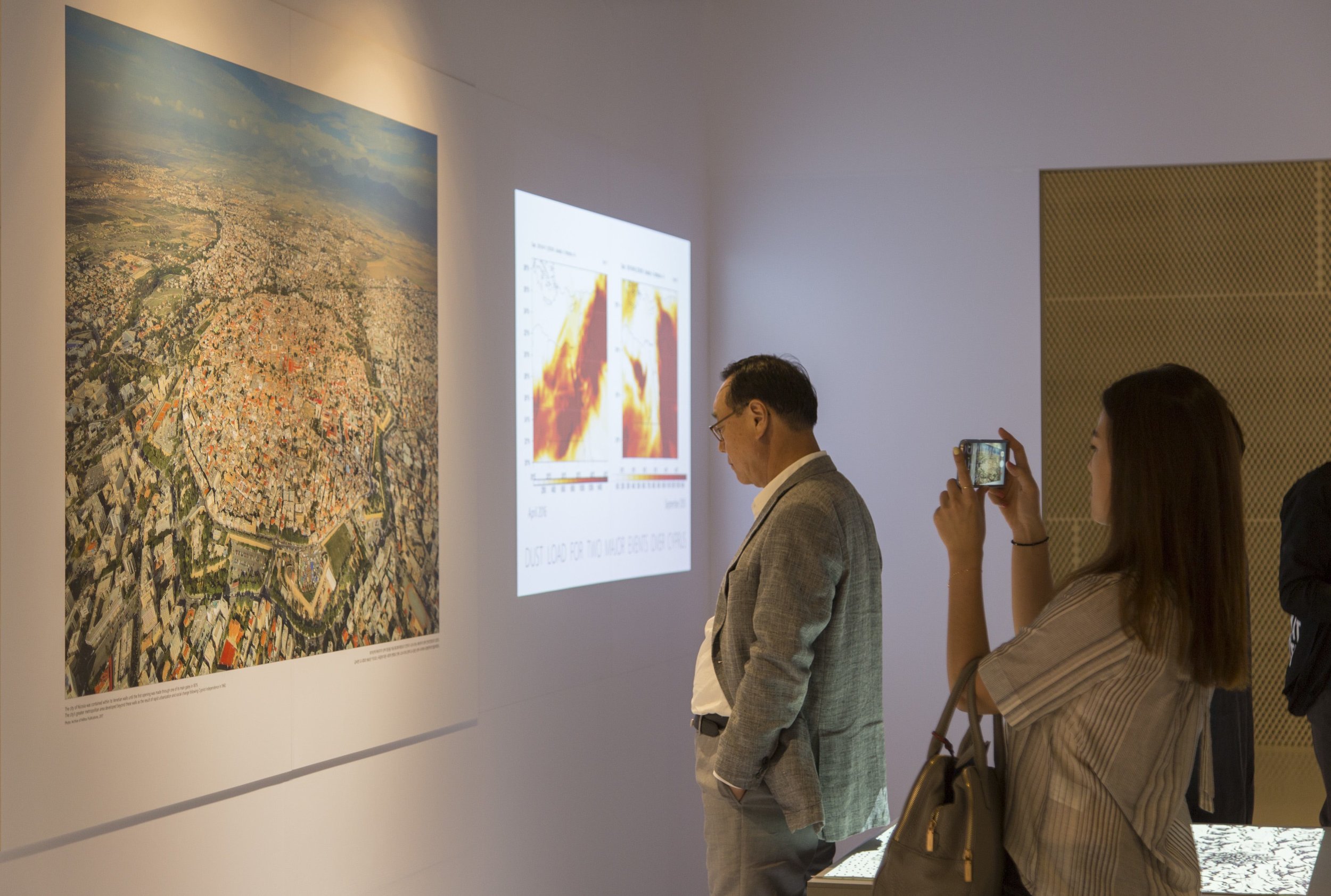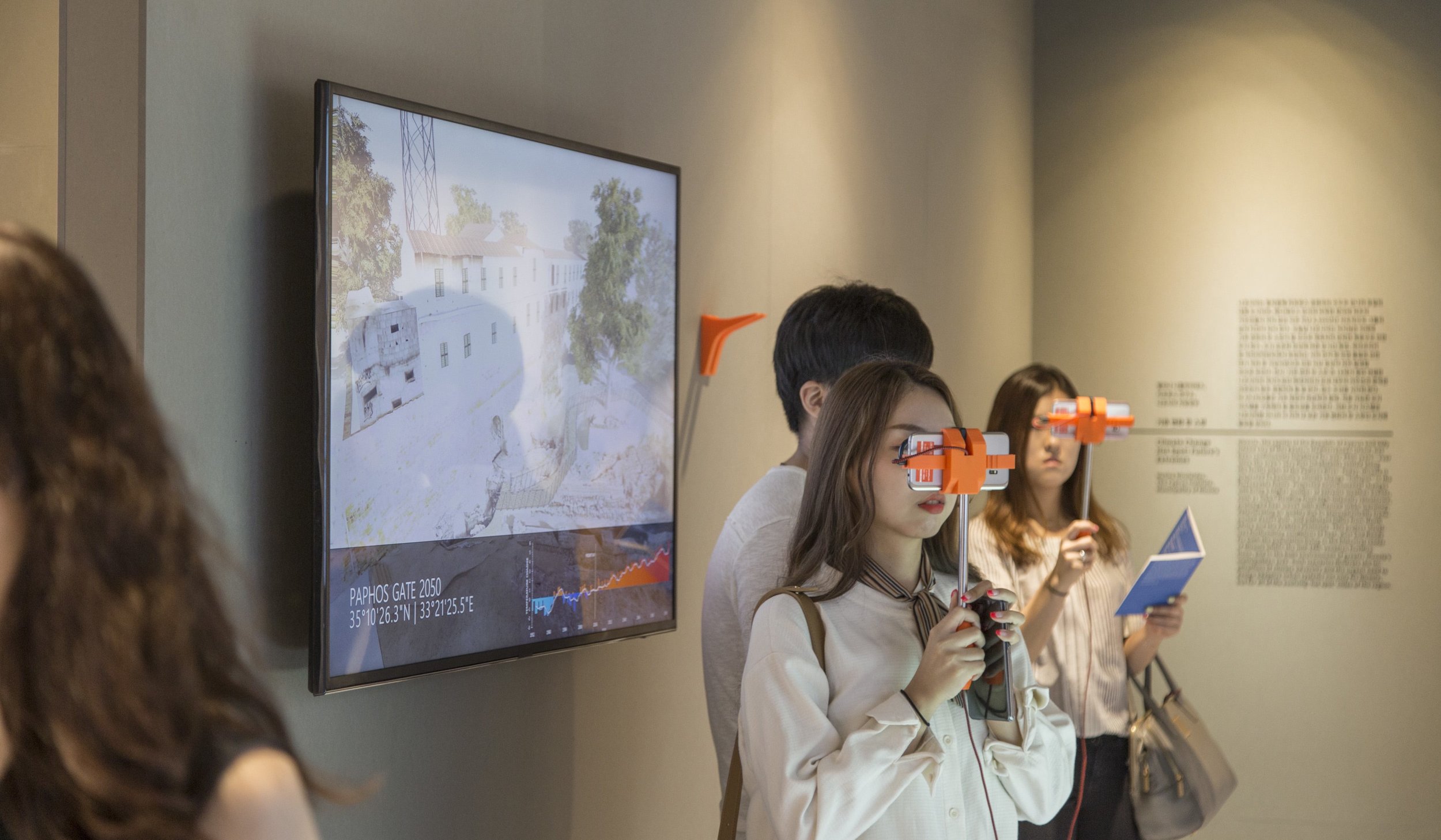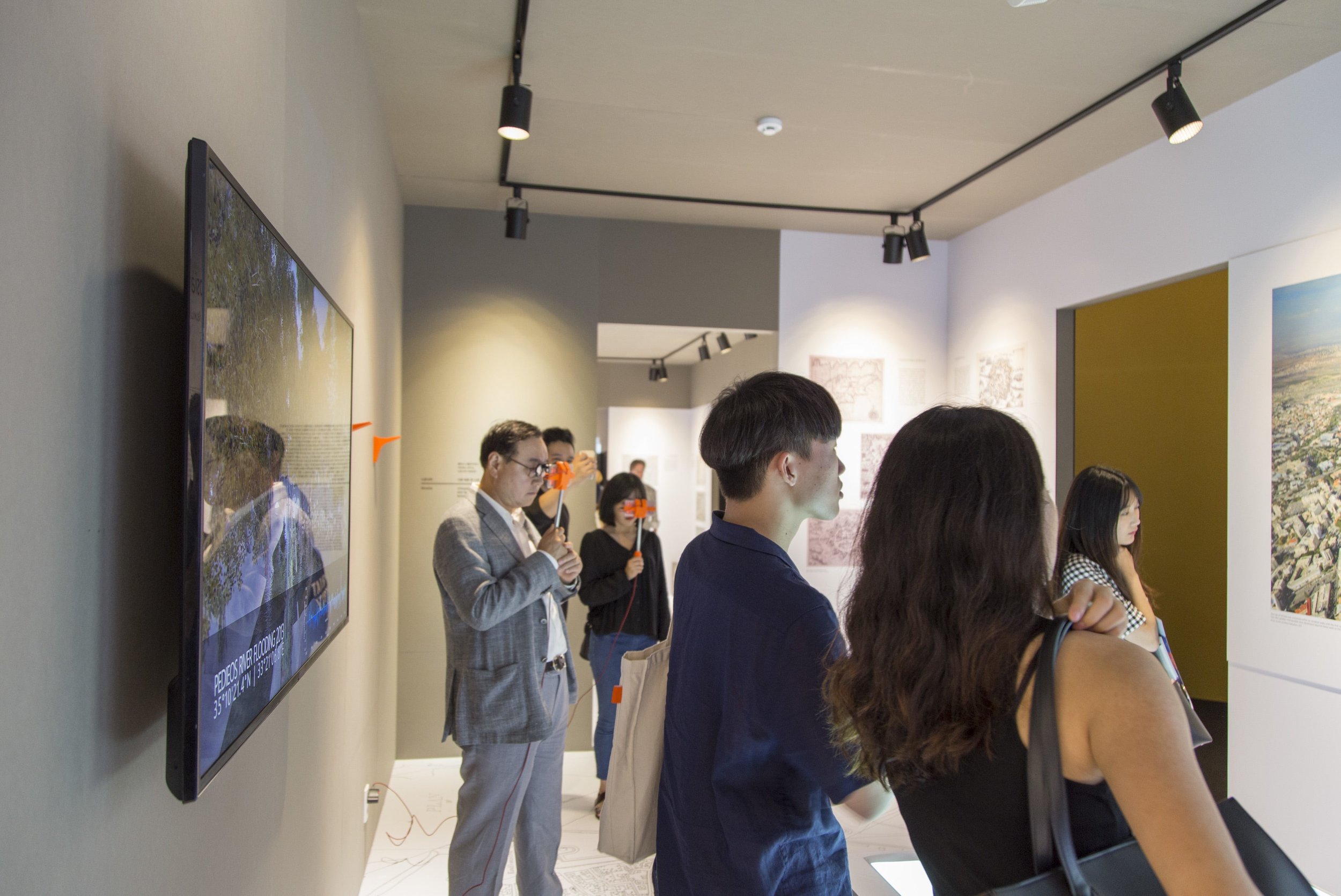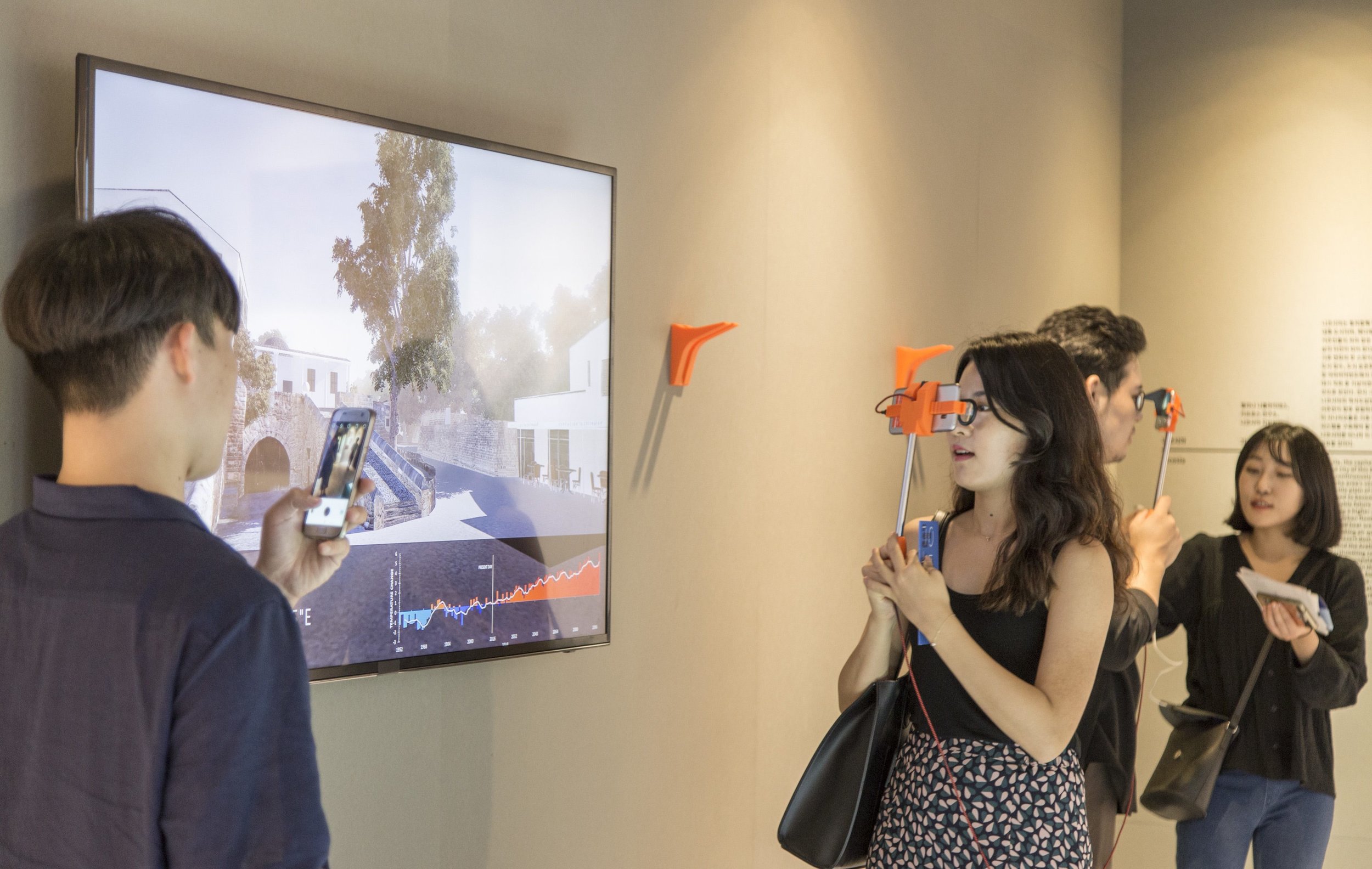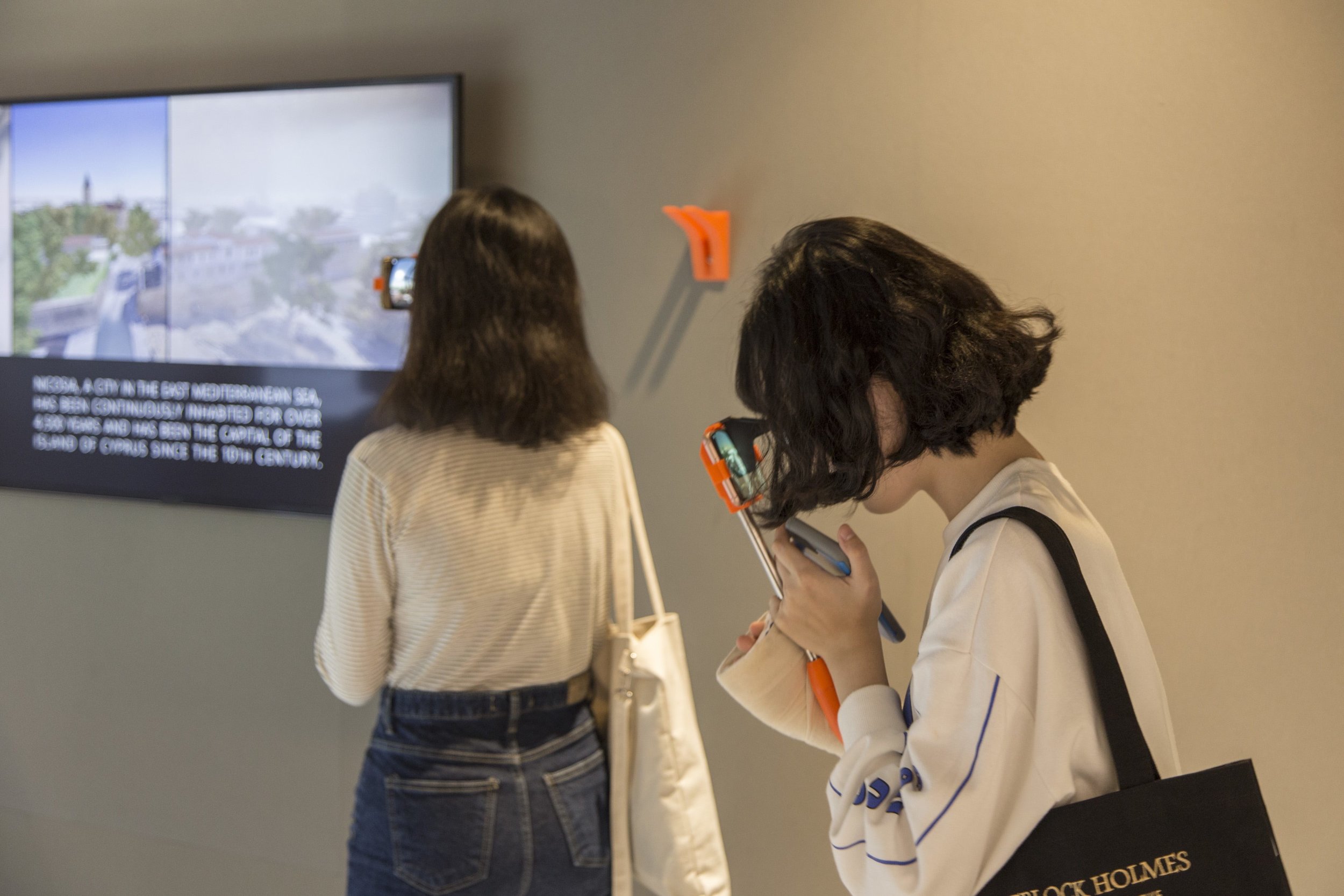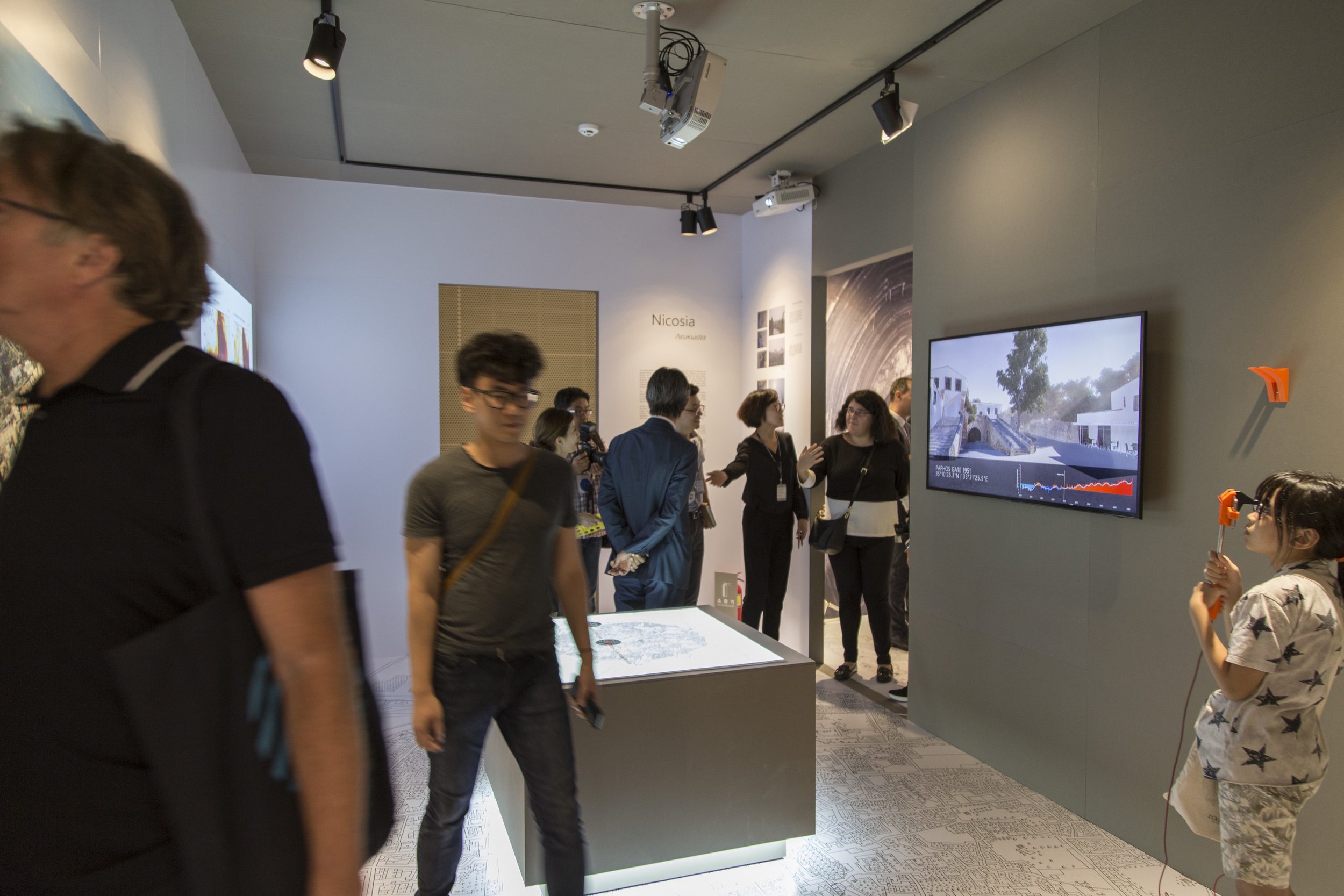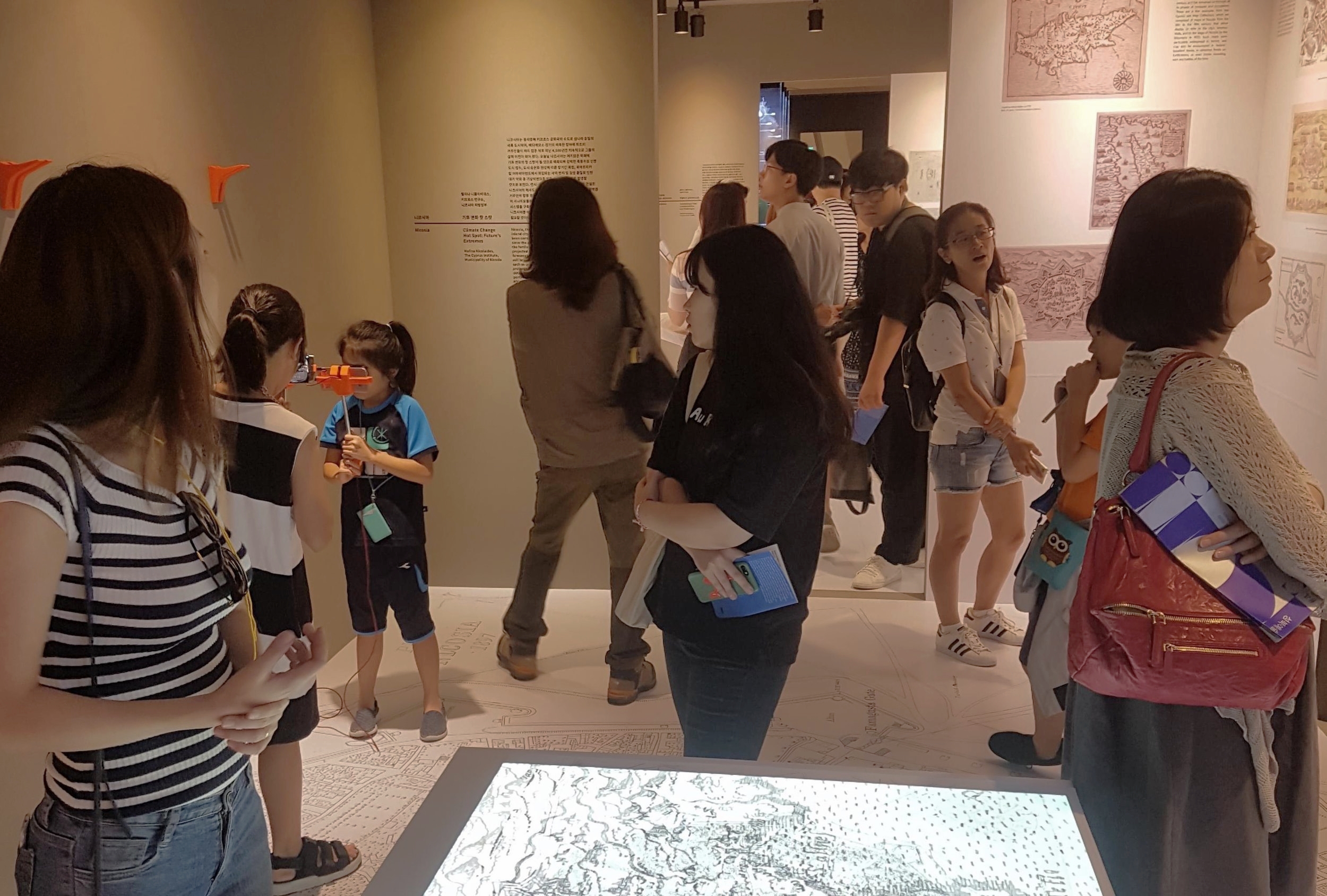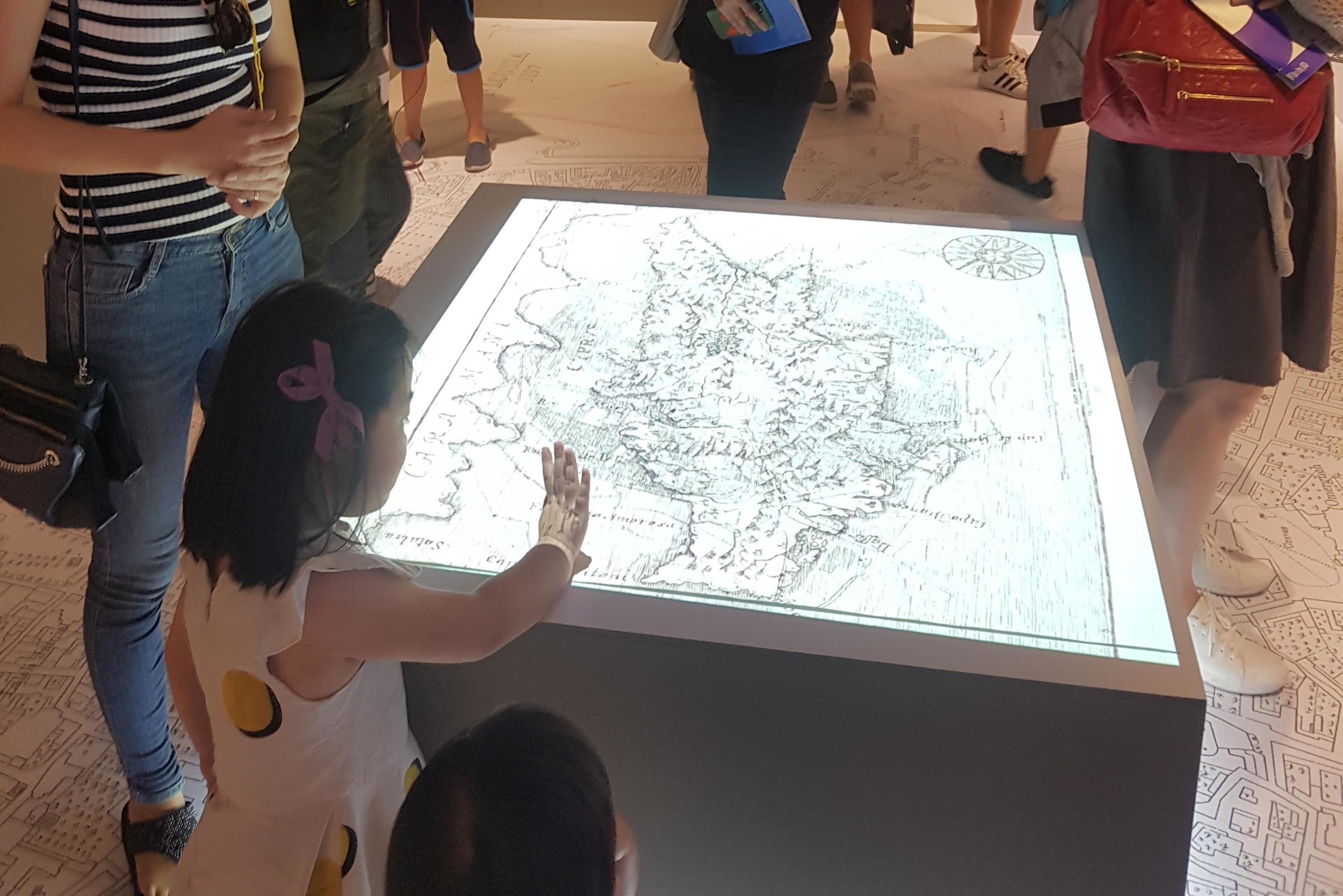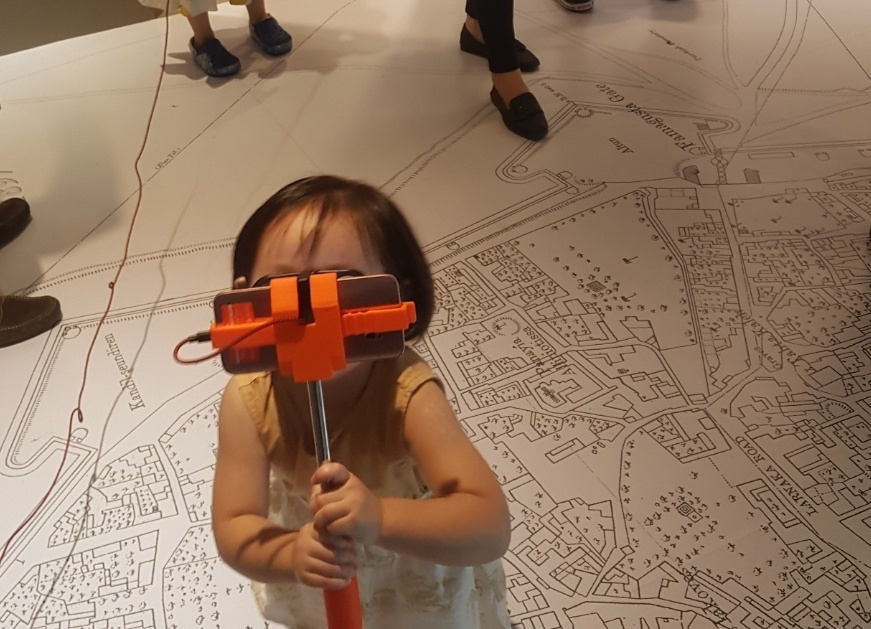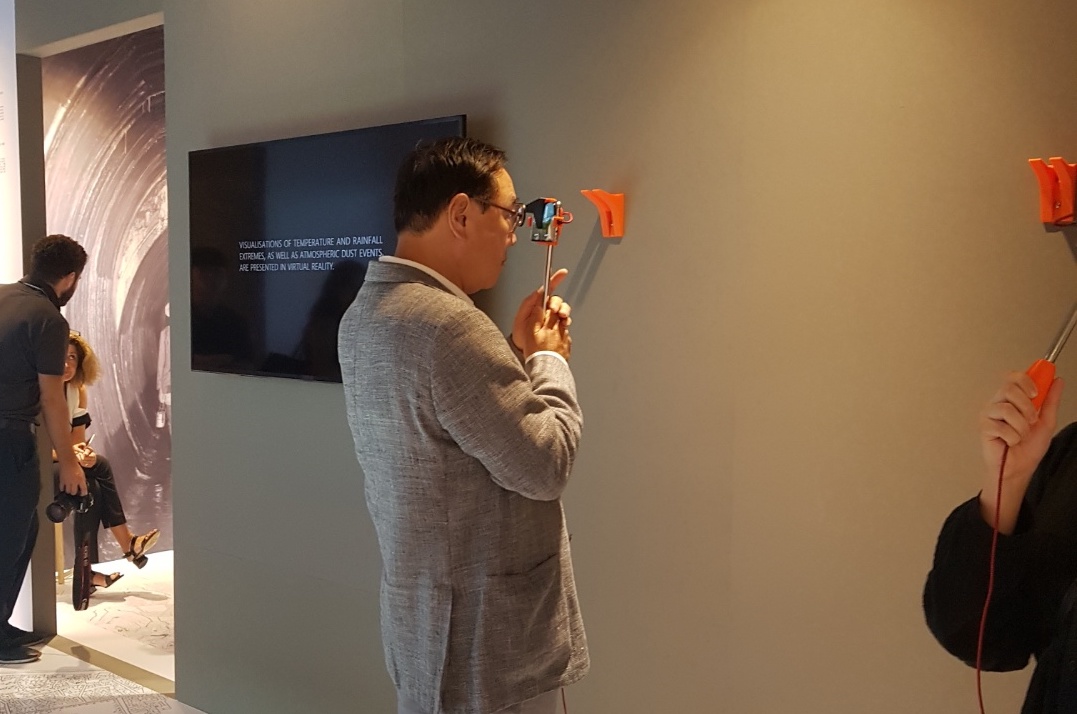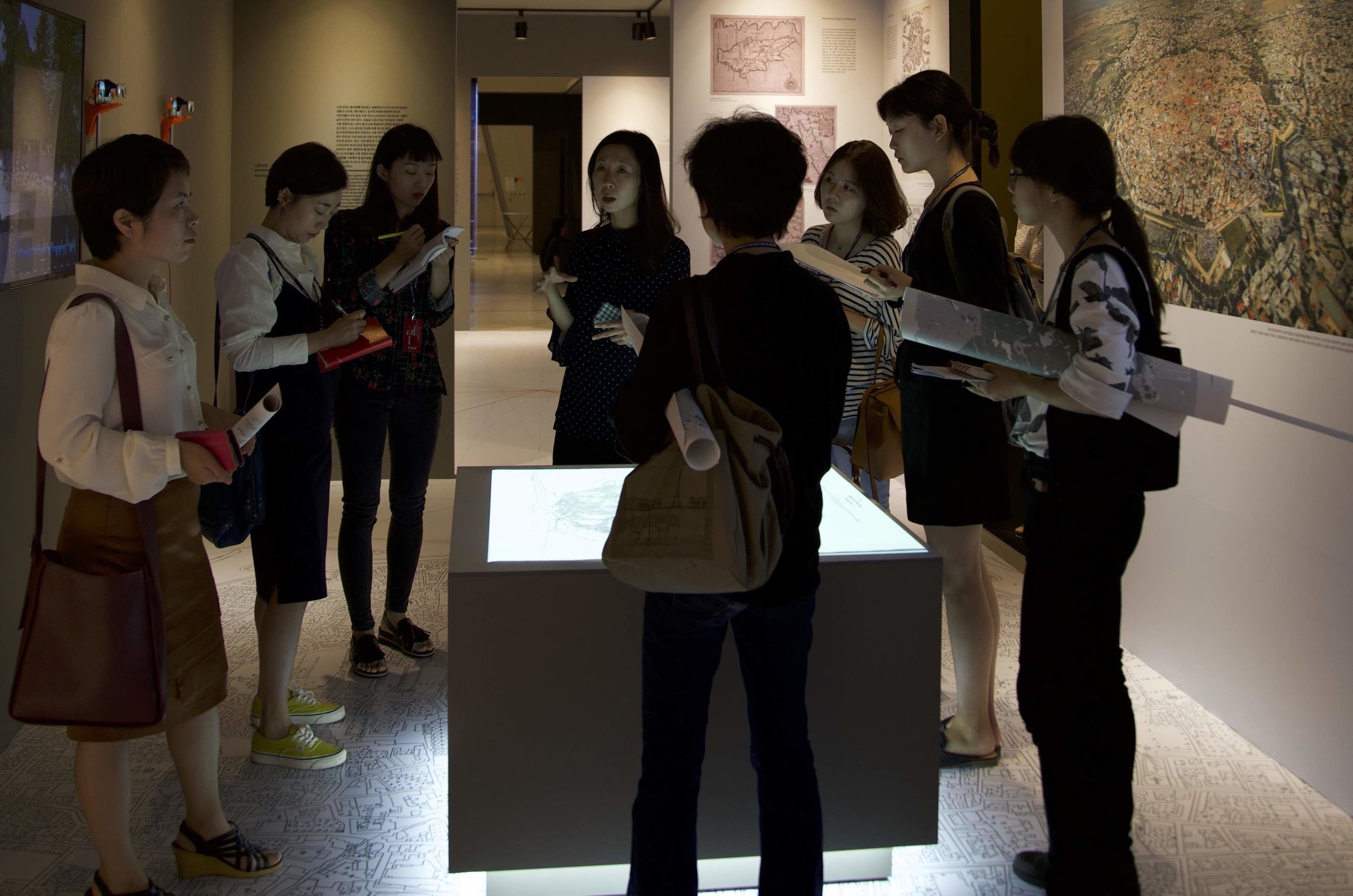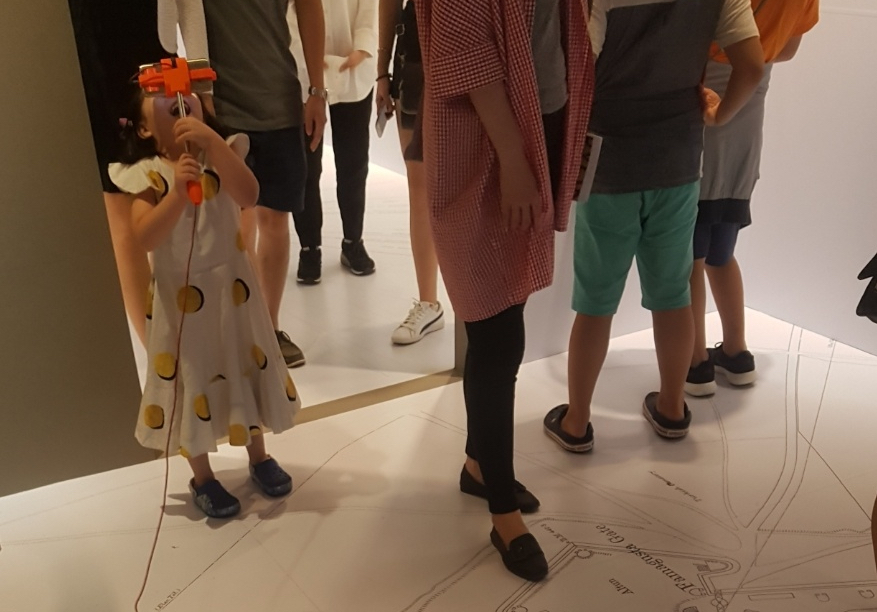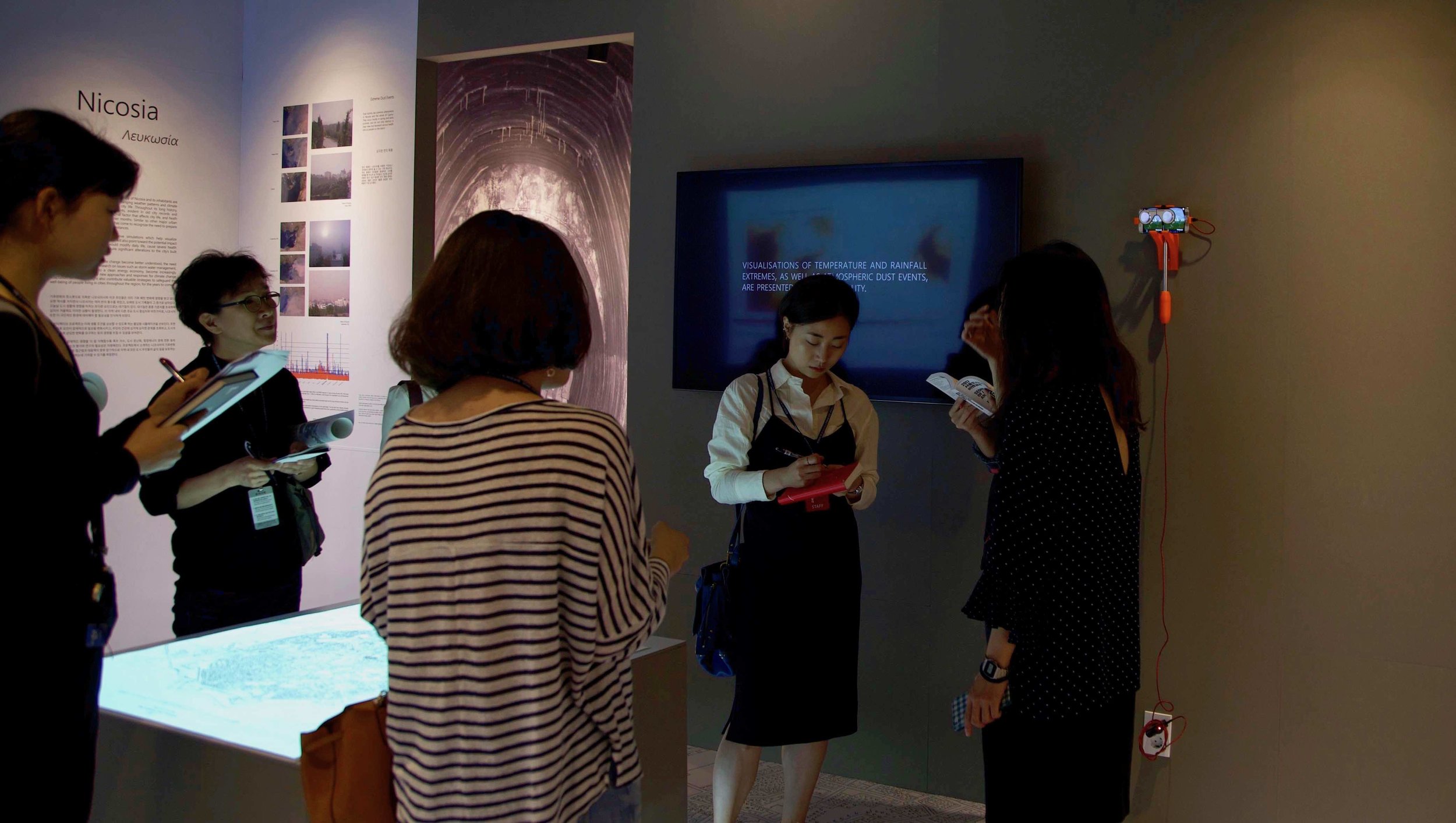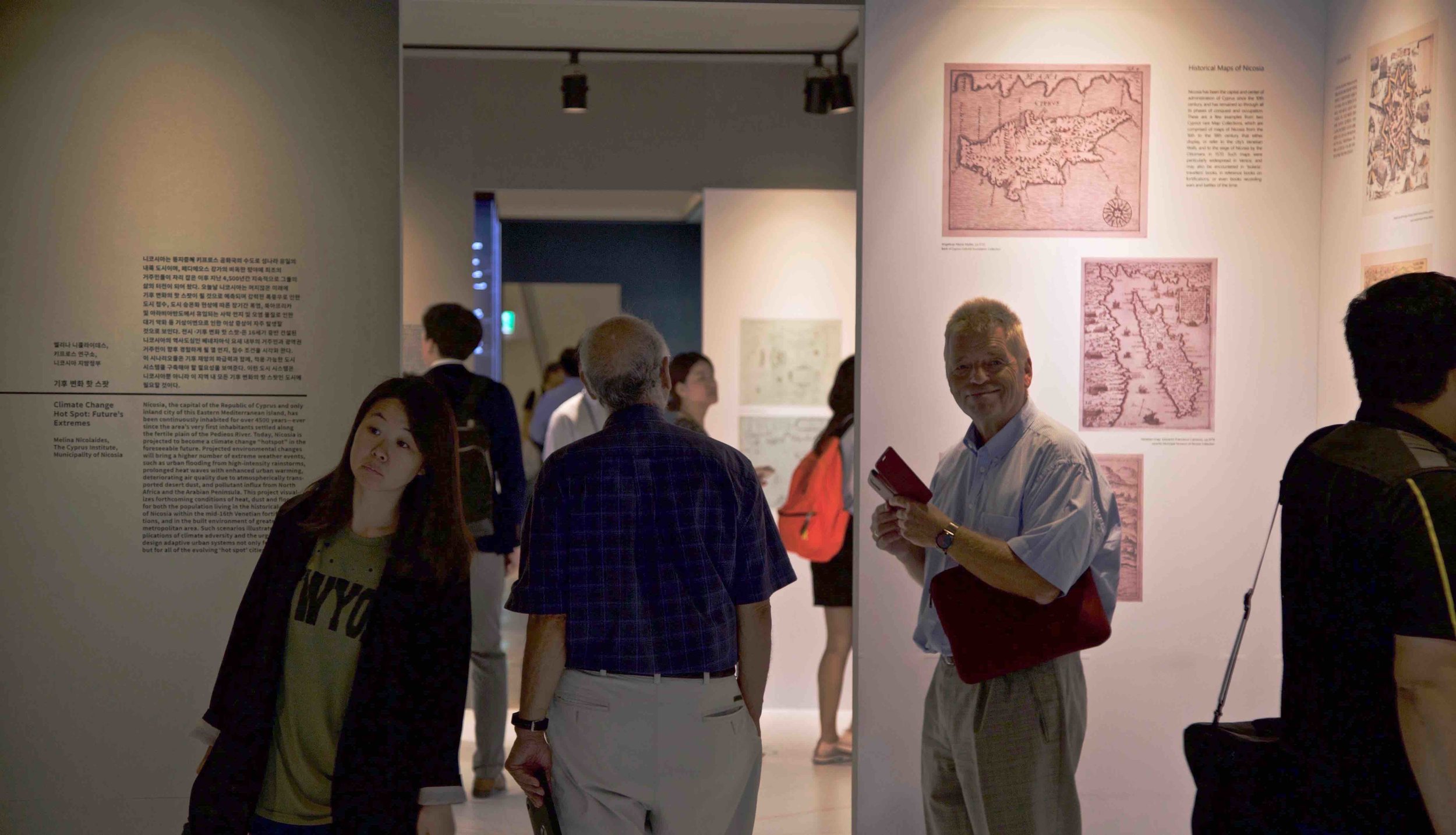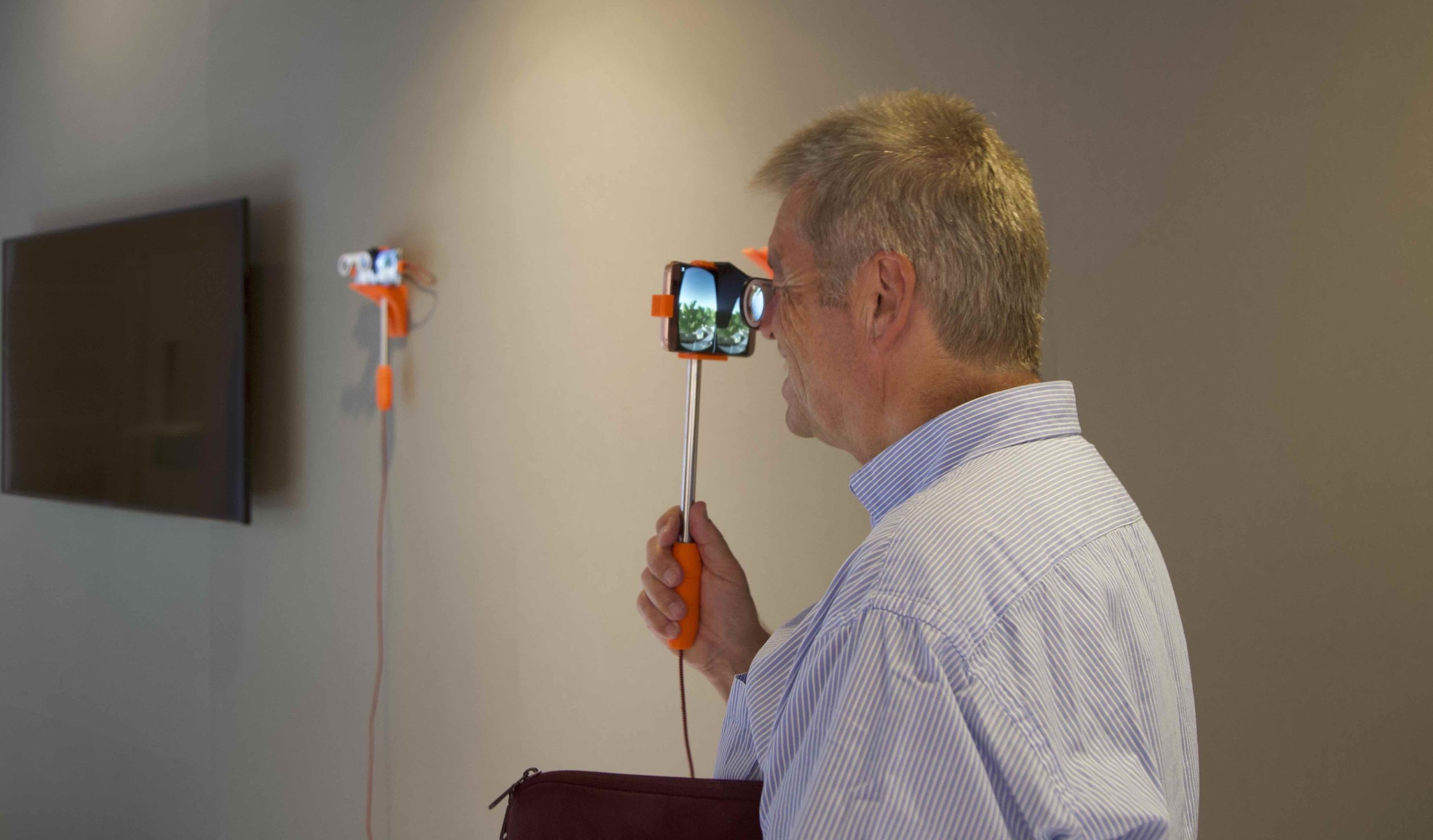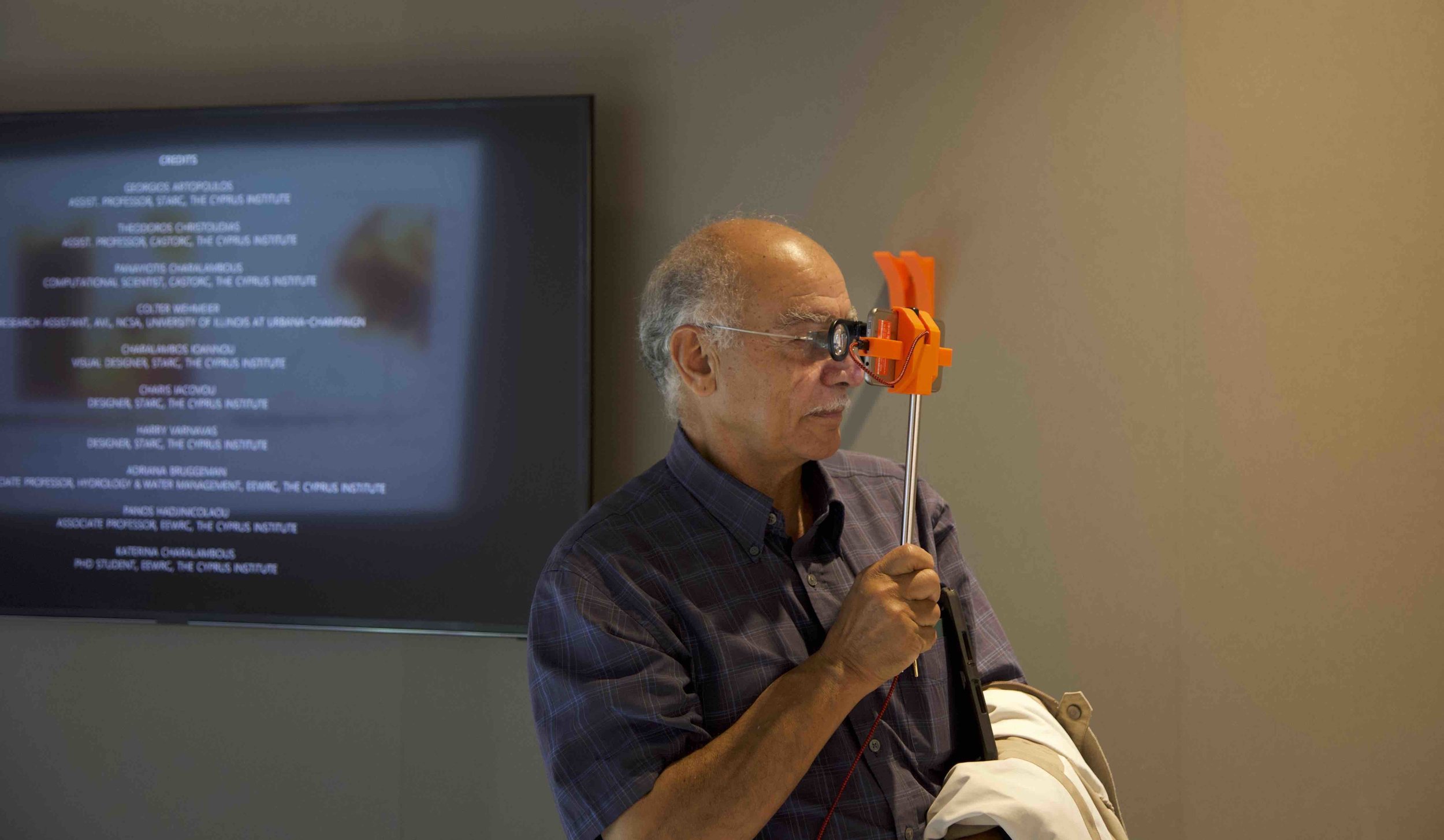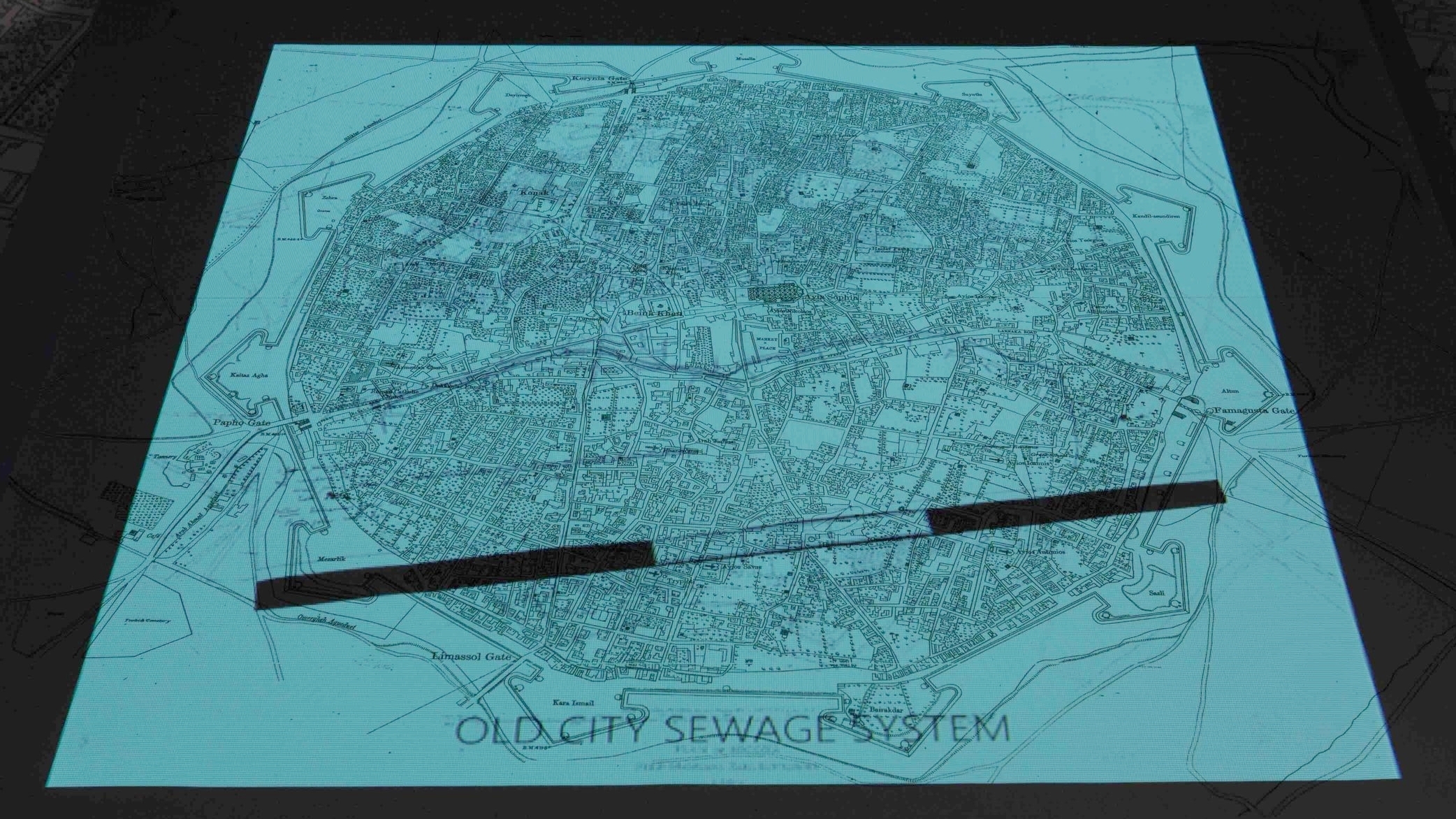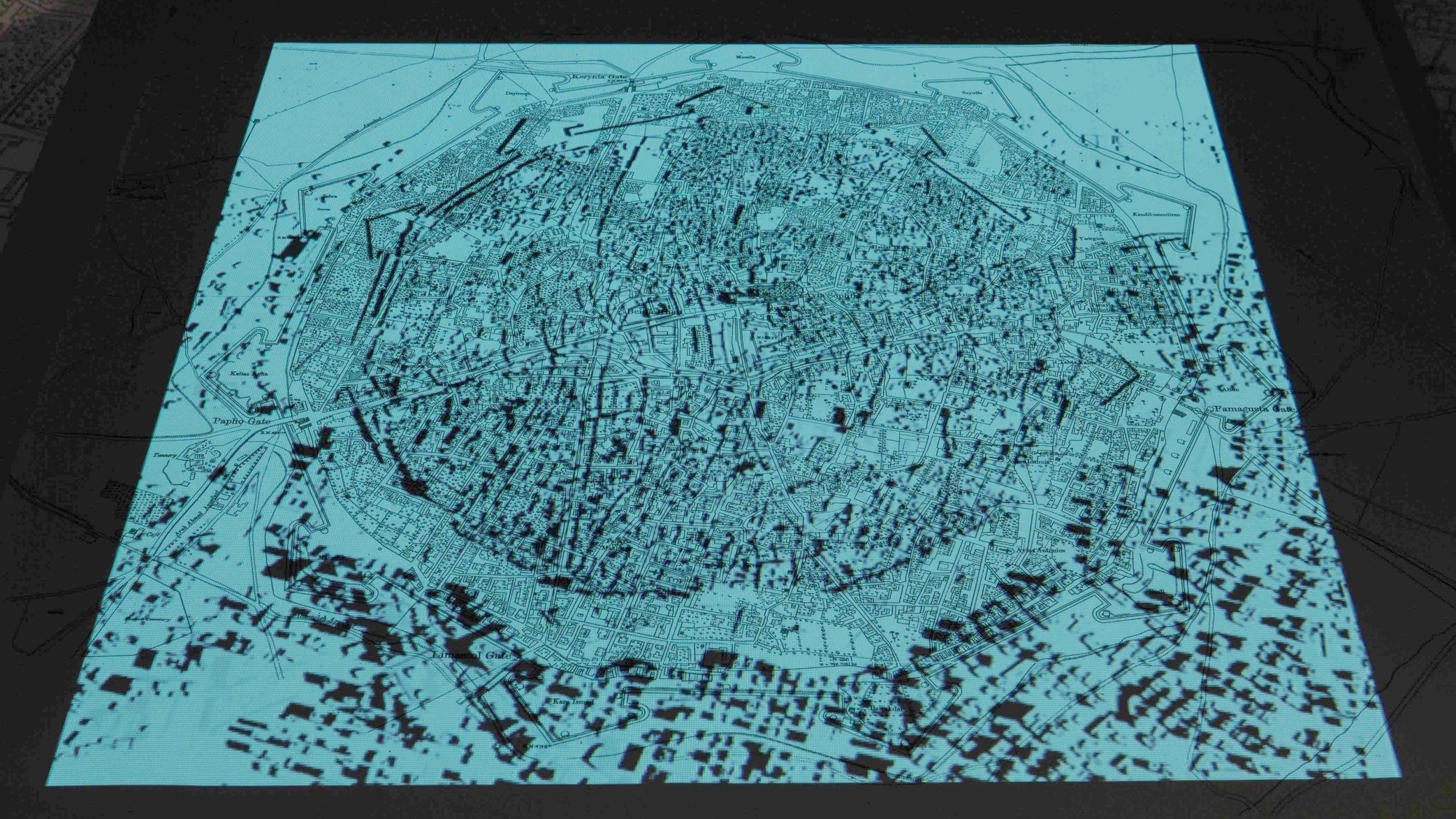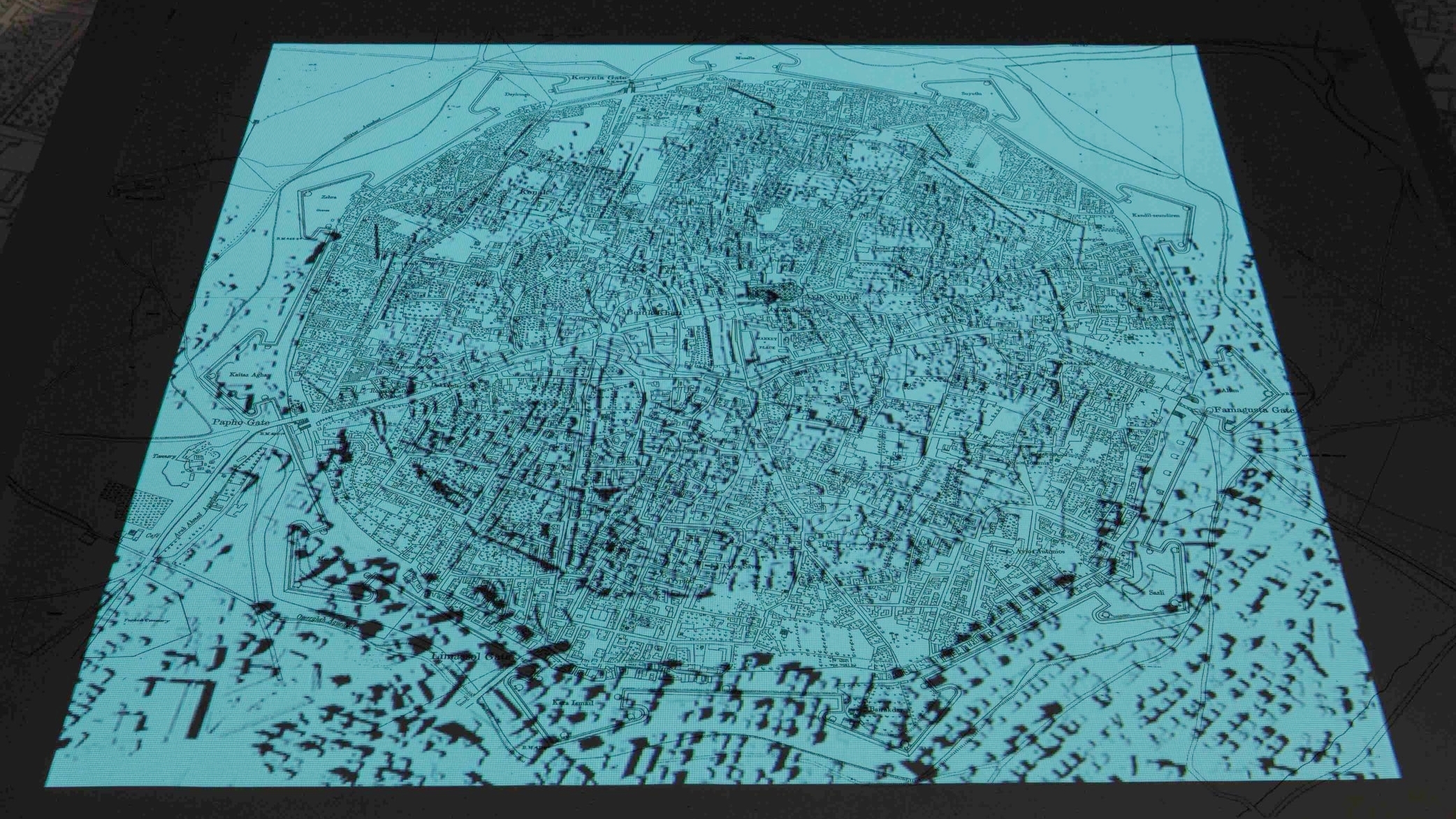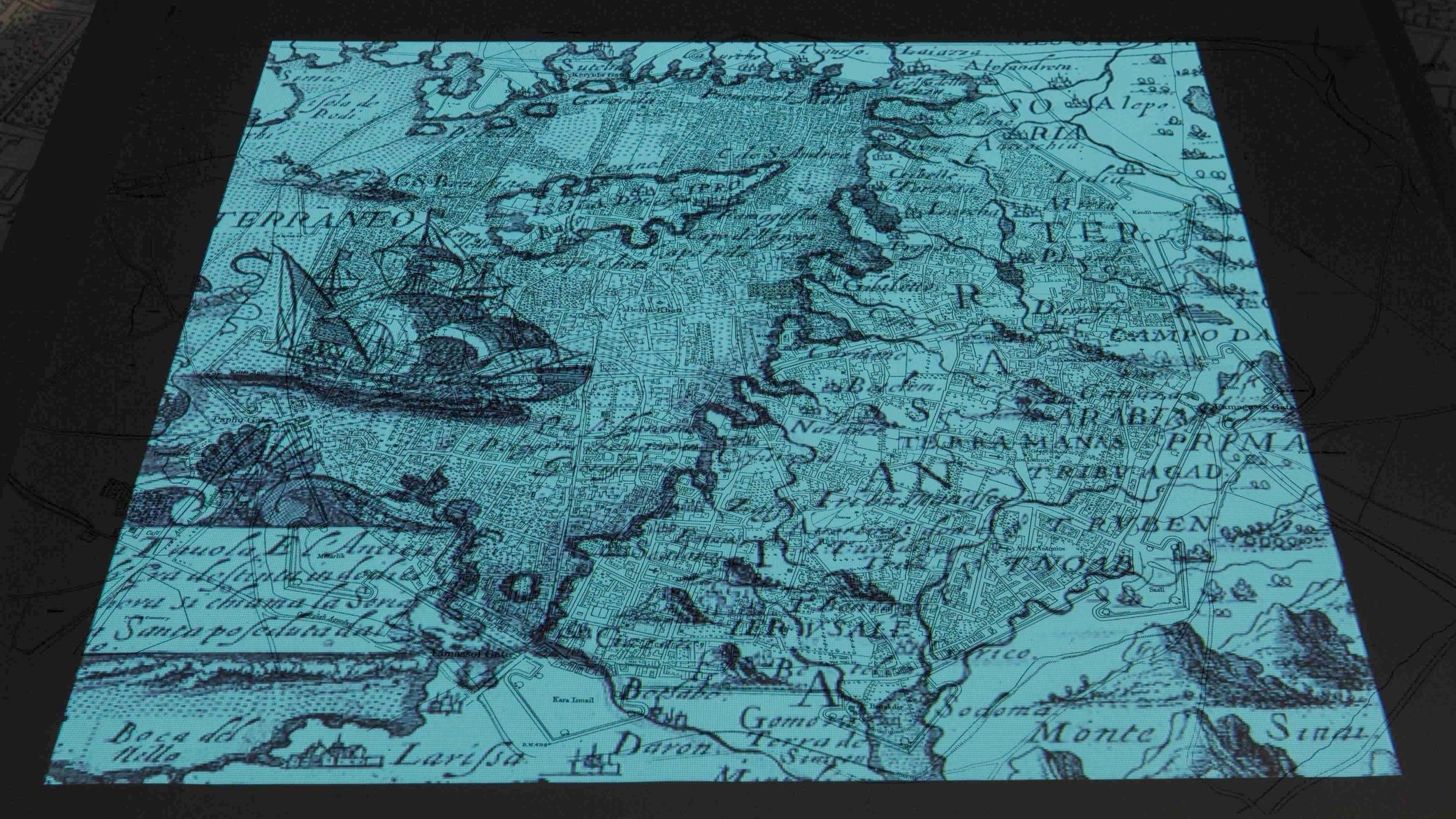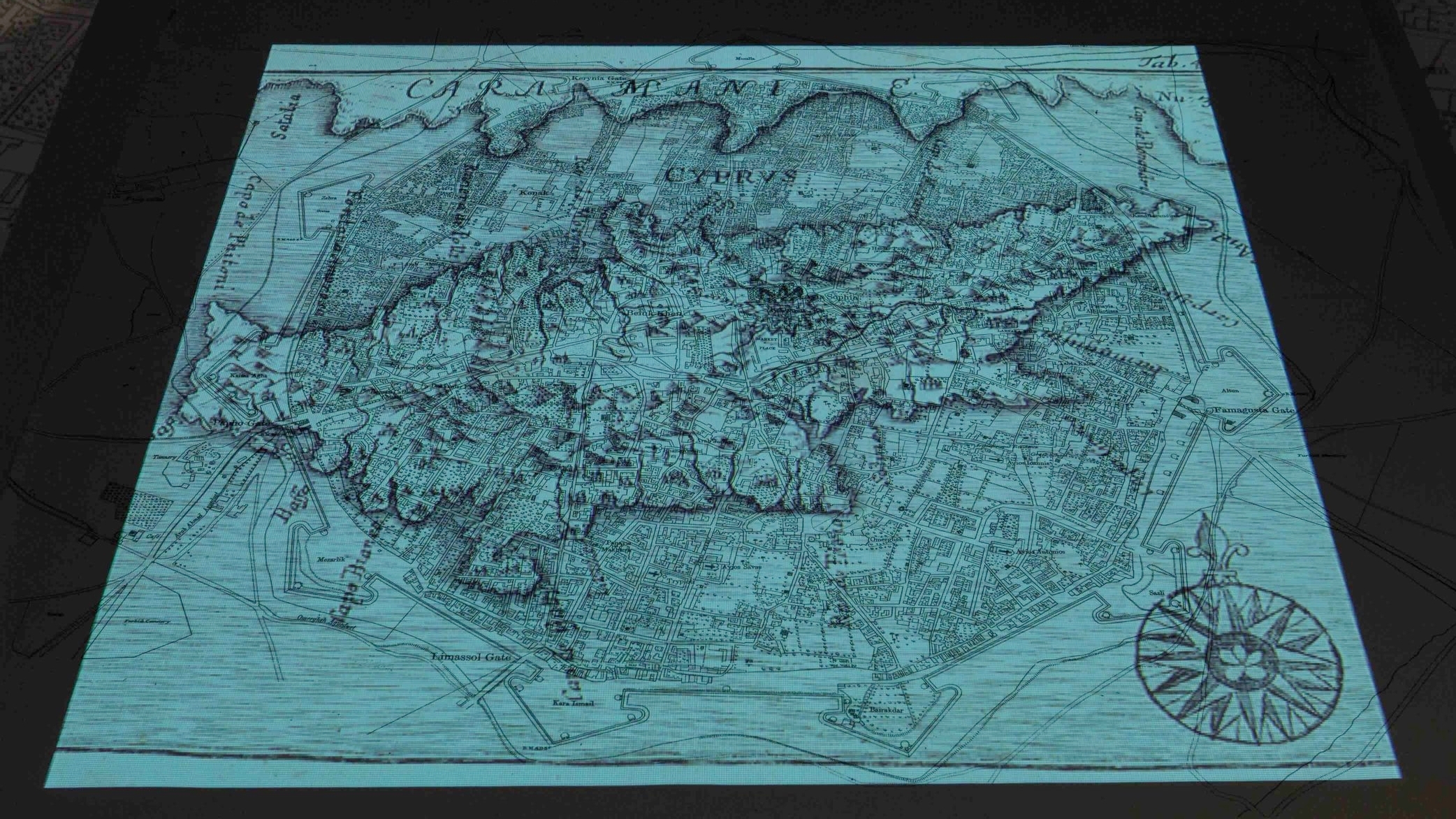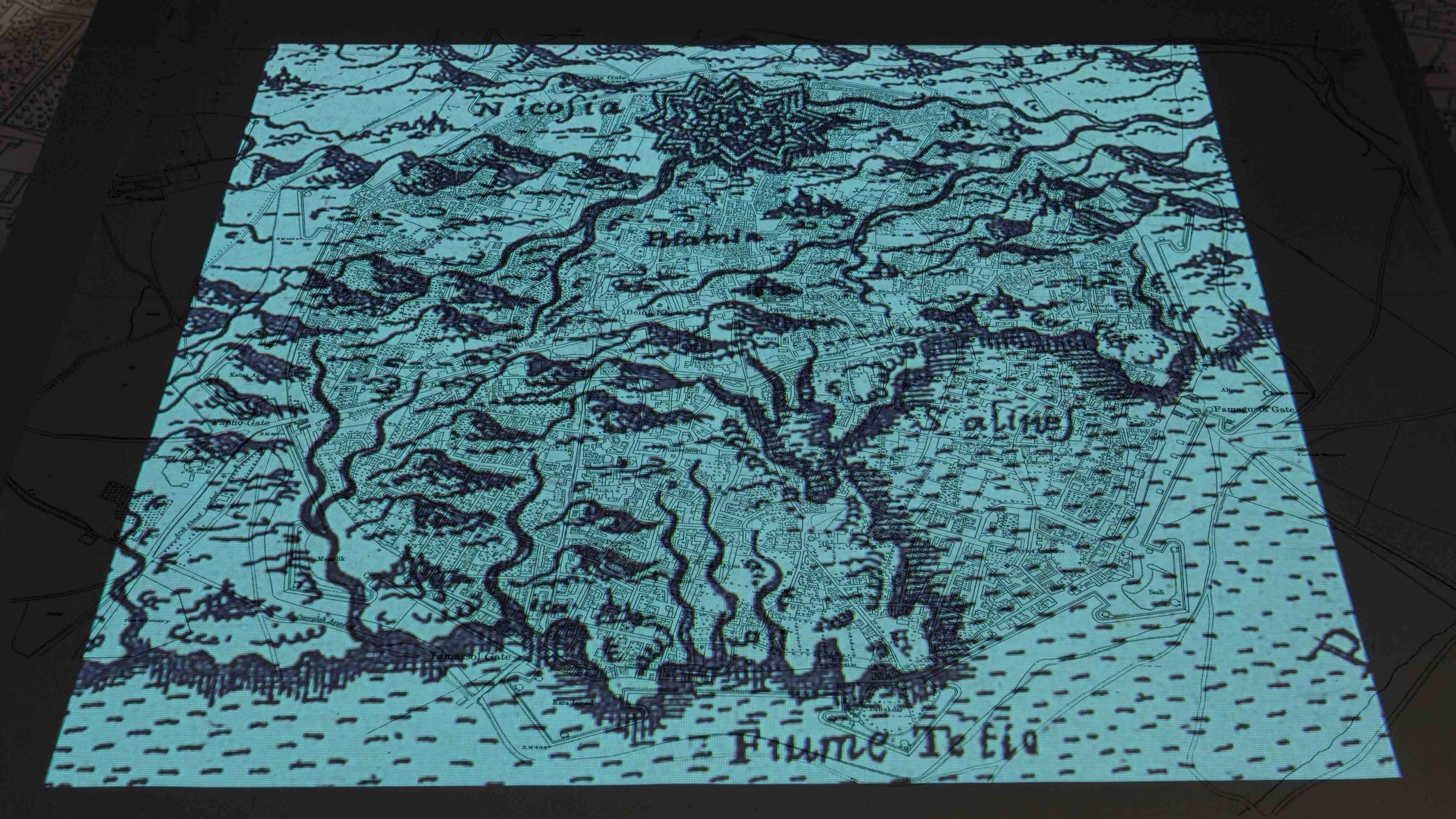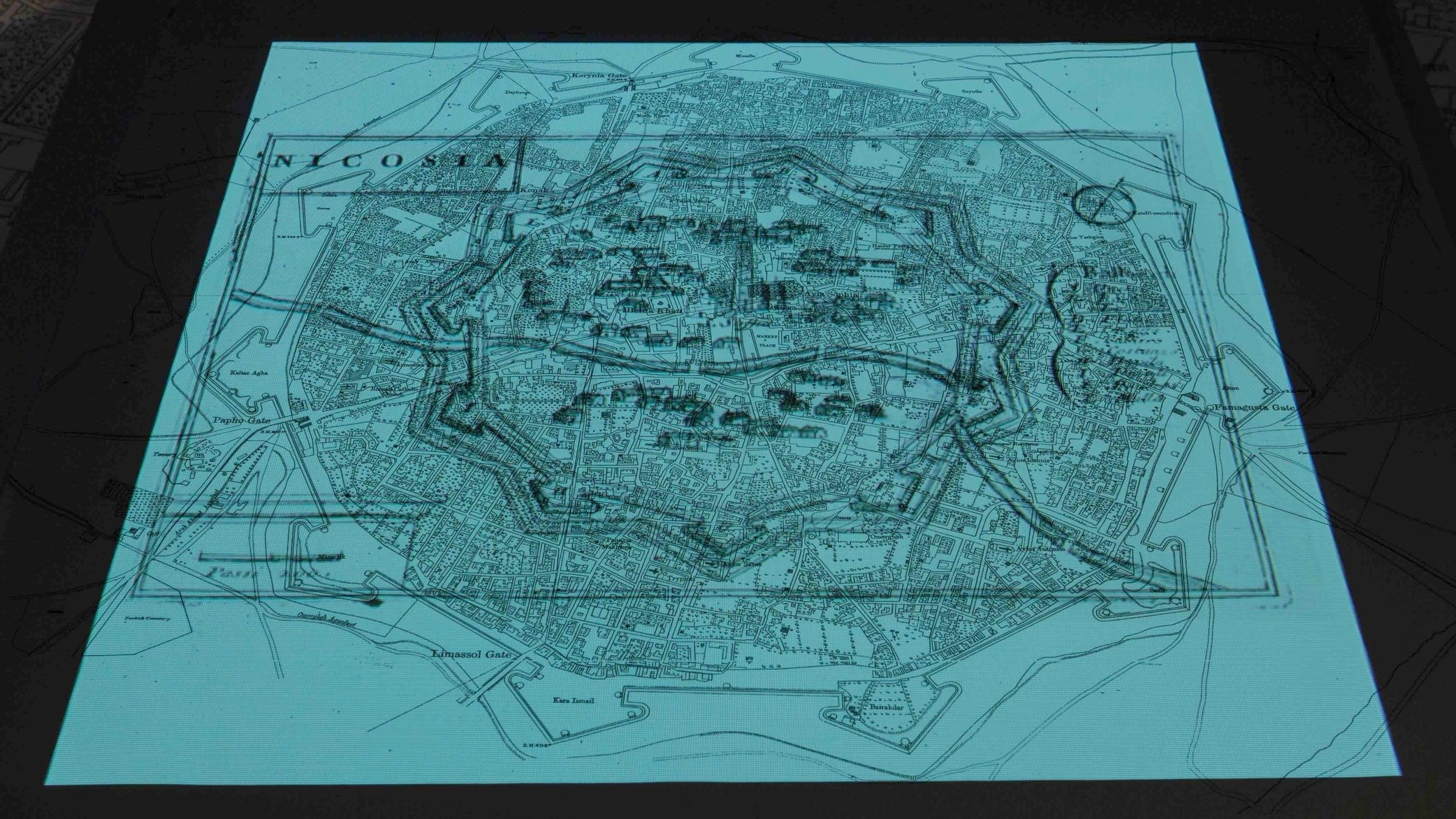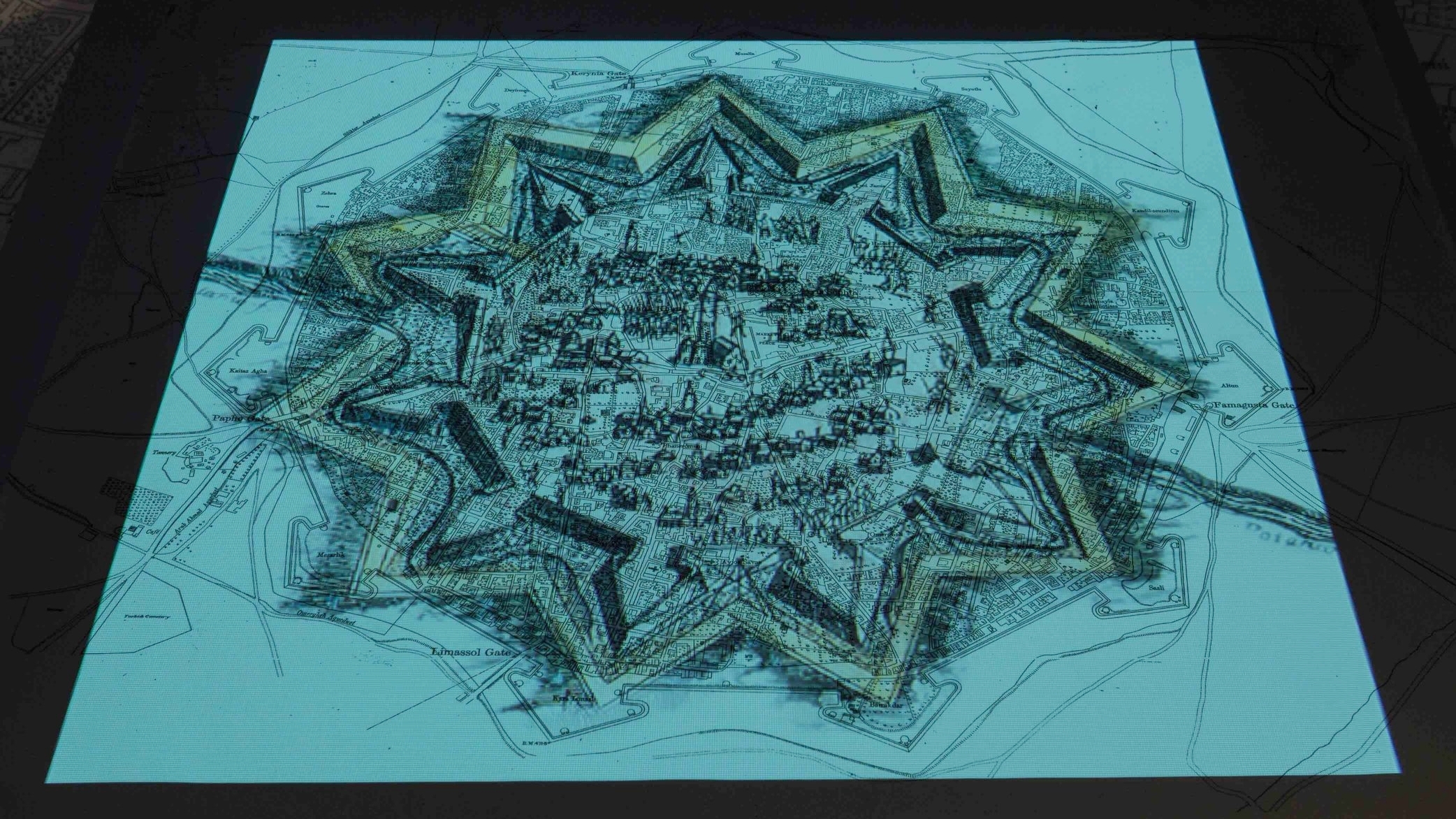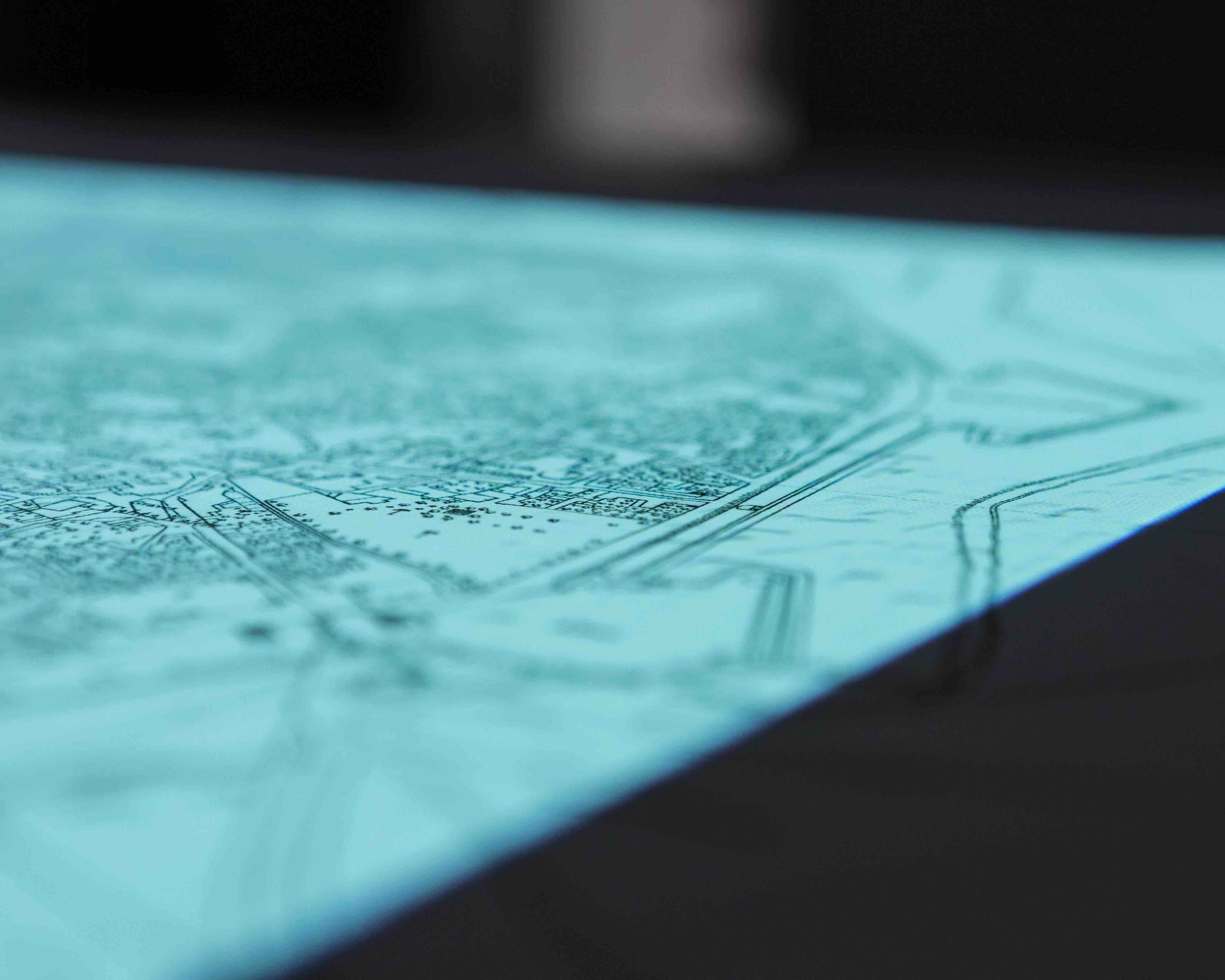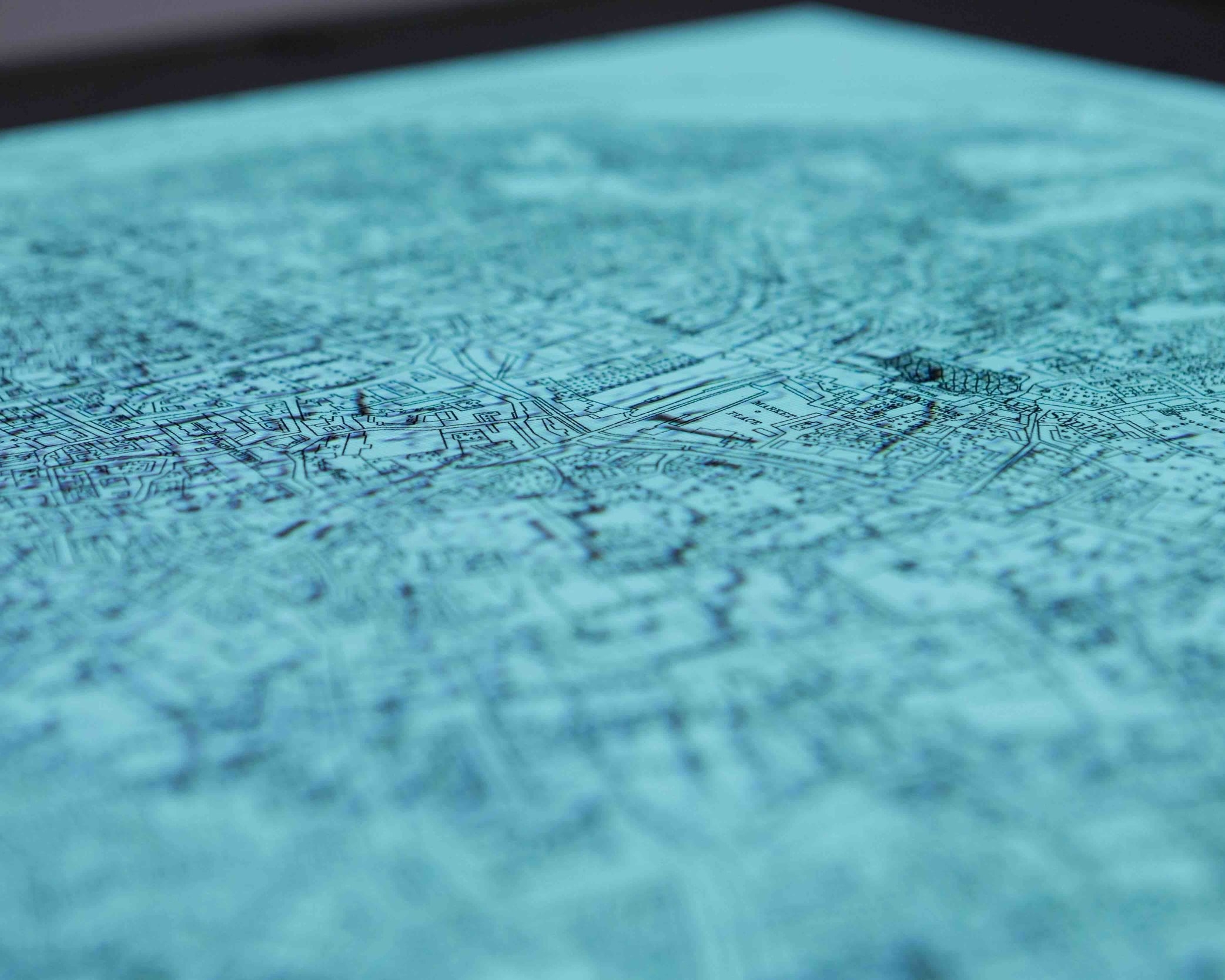“Climate Change Hot Spot: Future’s Extremes”
Multi-disciplinary project presented within the exhibition “Commoning Cities” of the Seoul Biennale of Architecture and Urbanism, at the Dongdaemun Design Plaza (DDP), designed by architect Zaha Hadid.
Project curated by Melina Nicolaides, ACTIVATE, and produced in collaboration with:
The Cyprus Institute’s “Science and Technology in Archaeology Research Center” (STARC) and the “Computation-Based Science and Technology Research Center” (CaSToRC).
The purpose of this initiative was to demonstrate that projected environmental conditions of the future in the “hot spot” city of Nicosia will bring a higher number of extreme weather events - prolonged heat waves, urban flooding from high-intensity rainstorms, and deteriorating air quality. The project presents these possible forthcoming conditions of heat, dust and floods, all significant factors that could impact daily life, human health, and the city’s built structures.
See below for The Cyprus Institute
project team members
Gallery | Installation images from the exhibition space | DDP
The audience of the Seoul Biennale | This project was produced with use of city images, climate data, and video. Visualizations of temperature and rainfall extremes, as well as atmospheric dust events, were presented to the visitors of the Biennale via interactive media. The objective was to enable the audience to interact with this material and understand how the envisioned extreme environmental conditions of the future and their adverse effects might affect the everyday lives of the residents of Nicosia, which are also expected to characterize other cities of the region. This climate data was visualized within the built environment of the historic medieval city center of Nicosia.
Project Feature:
The historical maps of Nicosia from the 16th-18th century presented in the gallery space were courtesy of the rare map collections of the Leventis Municipal Museum of Nicosia and the Bank of Cyprus Cultural Foundation. These maps display, or refer to the city’s star-shaped Venetian Walls, and to the siege of Nicosia by the Ottomans in 1570. Such maps were particularly widespread in Venice, and may also be encountered in 'isolaria', travellers’ books, and reference books on fortifications. Alongside the project's contemporary scientific data, these maps gave visitors a chance to visualize the capital of Cyprus enclosed in its fortifications, and its expansion beyond these walls as the result of rapid urbanization and social change following Cypriot independence in 1960.
ESSAY | Climate Change Hot Spot: Future’s Extremes
Curatorial text from the Catalogue "Imminent Commons: Commoning Cities" published within the scope of the 'Seoul Biennale of Architecture and Urbanism 2017' by ACTAR Publishers
Melina Nicolaides
““Look at things from the end and from their end to their beginning, because water goes and sand stays.”
—Theoklis Kouyialis”
The city of Nicosia is the political, economic and cultural capital of the Republic of Cyprus. This island, situated in the Levantine Sea, is projected to experience extreme climate warming similar to that expected in the entire Eastern Mediterranean, which has been designated as a climate change “hot spot” in the foreseeable future. After decades of industrialization, urban expansion and rapid population growth, the environmental challenges currently faced by the whole region will have increasingly adverse consequences for those living in the area’s ever-growing cities.
Anticipated phenomena—such as extreme weather events and deteriorating air quality—require that these cities incorporate more climate resilience strategies into their development plans, including policies for protecting human health. As the city of Nicosia already faces the effects of these concurrently emerging conditions, this interactive digital project envisions the lives of its residents in the future. Using the historical city center of Nicosia, contained within mid-16th–century Venetian-era fortifications—built in the shape of a star with eleven bastions and three main gates—as a backdrop, an imagined environment of projected future conditions will portray the anticipated extreme living conditions of this evolving urban “hot spot.”
Nicosia inside and outside the Venetian walls. The city of Nicosia was contained within these walls until the first opening was made through one of its main gates in 1879. Following rapid urbanization and social change after Cypriot independence in 1960, the city spread into a continuously expanding built-up zone. Source: Yiannis Yiannelos, Archive of Militos Publications, 2017
For the contemporary urban environment of Nicosia, the effects of a changing climate imply longer and more intense heat waves throughout the summer months, reduced rainfall and a higher number of extreme weather events throughout the year—including few, but high-intensity rainstorms and subsequent flooding events and extremely hot summer days and nights with maximum temperatures consistently exceeding 38 ̊C. Moreover, Nicosia will see deteriorating air quality due to the trans-boundary effects of strong dust storms and pollutant influx from outside Cyprus—atmospherically transported desert sand from North Africa or the Arabian Peninsula. In combination with low air quality, these conditions will present serious health risks to the city’s inhabitants. Comparable to other major cities in the region, the effects of climate change are expected to increase in severity over time; in the arid and semi-arid environments of the Mediterranean and MENA regions, these extended heat waves will have multiple consequences for those living in urban settings and will trigger significant side effects, including population movement, especially in the driest cites in close proximity to desert areas.
Visualization within the historical city center of the extreme dust event that took place on September 8, 2015 as seen in virtual reality using the Nicosia simulation model of The Cyprus Institute.
This interactive project presents possible extreme future scenarios regarding heat waves, dust and floods. Immersive visualizations of temperature peaks, rainfall extremes and flooding of urban Nicosia, as well as intense atmospheric events, will be presented in a Virtual Reality environment. In this dynamic setting, enacted within the walled city perimeters, simulations of walking between historic city structures and narrow streets will illustrate human conditions under these extreme circumstances. It will also envision how these environmental threats will affect city structures and the everyday activities of daily life. This includes the critical need for shade while moving about on foot, dust events that obstruct vision and cause respiratory difficulties and increased energy consumption for indoor space cooling systems.
The primary objective of this presentation is to bring awareness and to emphasize the pressing need to prepare for and adapt to extreme living conditions in the urban spaces of the future. These projections illustrate how adaptation measures might have multiple effects, such as modifying human living, socio- economic circumstances and perhaps even transforming the character of the city itself. The project’s immersive scenarios make it possible to visualize the implications of climate adversity within Nicosia and other similar cities of this region. Alongside this intention, the objective is also to serve members of the scientific disciplines in their efforts to design adaptive urban systems into Nicosia’s development plans for both the population living in the historical city within the walls and in the greater metropolitan area.
Throughout its long past, Nicosia has faced historical flooding events, evident in old city records and accounts, but also water scarcity and hot summers. Today, air quality limits in the urban context are frequently exceeded, even in winter months. As the projected impacts of climate change become better understood, the need for more adaptation measures—for example, more efficient stormwater management, measures against extreme urban warming, such as “cool pavements” or additional shading, and the need for more green spaces—becomes more apparent. The hope is that any new approaches and responses for climate change adaptation for Nicosia may also provide valuable strategies for other urban centers and “hot spot” cities in the EM/MENA region and contribute to safeguarding the well-being of the people throughout the region against future extremes—as populations, urbanization and development continue to increase in the years to come.
Project Development Team | The Cyprus Institute
Prof. Dr. Manfred A. Lange, Director of the Future Earth MENA Regional Center & Professor, “Energy, Environment and Water Research Center” (EEWRC), The Cyprus Institute;
Dr. Georgios Artopoulos, Assist. Professor, STARC, The Cyprus Institute,
who together represented the CyI at the opening of the Biennale.
Theodoros Christoudias, Assist. Professor, CASTORC, The Cyprus Institute
Panayiotis Charalambous, Computational Scientist, CASTORC, The Cyprus Institute
Colter Wehmeier, Research Assistant, AVL, NCSA, University of Illinois at Urbana-Champaign
Charalambos Ioannou, Visual Designer, STARC, The Cyprus Institute
Charis Iacovou, Designer, STARC, The Cyprus Institute
Harry Varnava, Designer, STARC, The Cyprus Institute
Adriana Bruggeman, Associate Professor, Hydrology & Water Management, EEWRC, The Cyprus Institute
Katerina Charalambous, PhD student, EEWRC, The Cyprus Institute
ABOUT THE INSTITUTION:
The Cyprus Institute is a non-profit research and post-graduate education institution with a strong scientific and technological orientation, created in 2005 and based in Cyprus. Its research is conducted within three cross-disciplinary centers, which address challenging problems that are important in the Eastern Mediterranean and MENA region and also at the international level, through an interdisciplinary, integrative approach.
An essential element of the Institute’s mission is to develop recommendations for effective and comprehensive adaptation strategies that will contribute to the sustainable development of the region’s countries and societies.
Many sincere thanks to everyone who contributed their work and expertise to make this collaborative project possible
Banner Image: Map of Nicosia 1897, Field Marshall Earl H.H. Kitchener's Survey of Cyprus (1878-1882)
Installation images courtesy of Seung Kim, Georgios Artopoulos, Melina Nicolaides, Manfred Lange.



